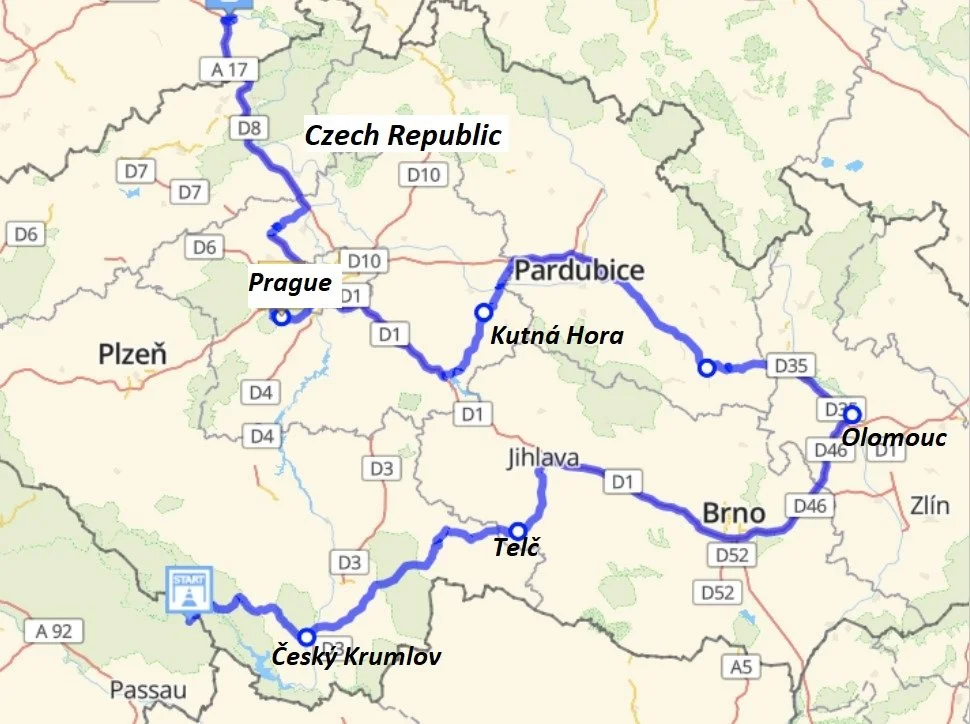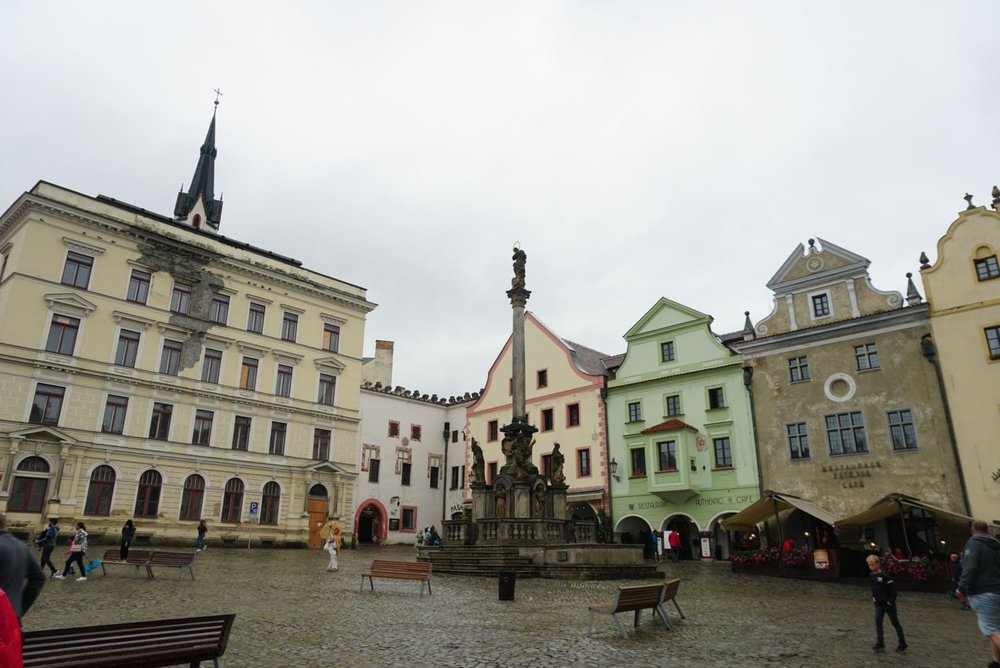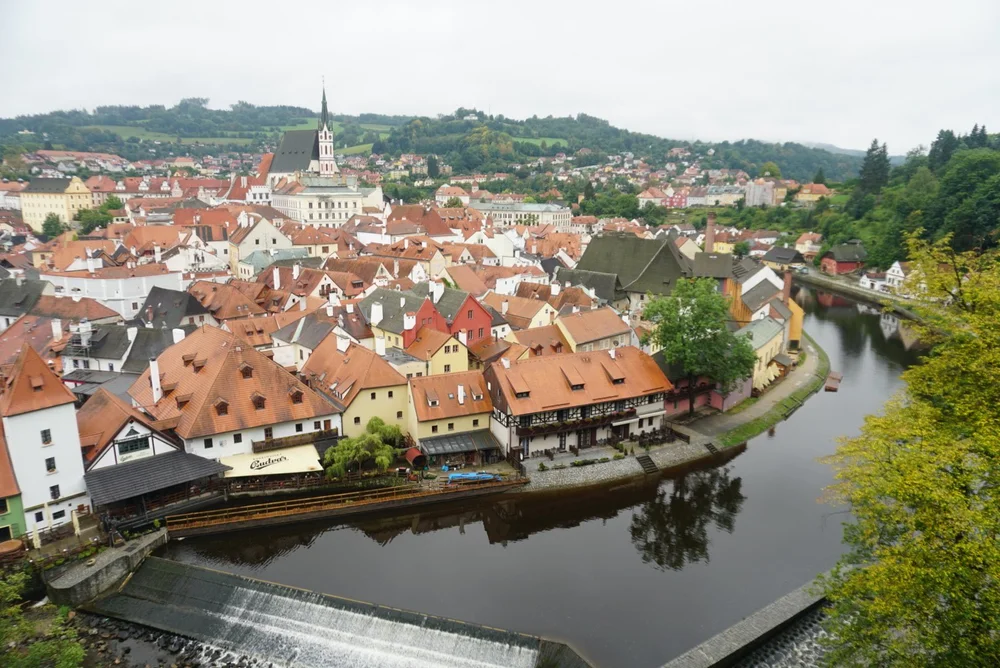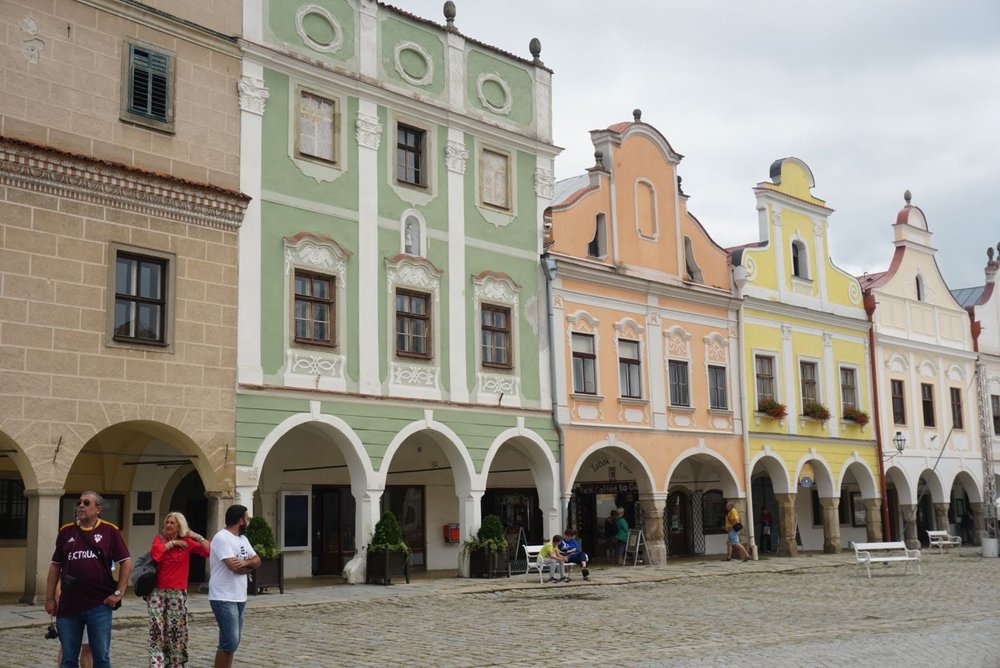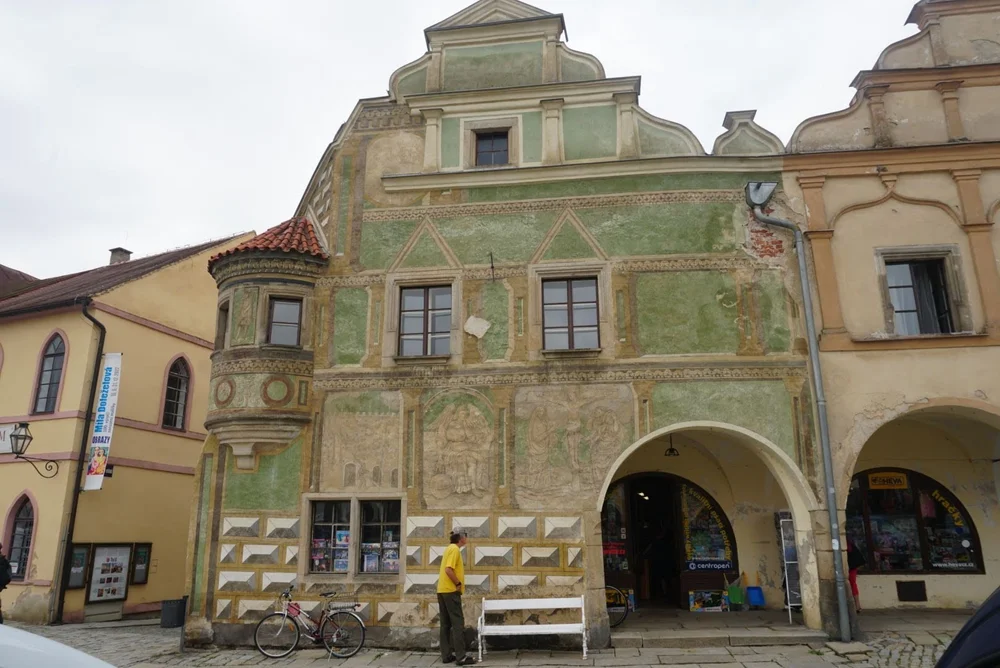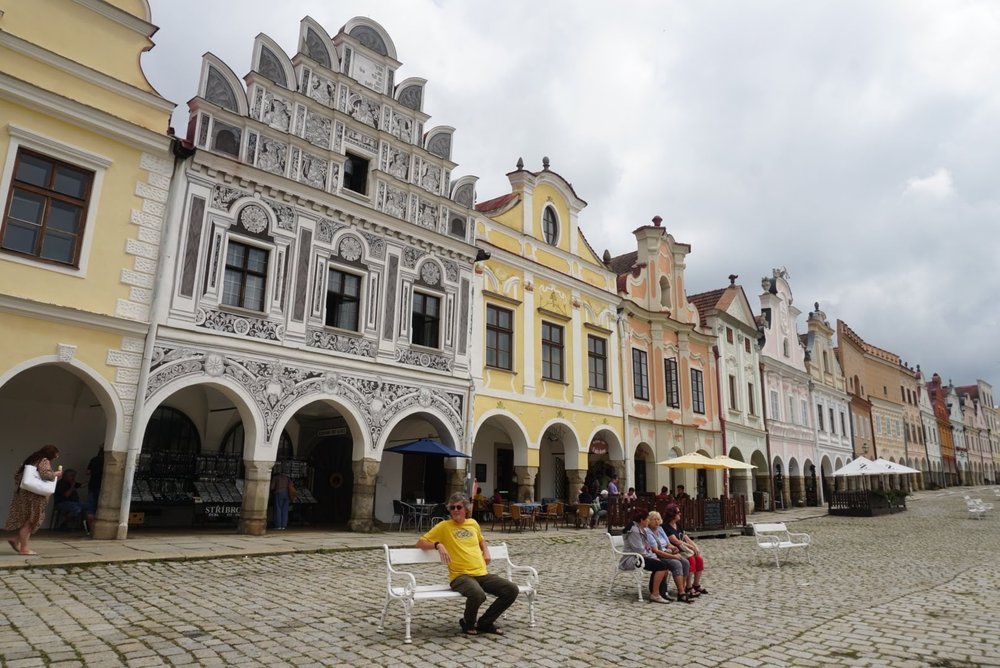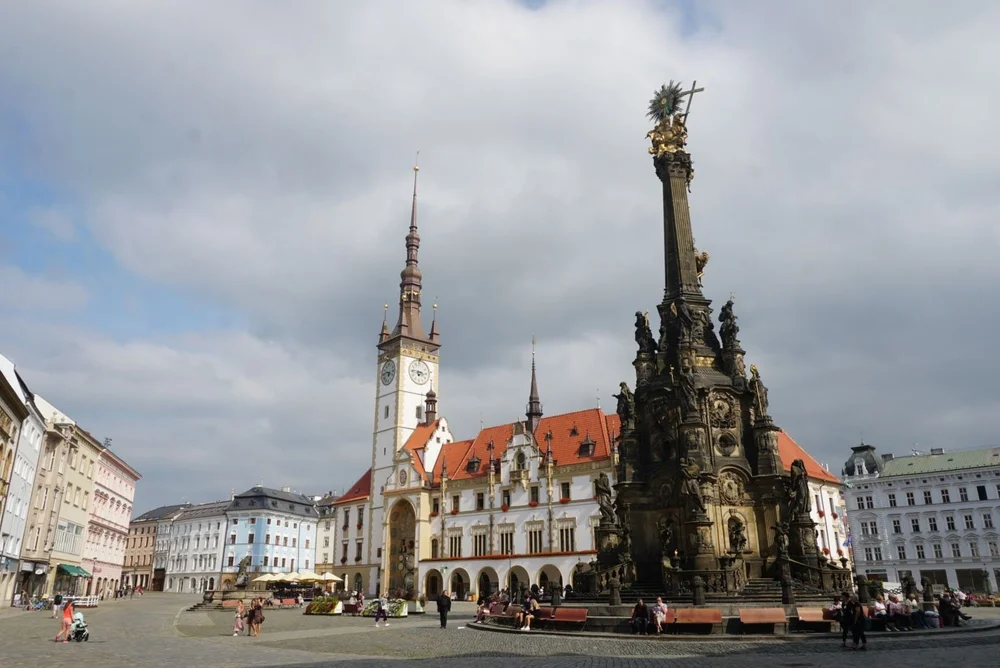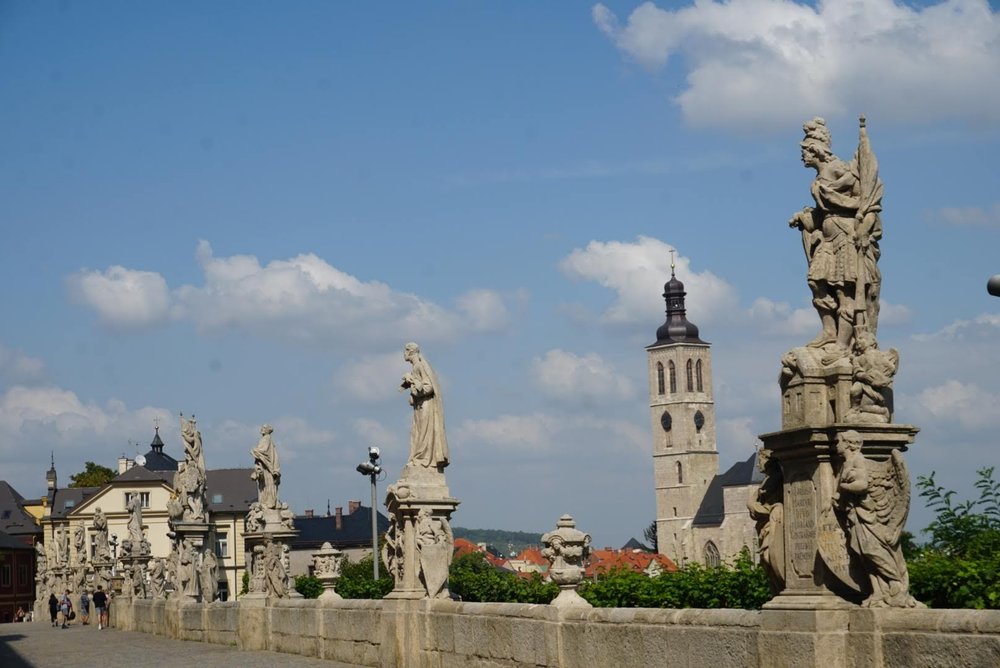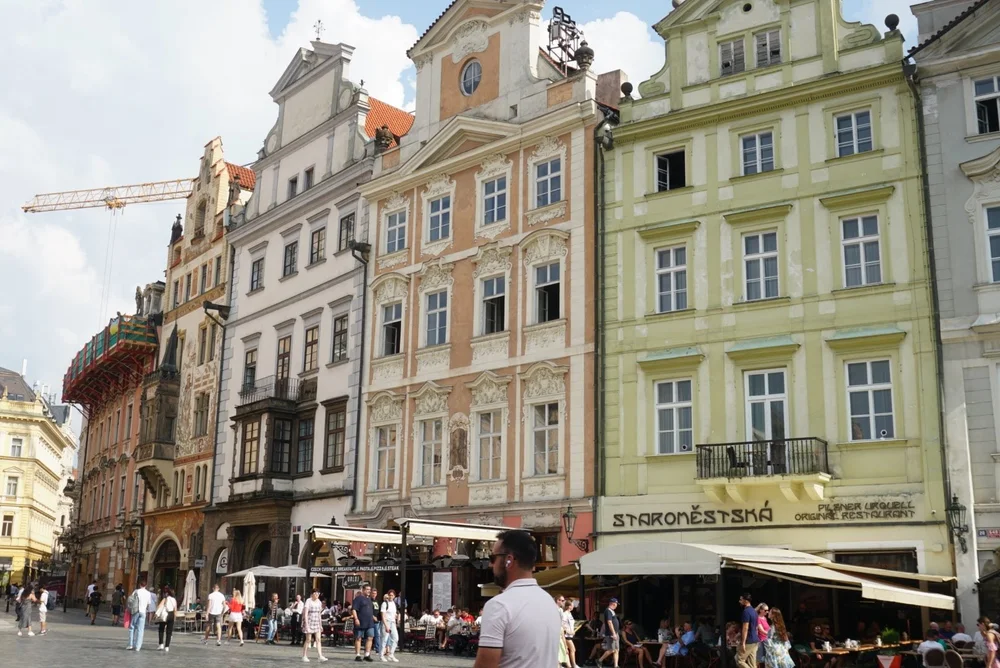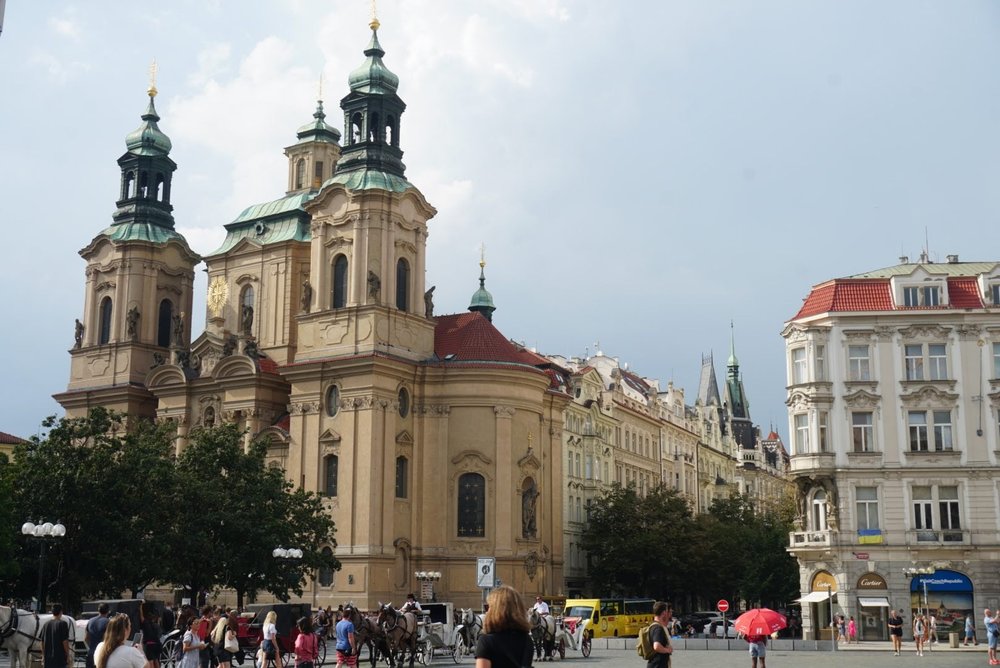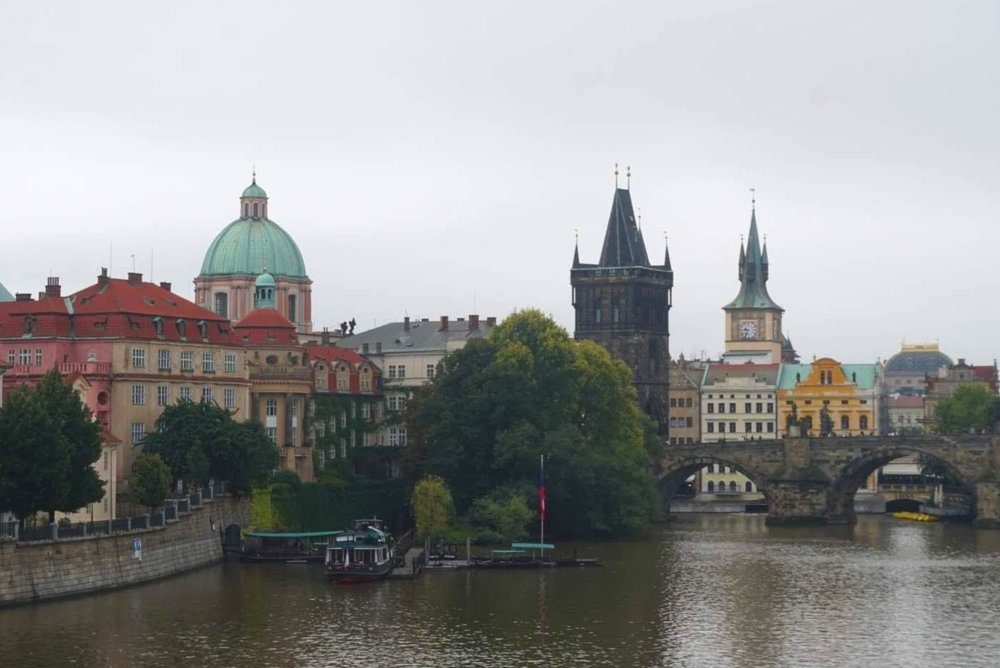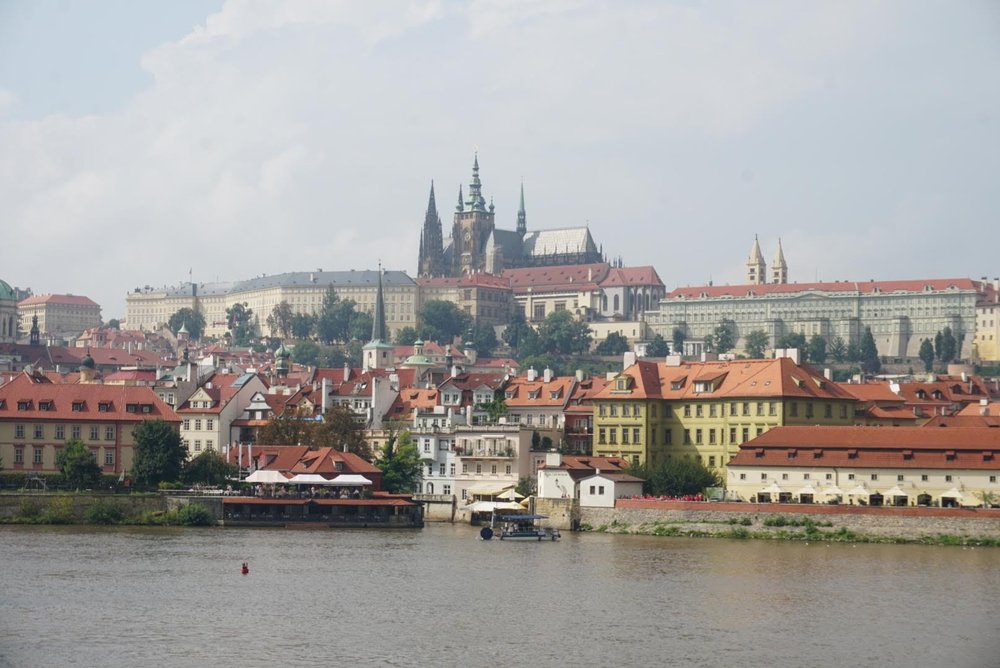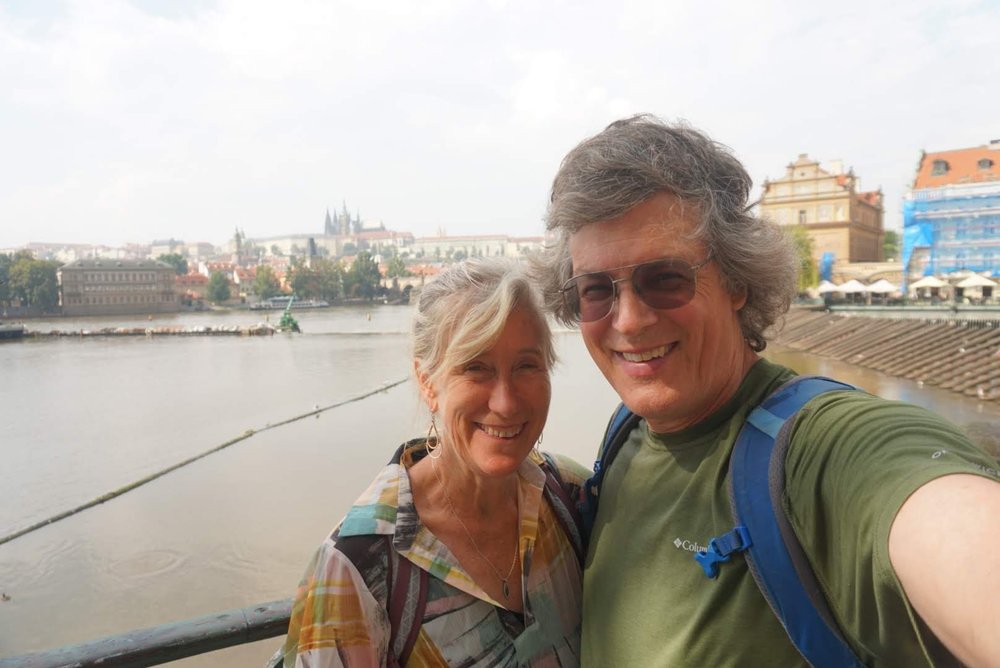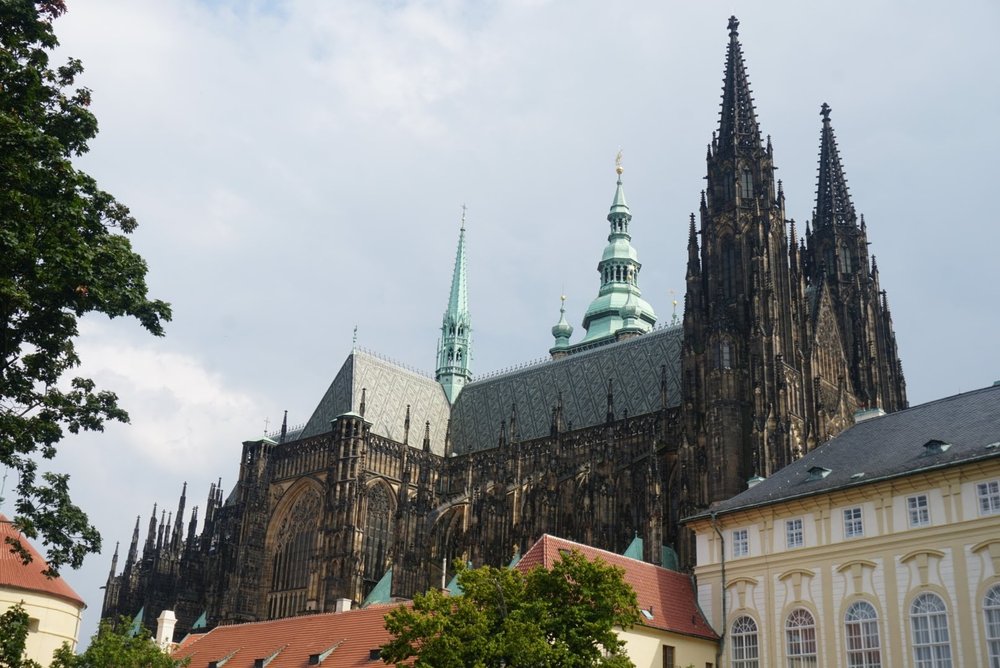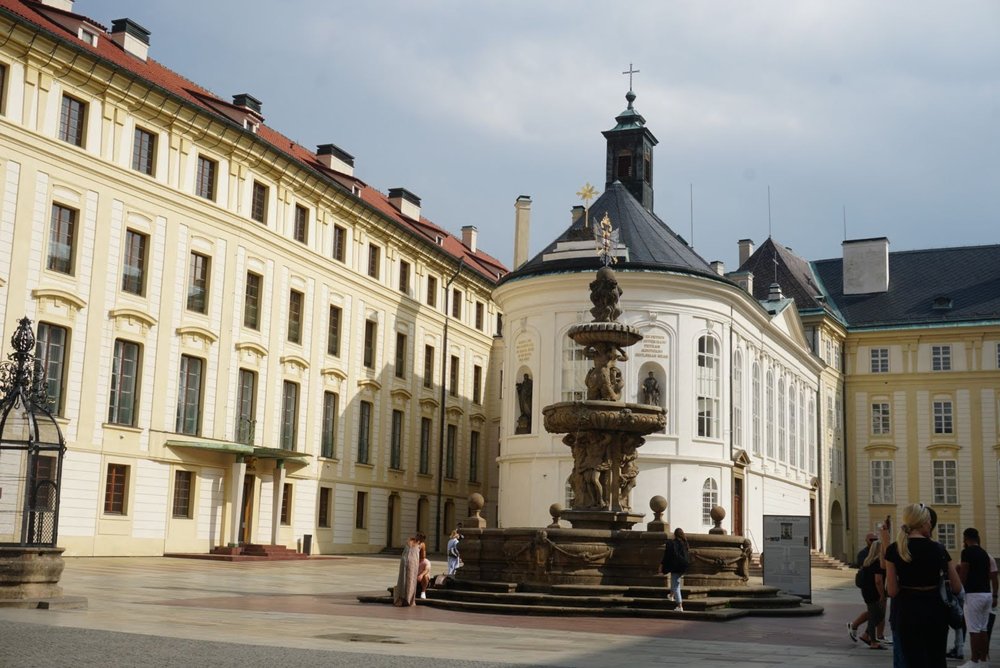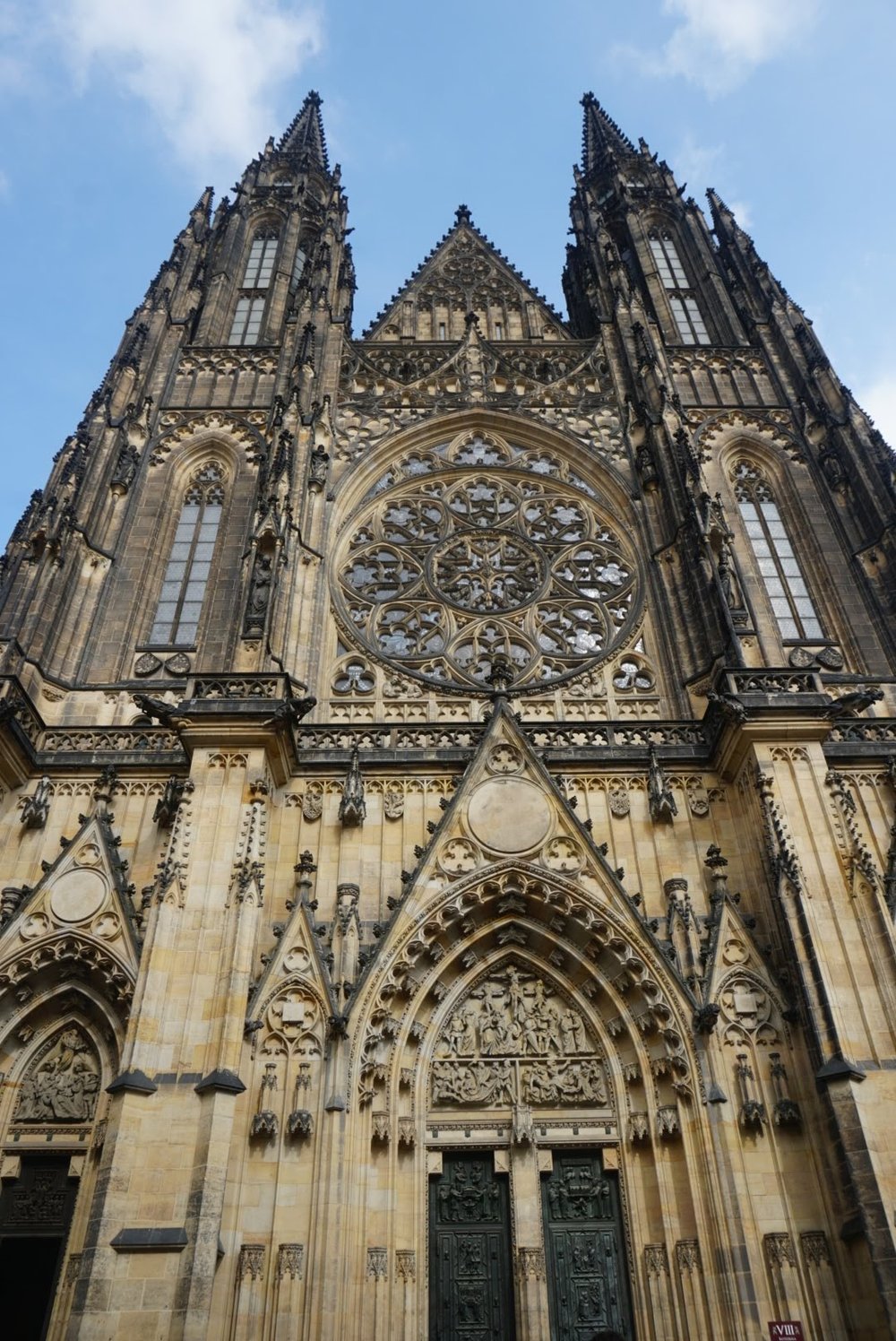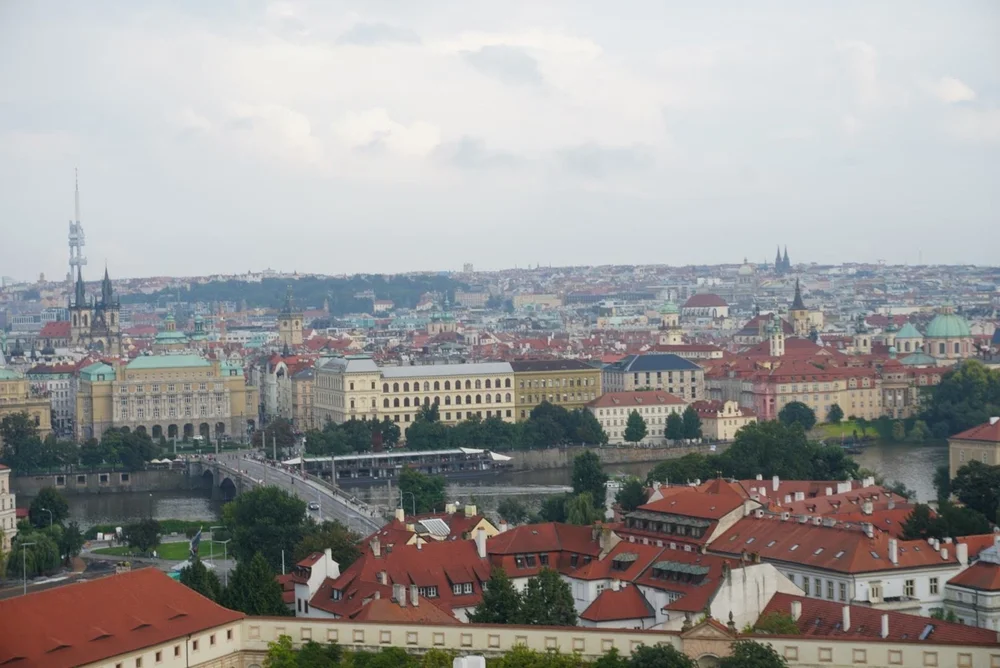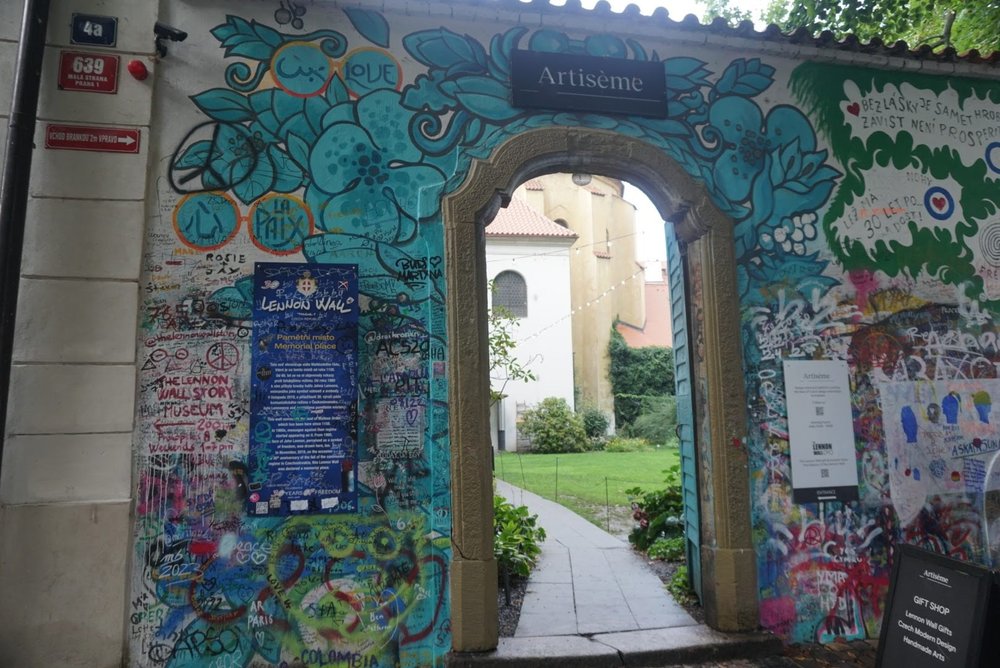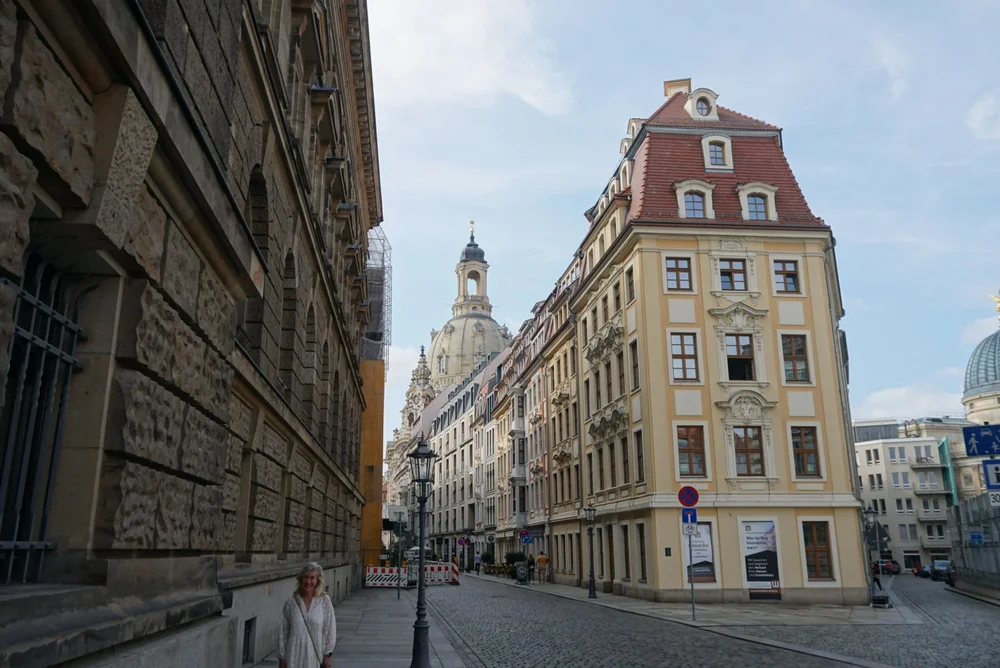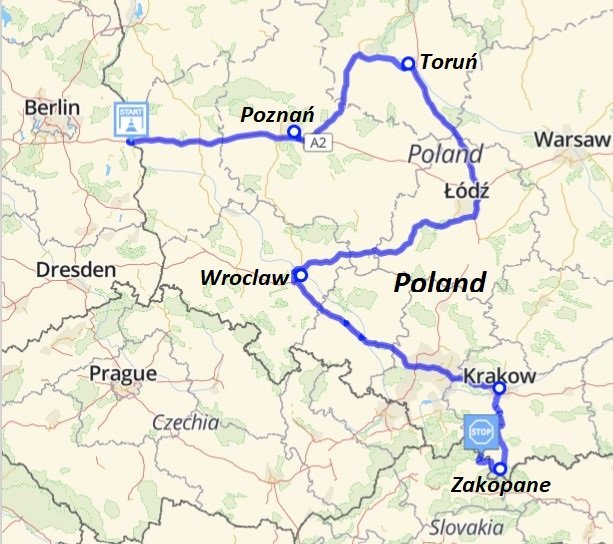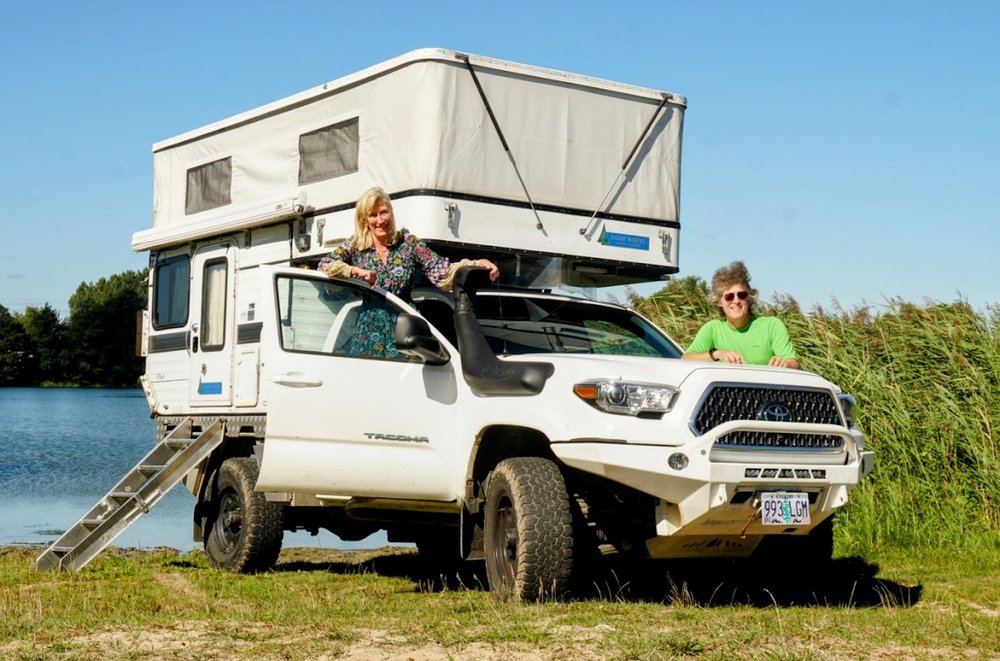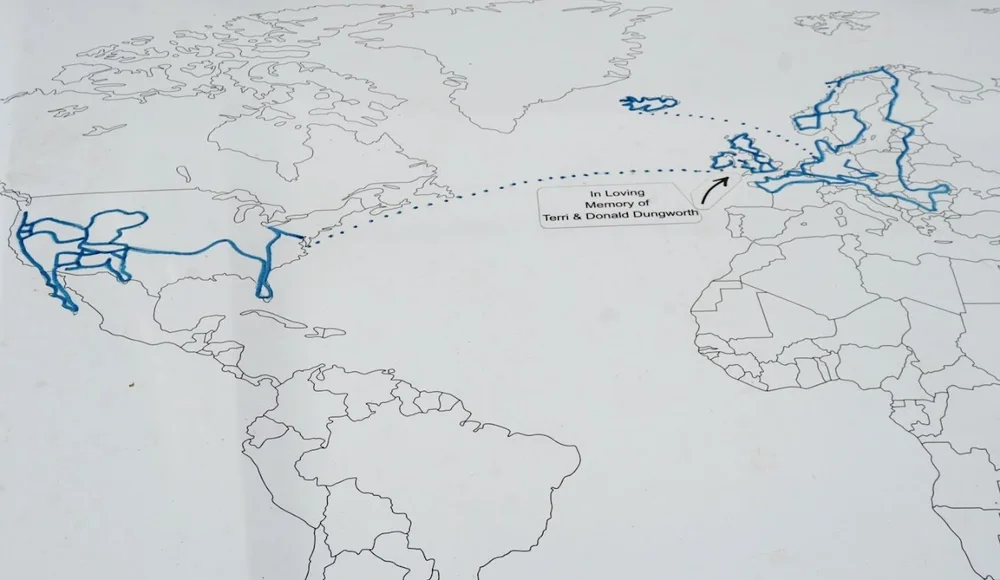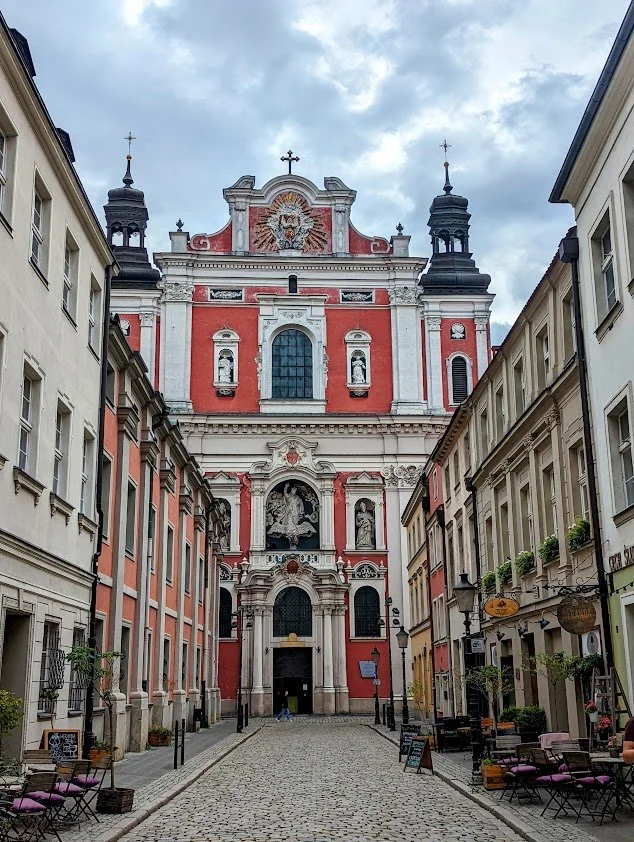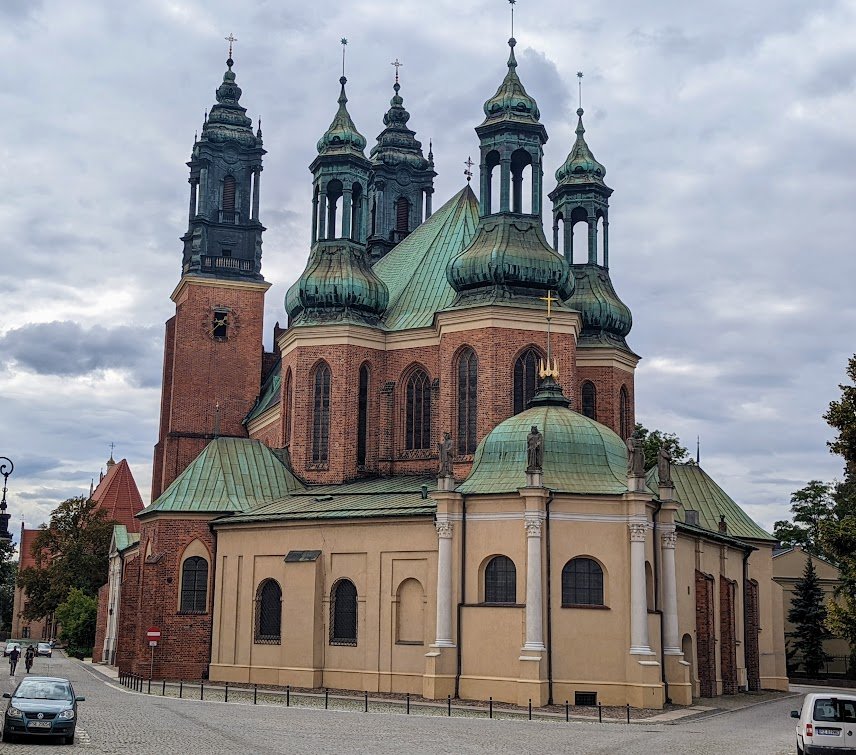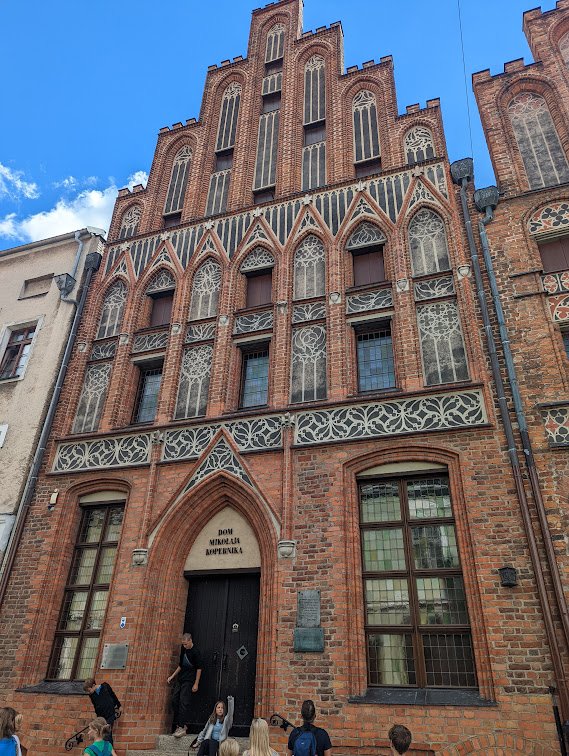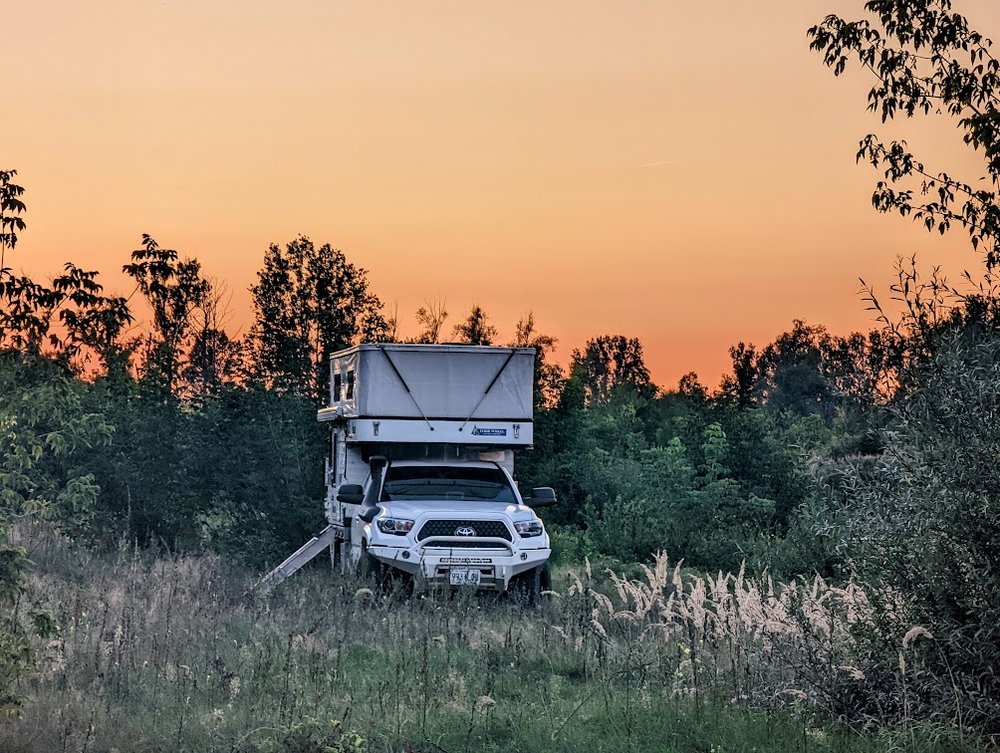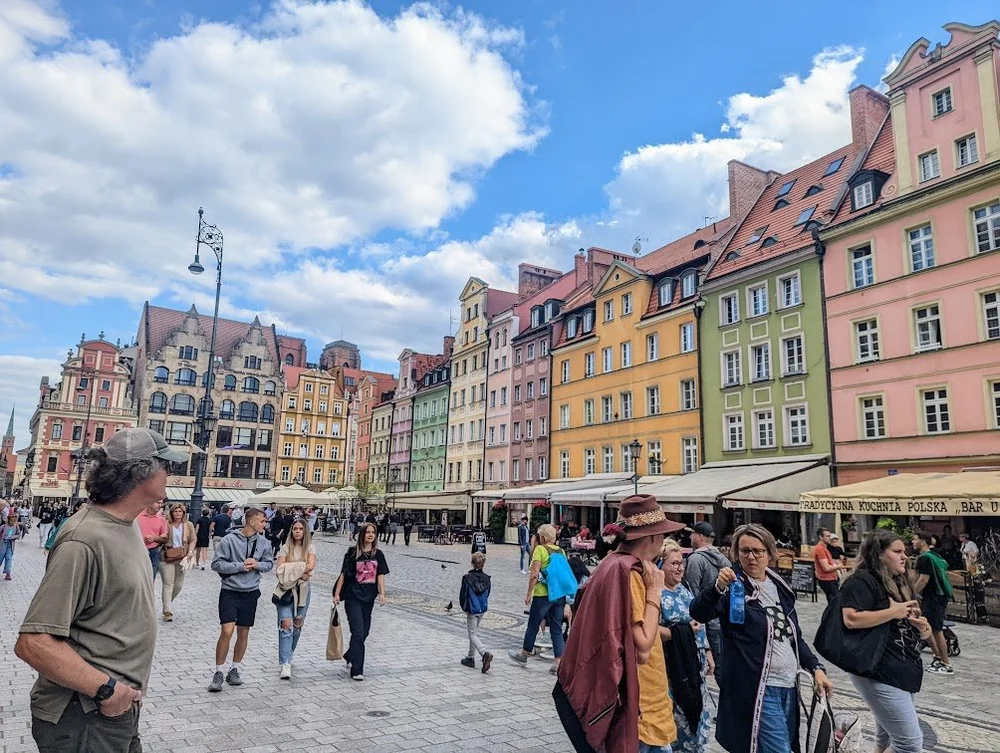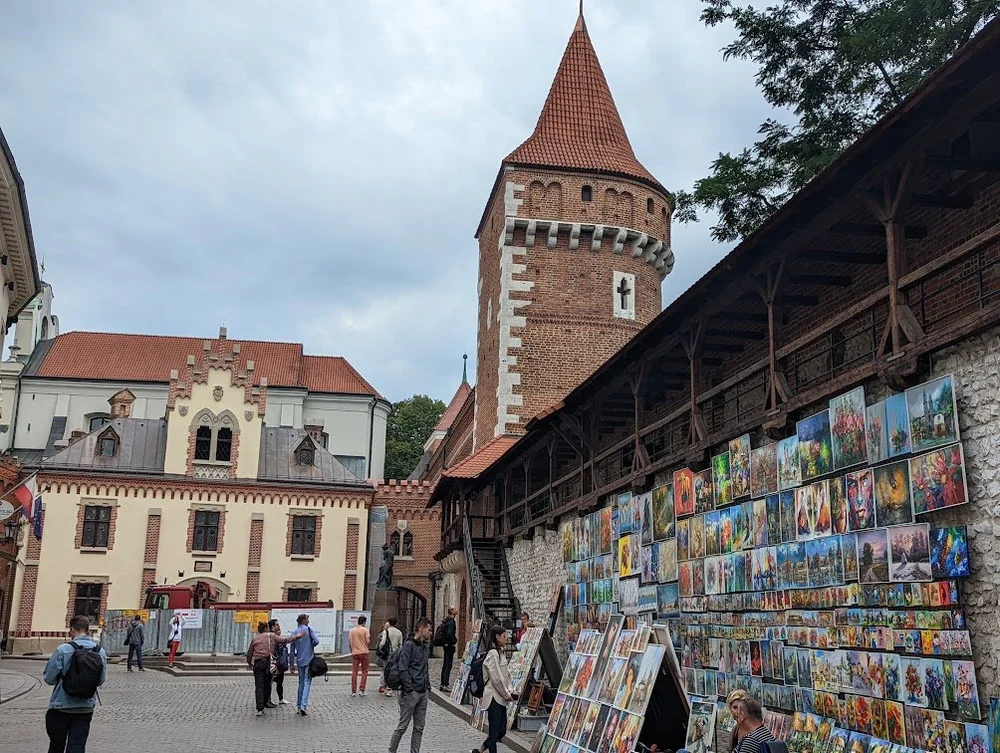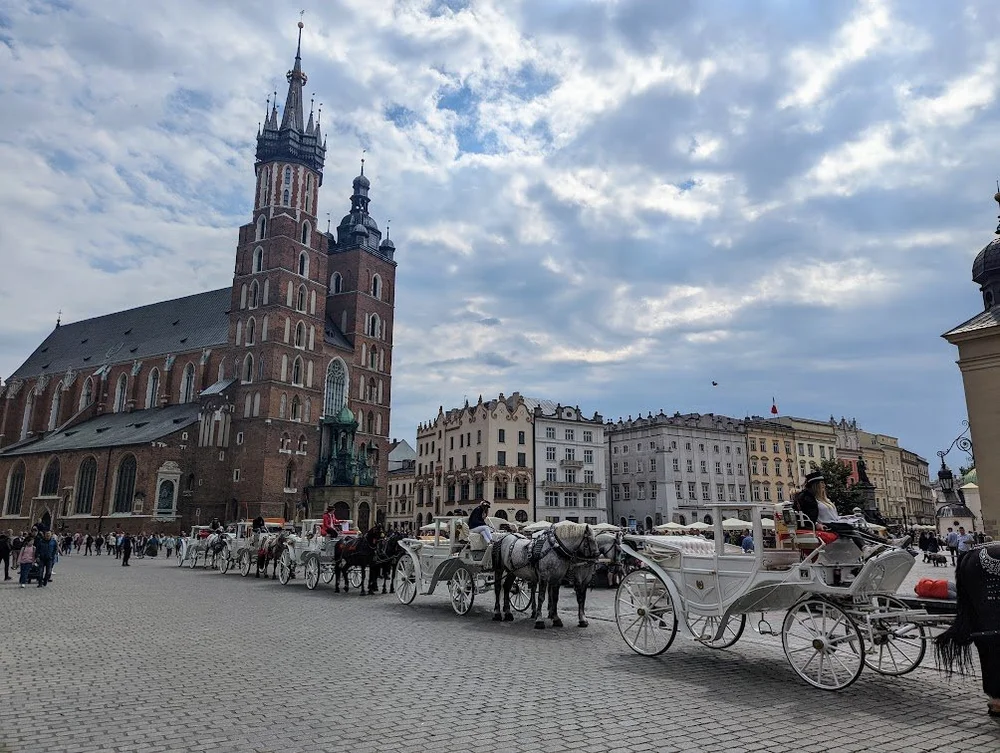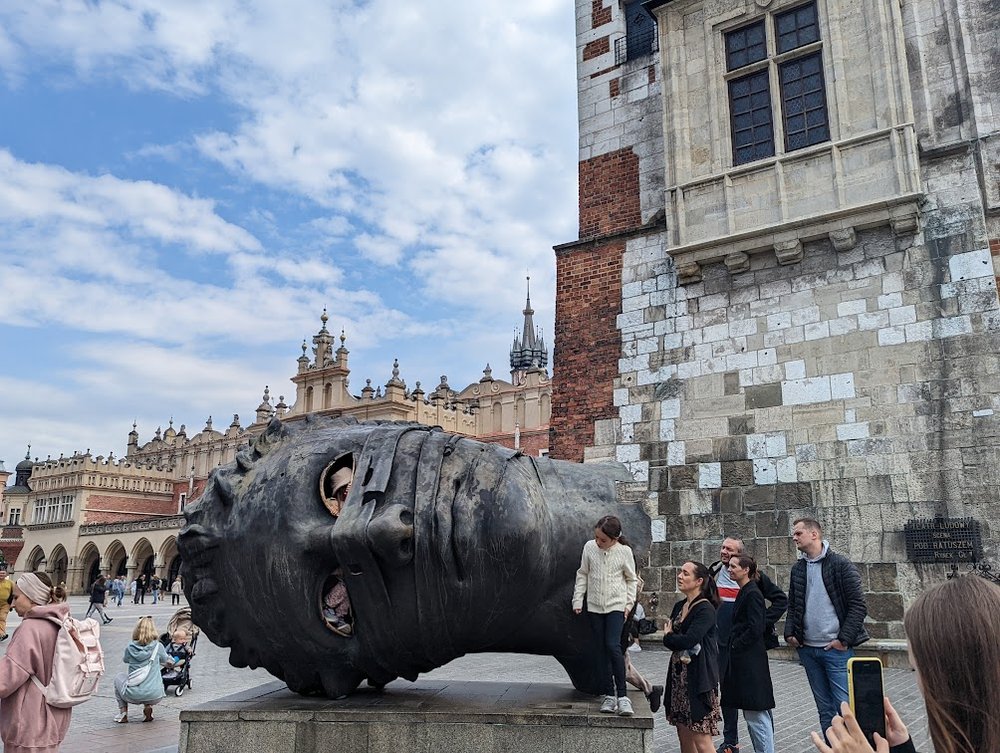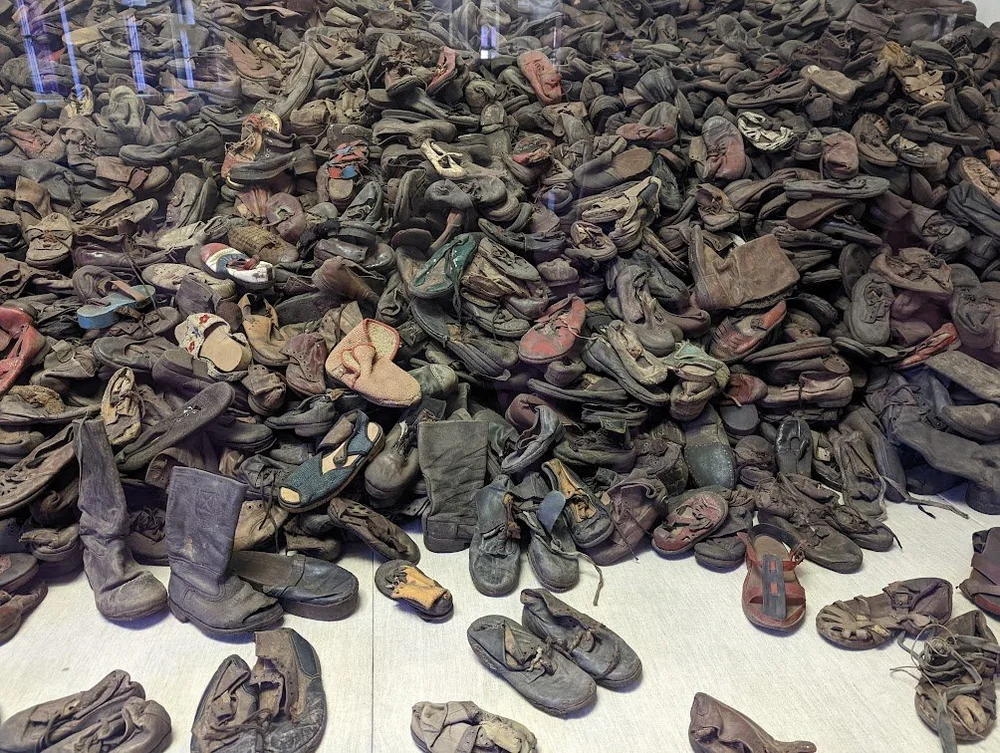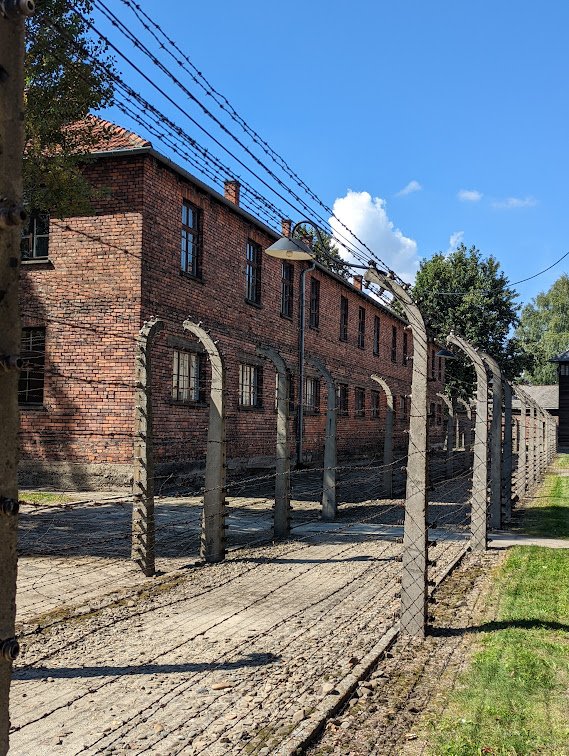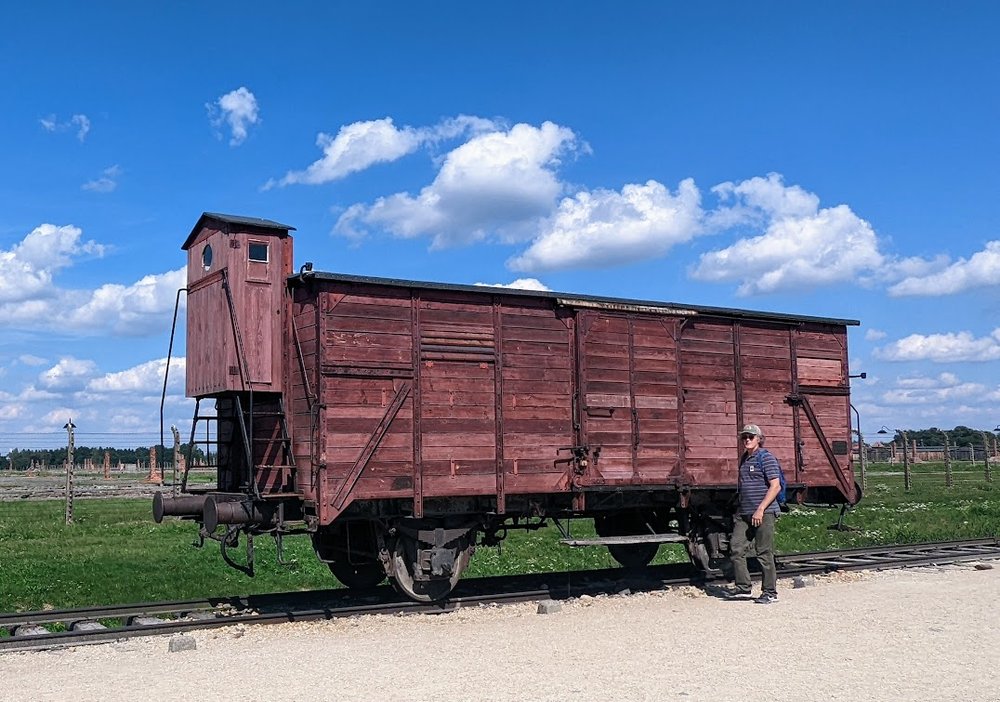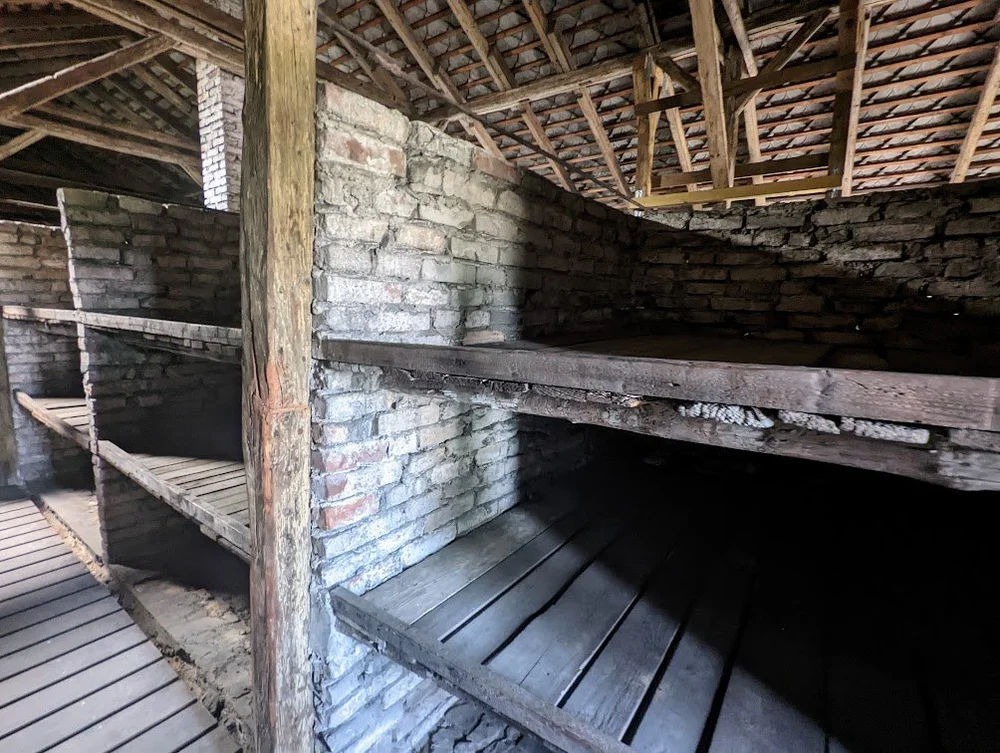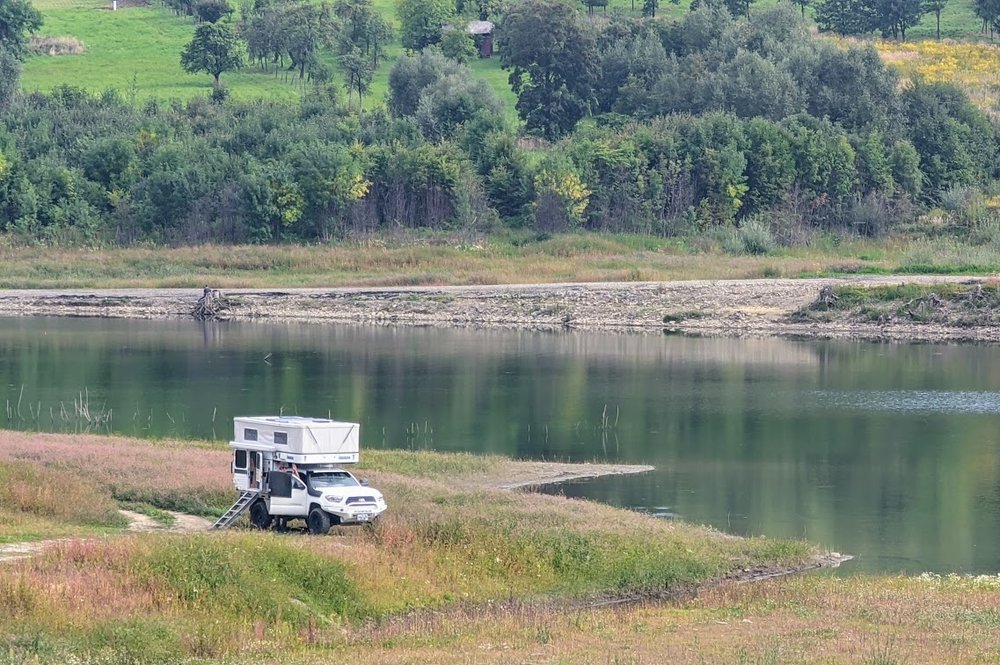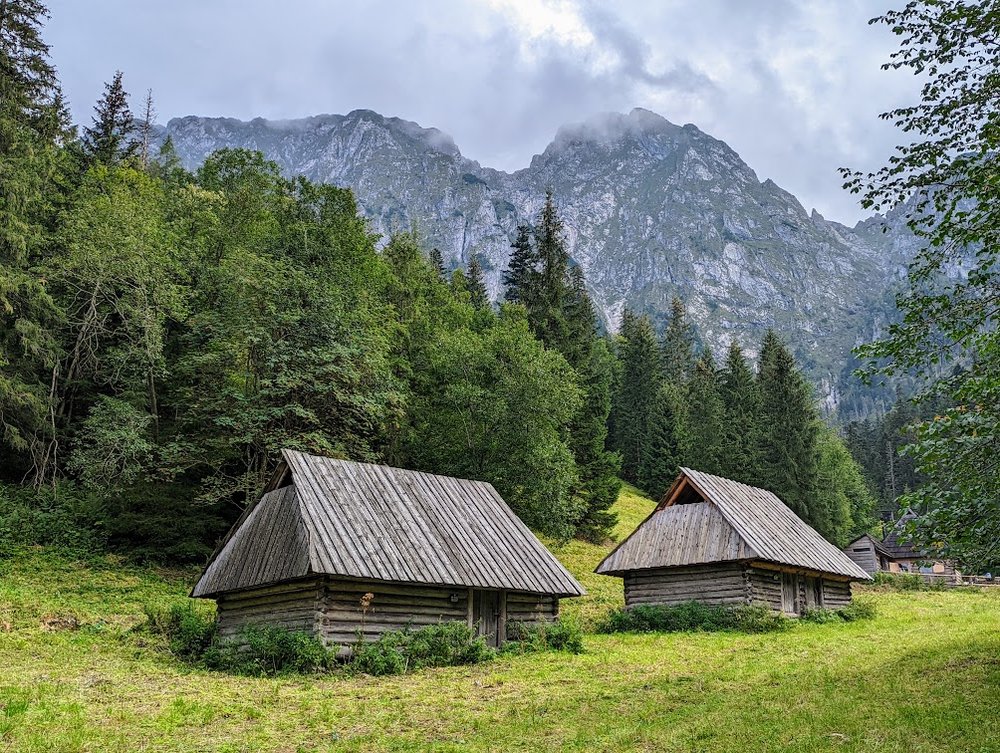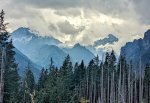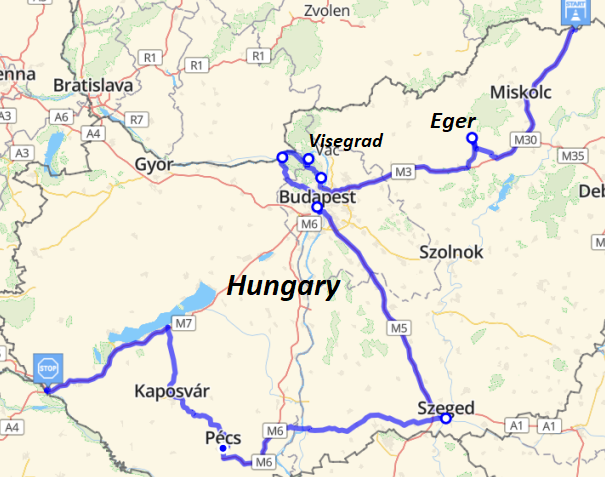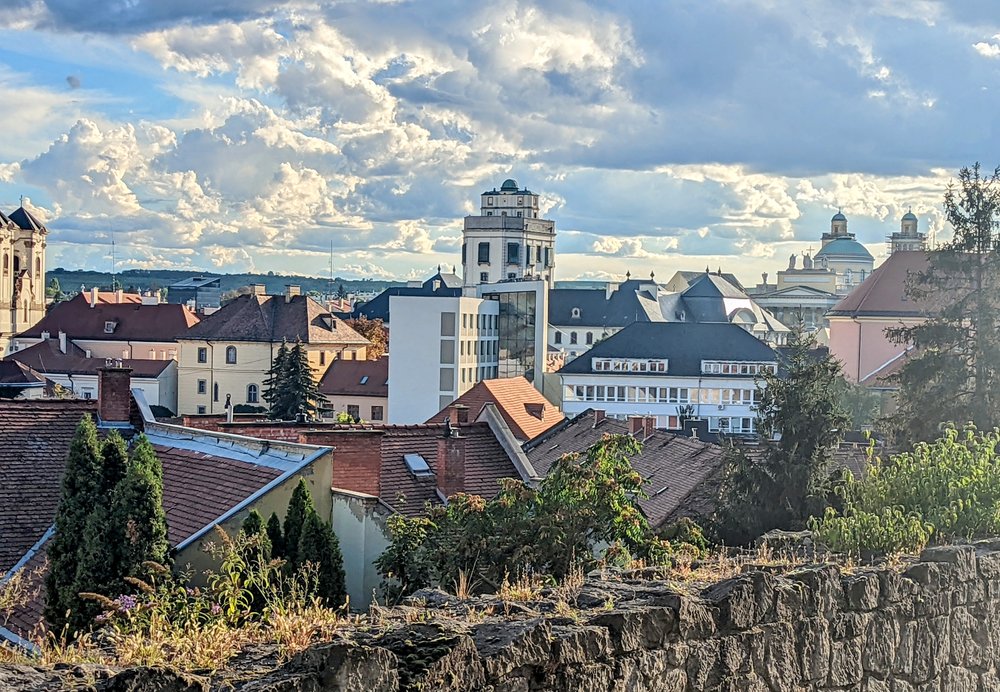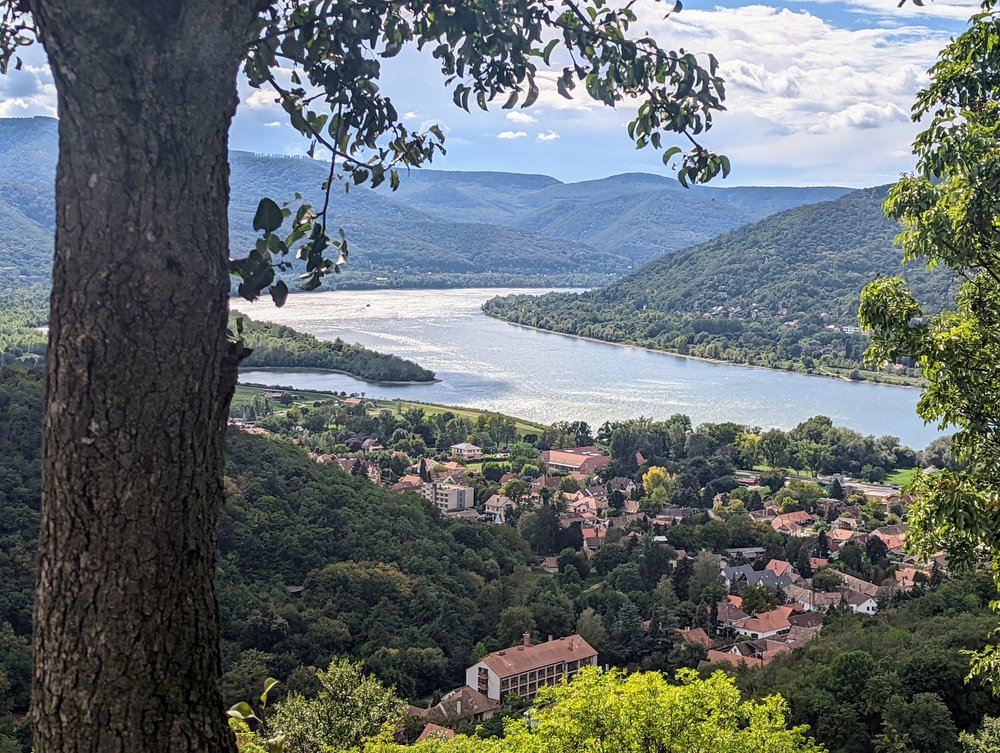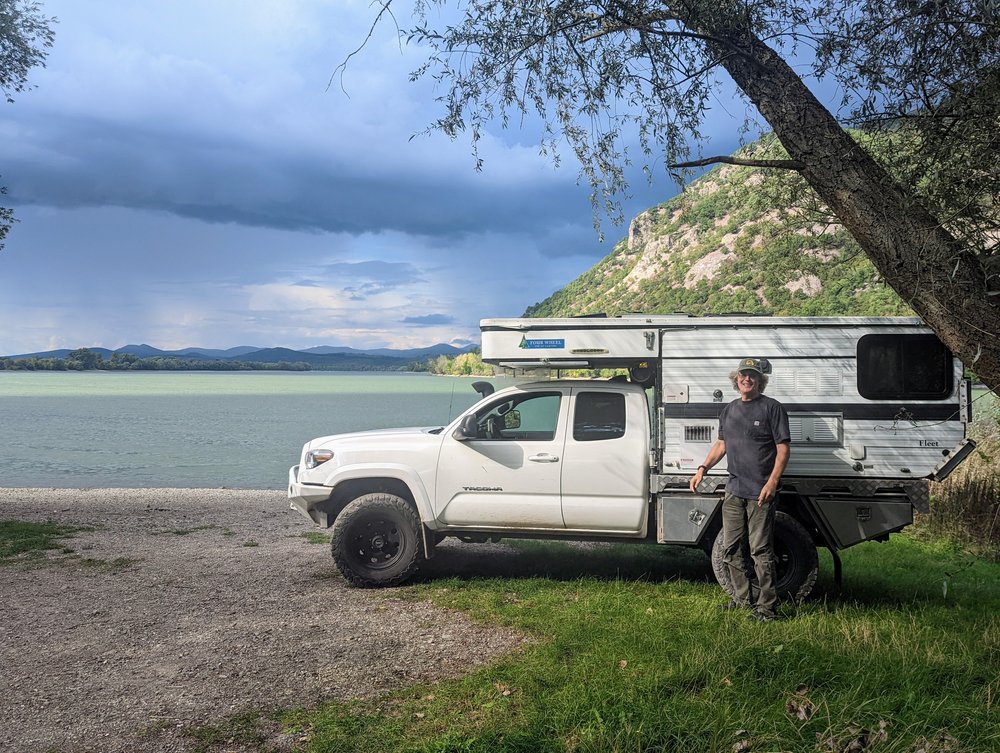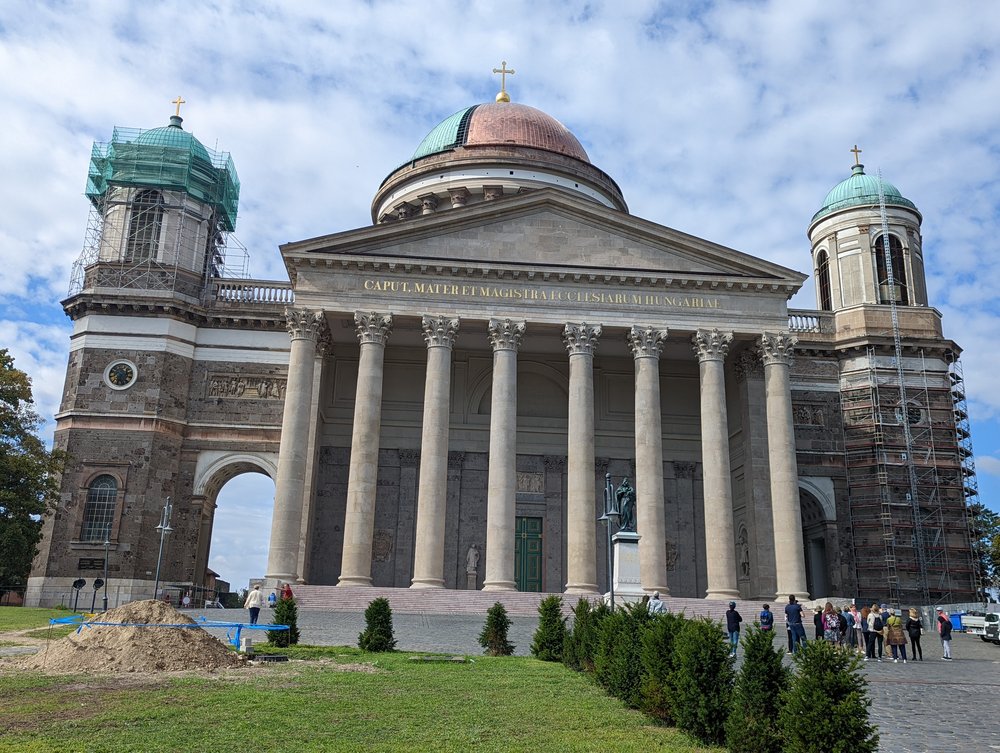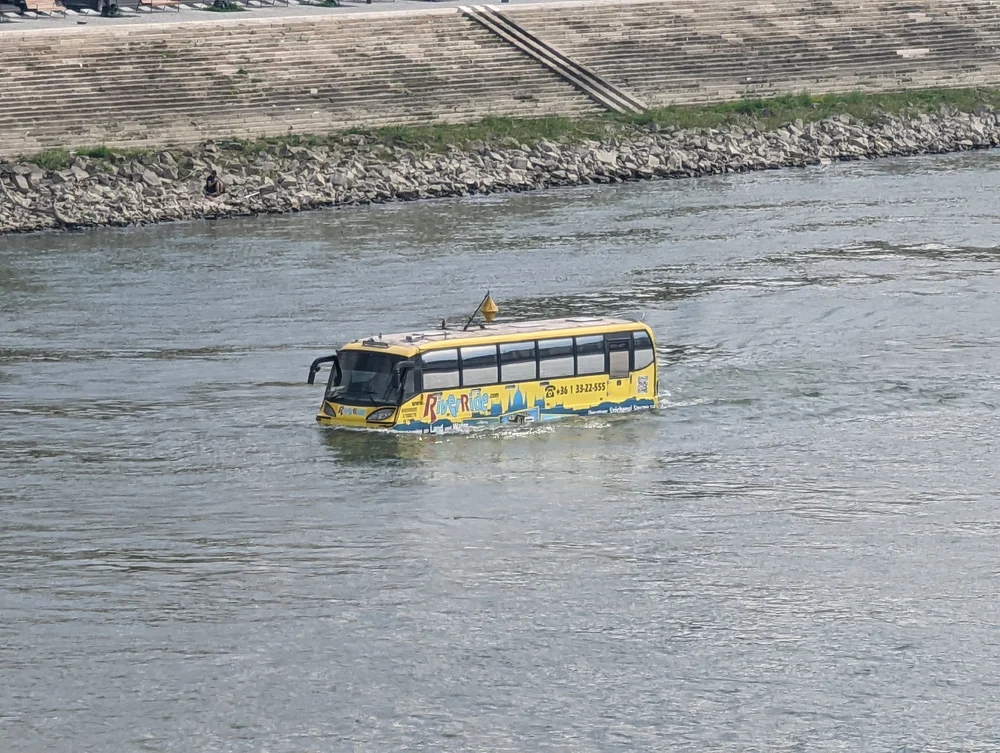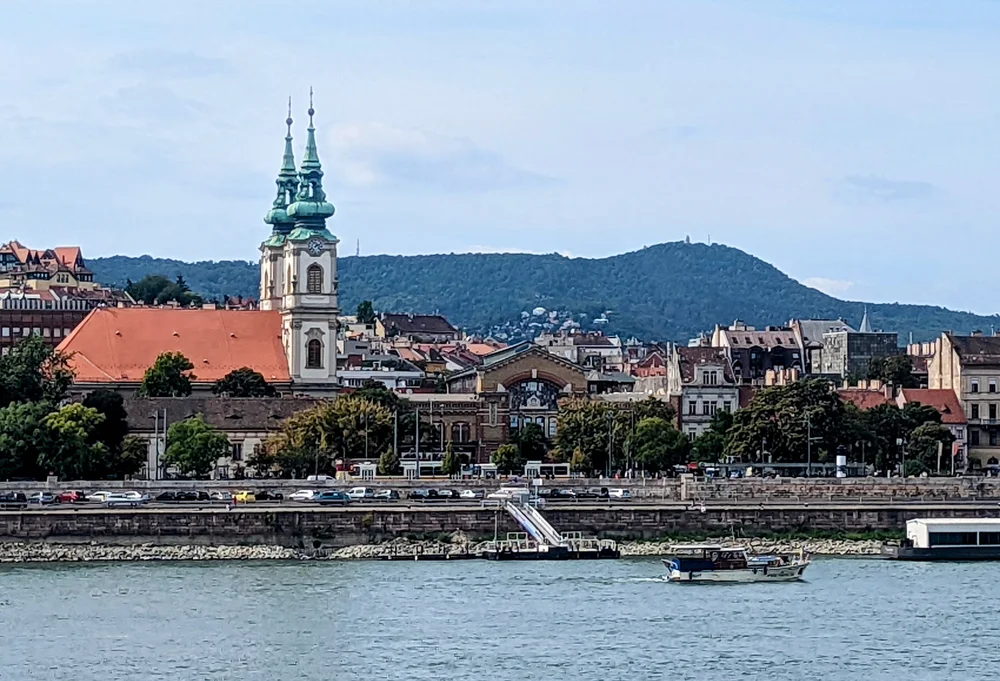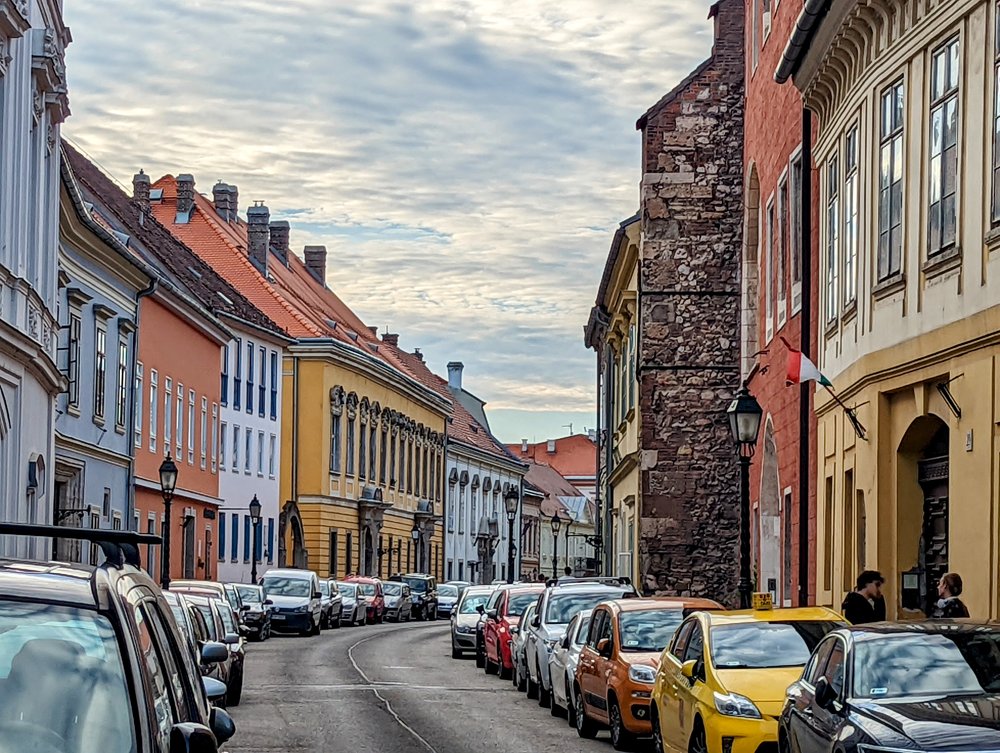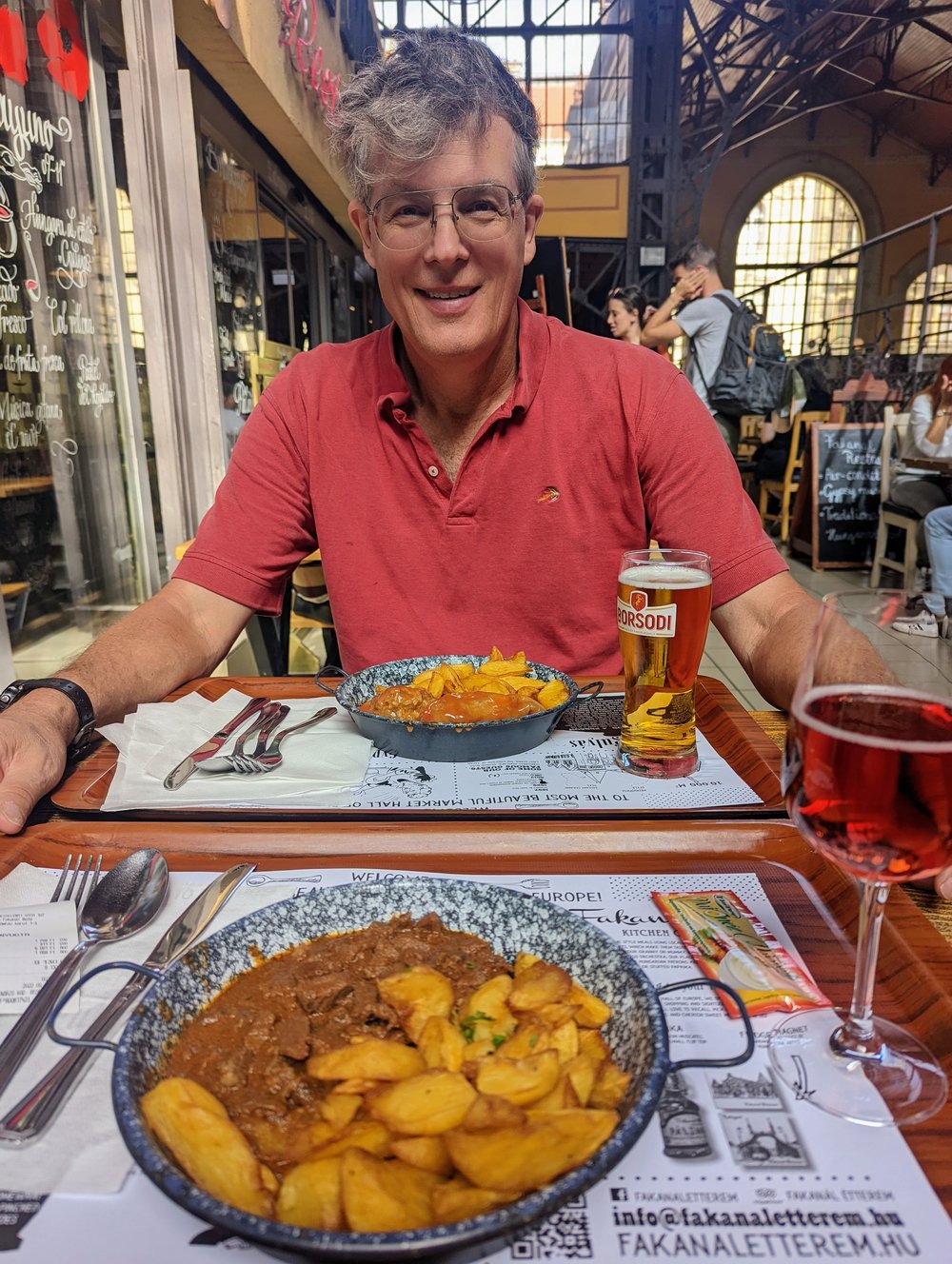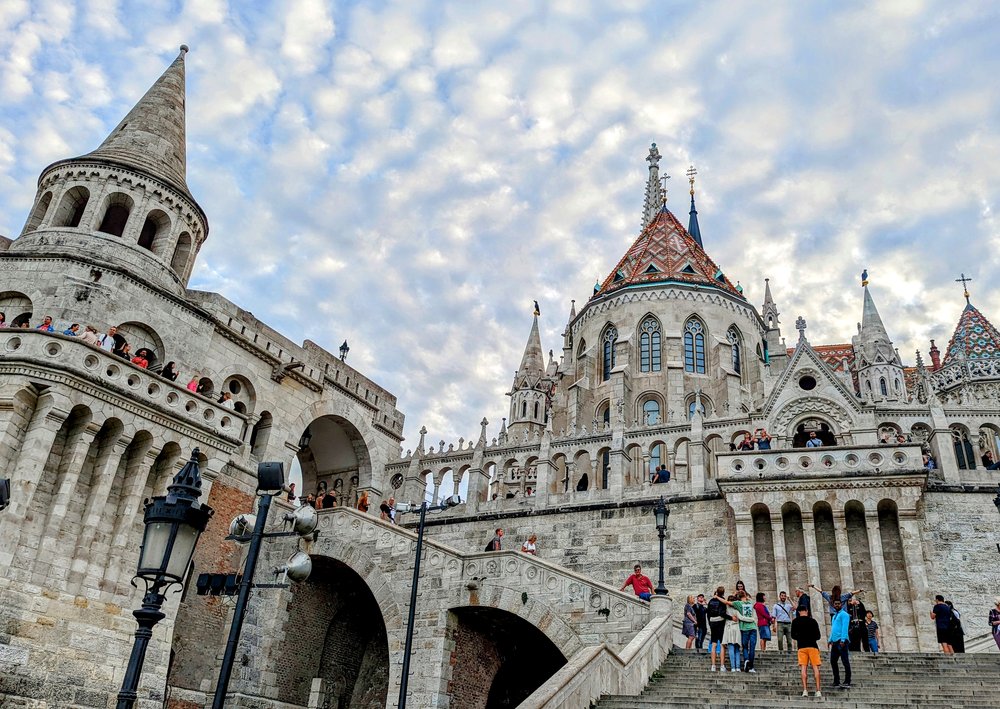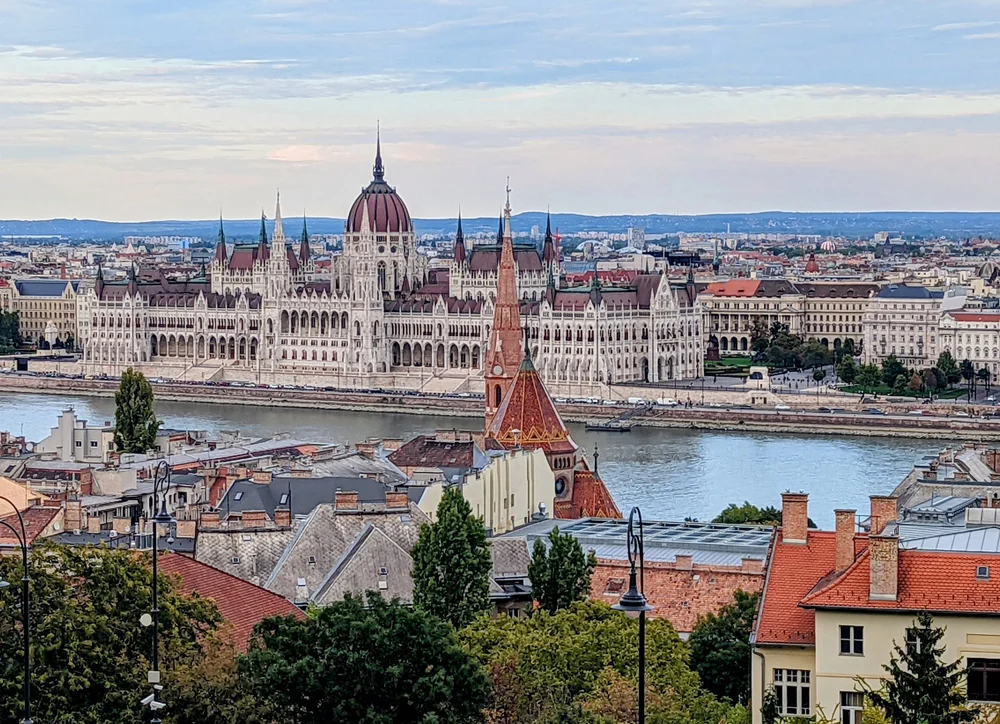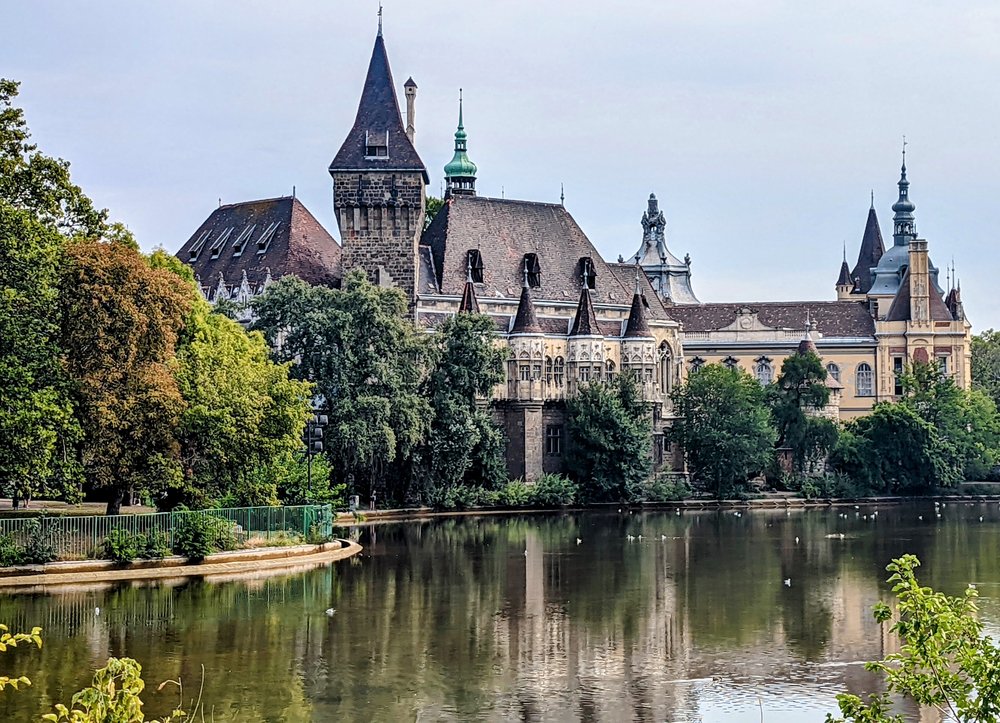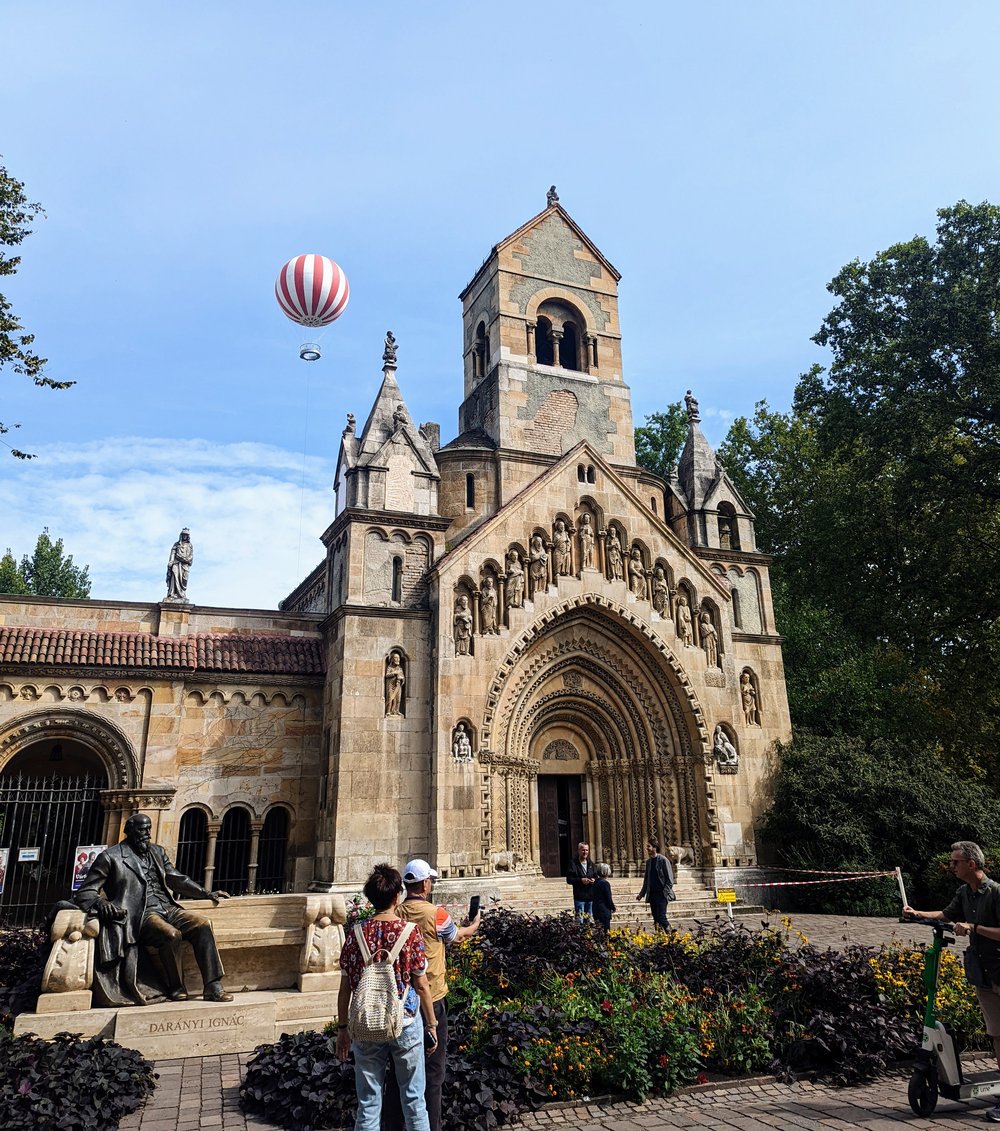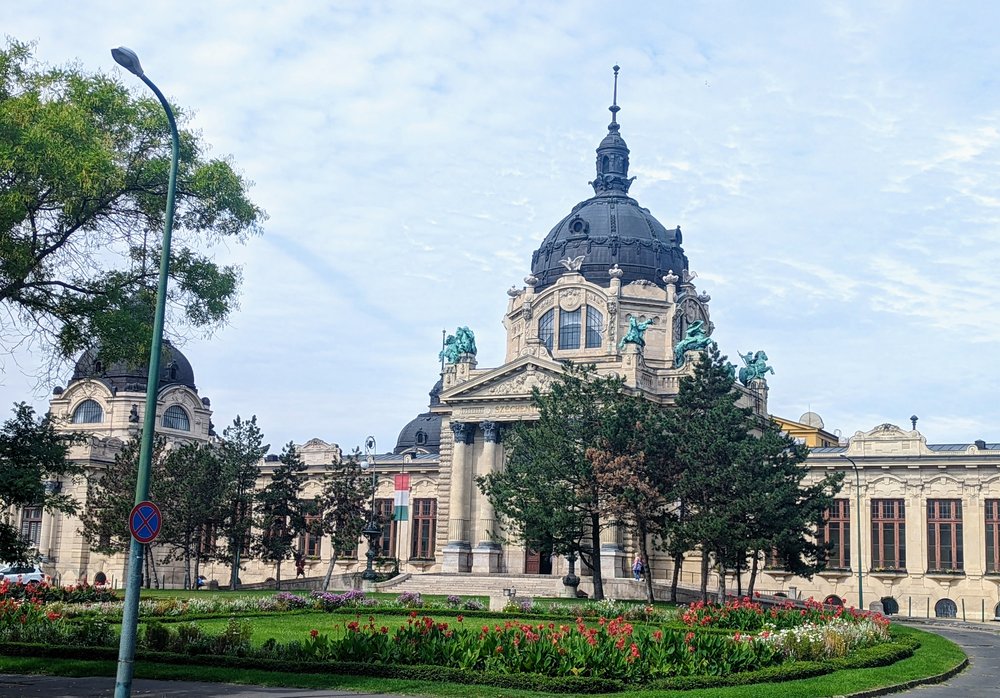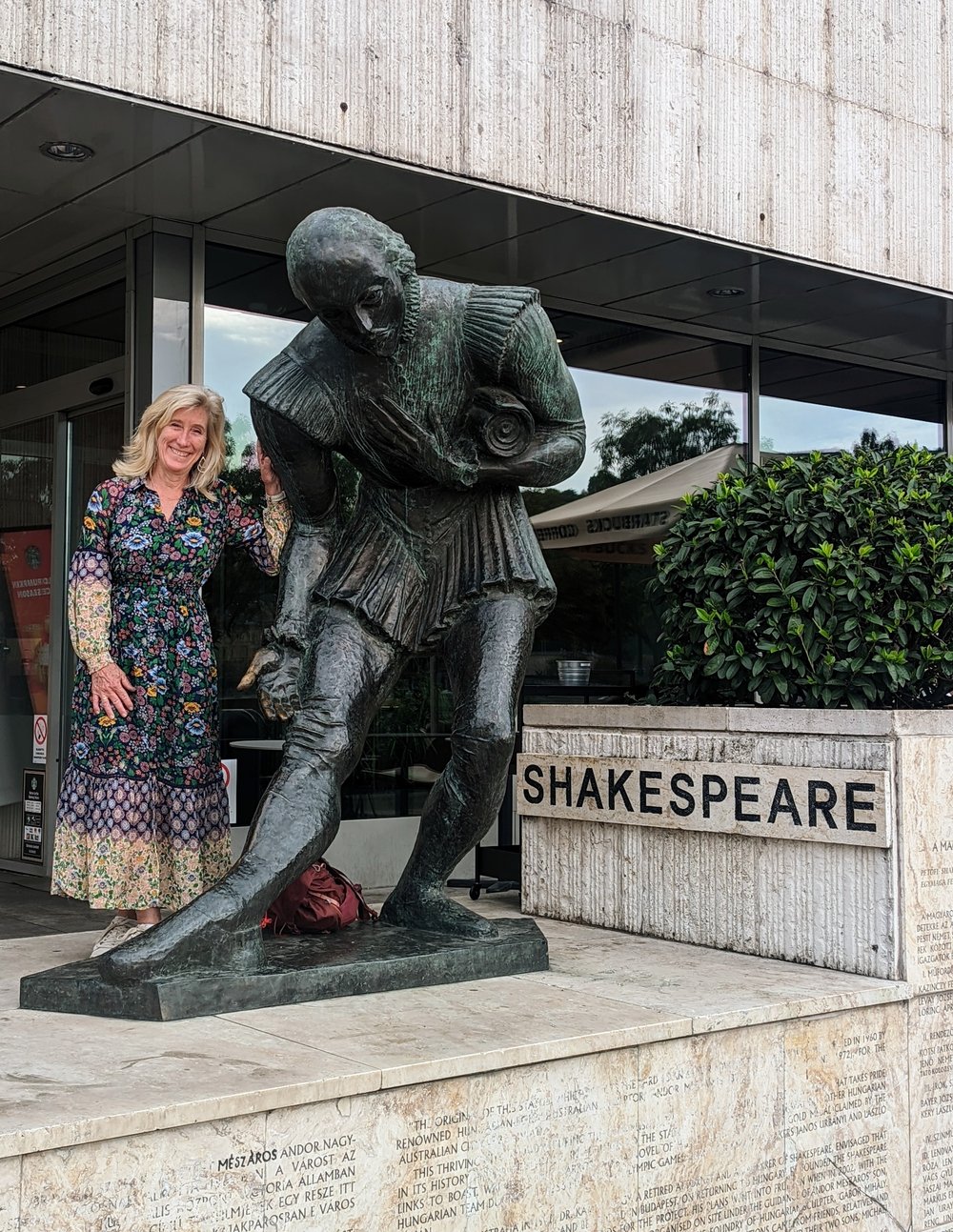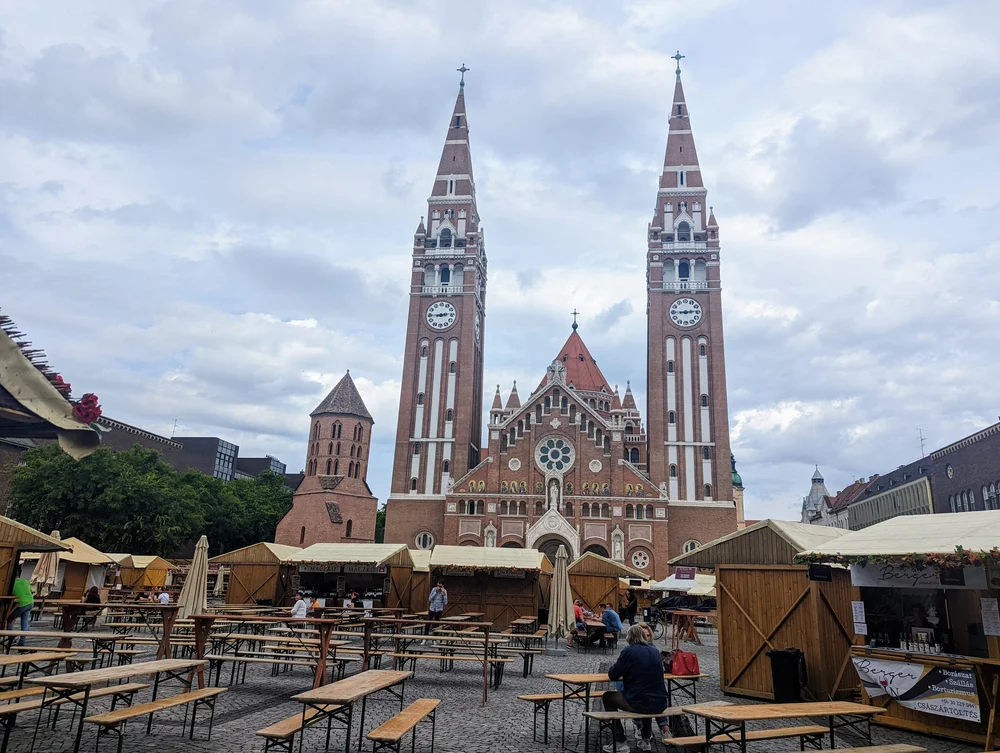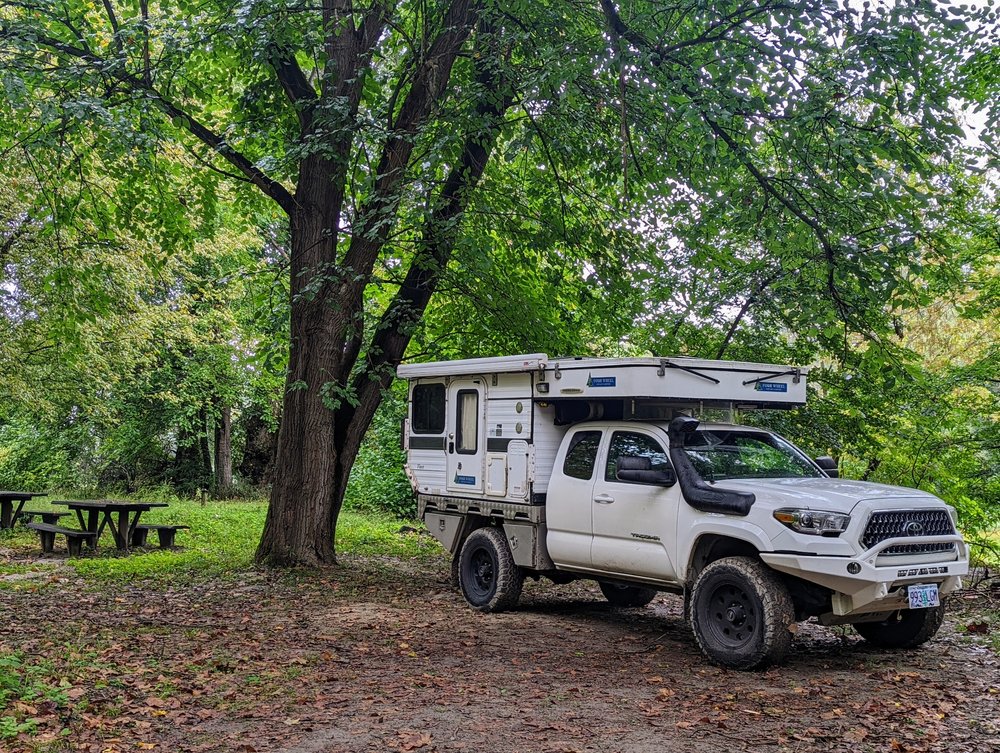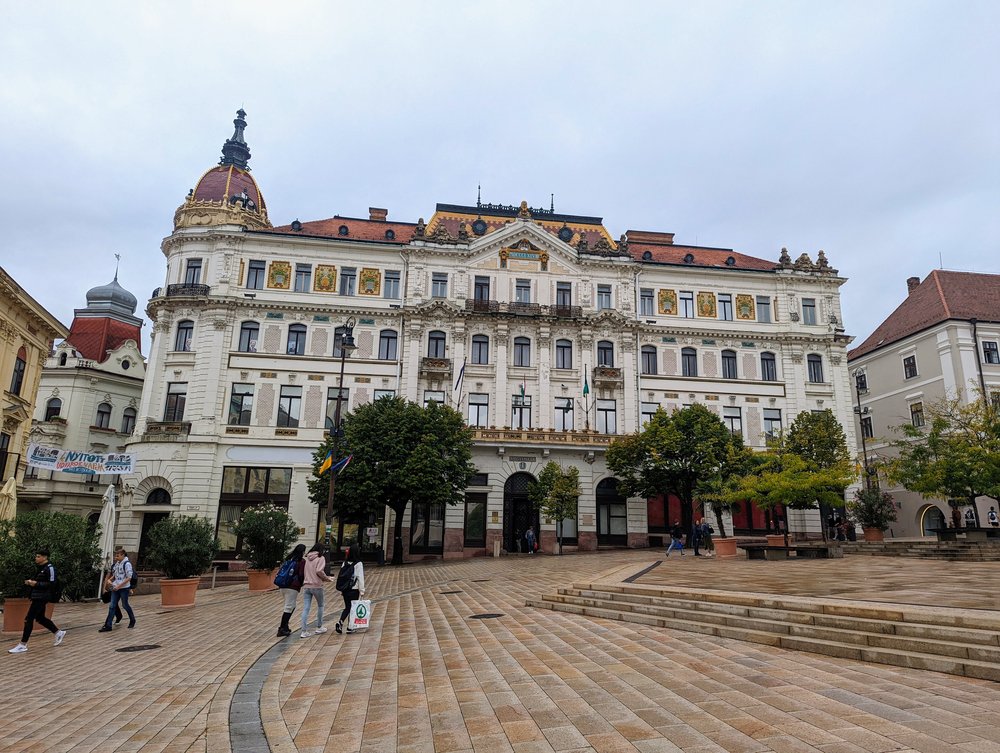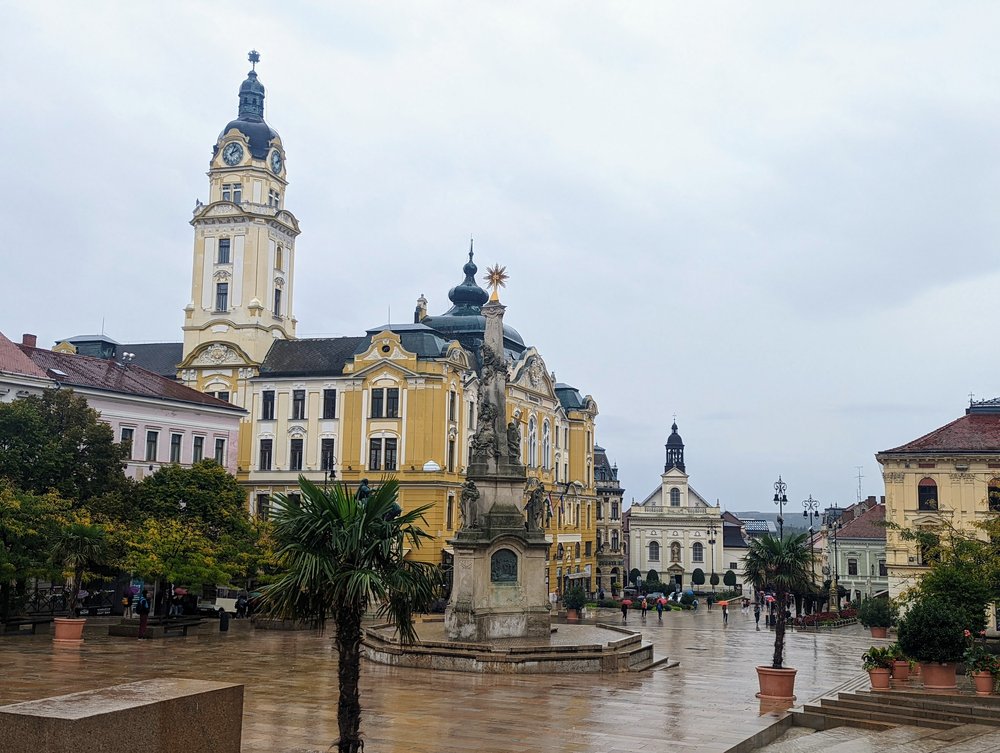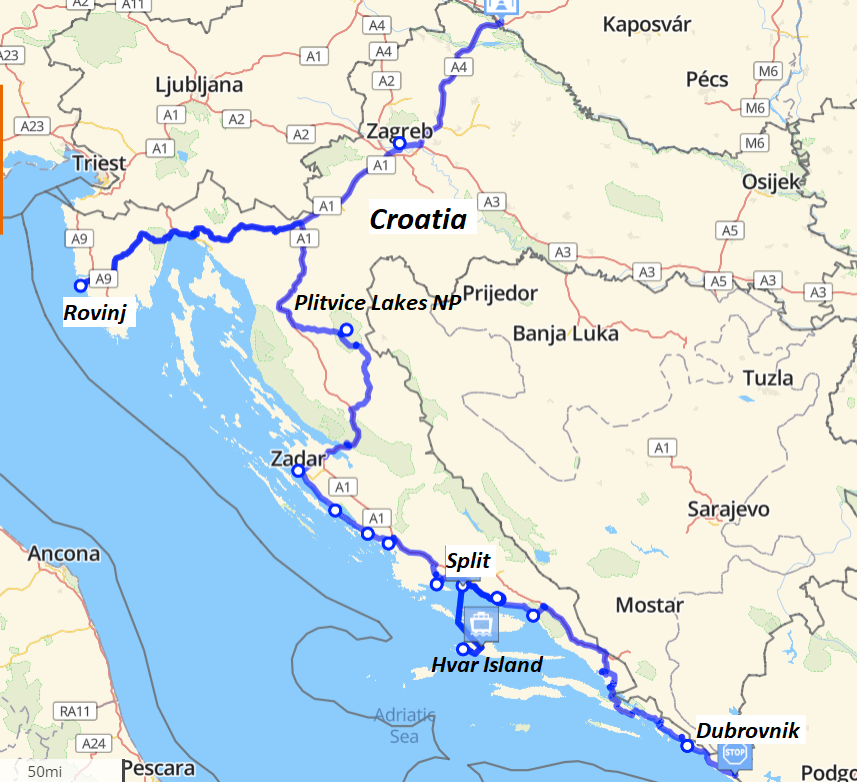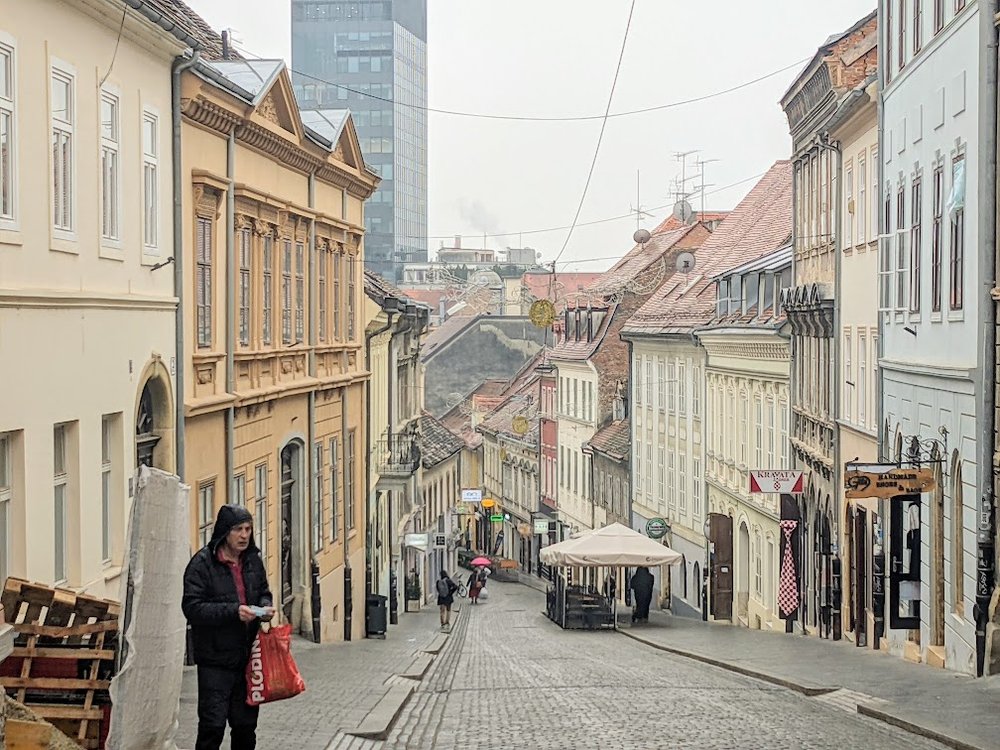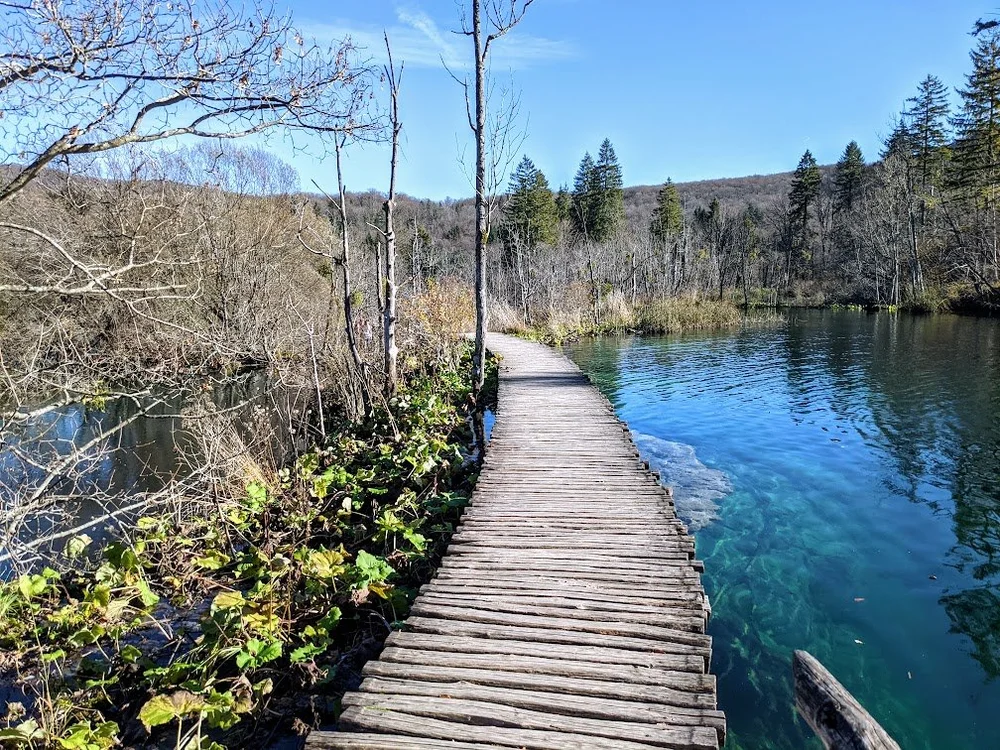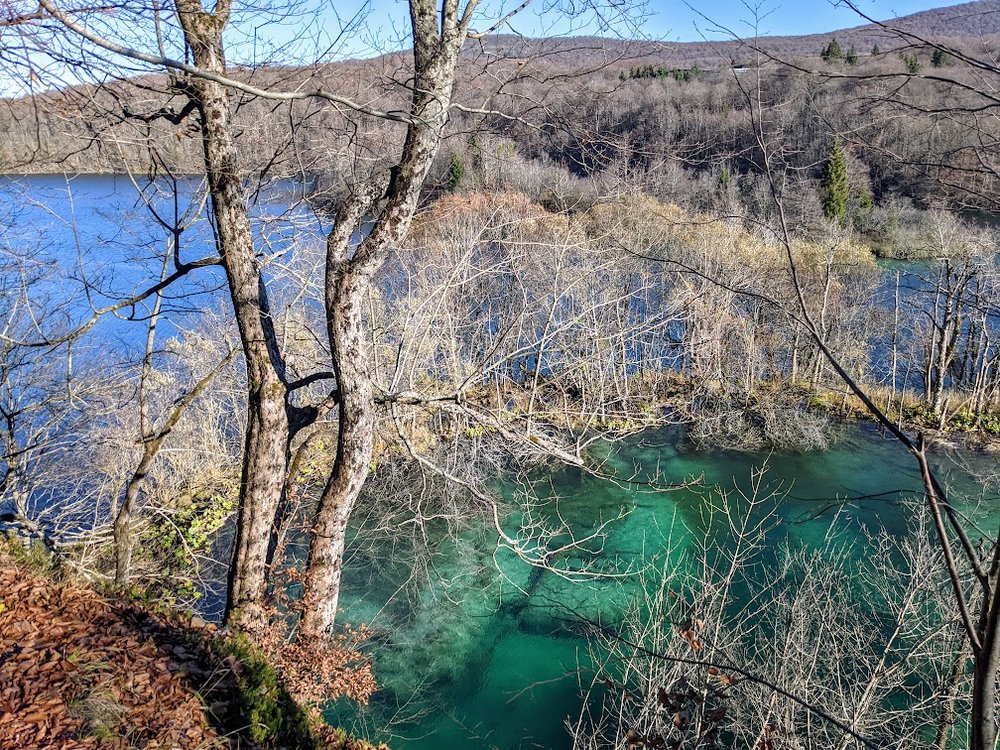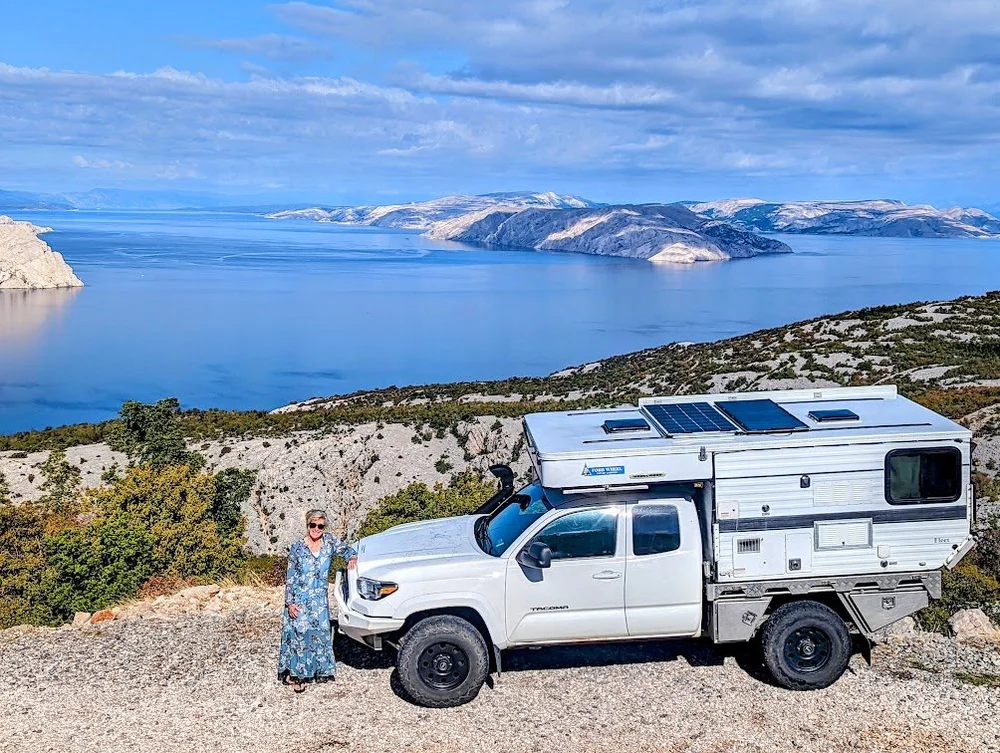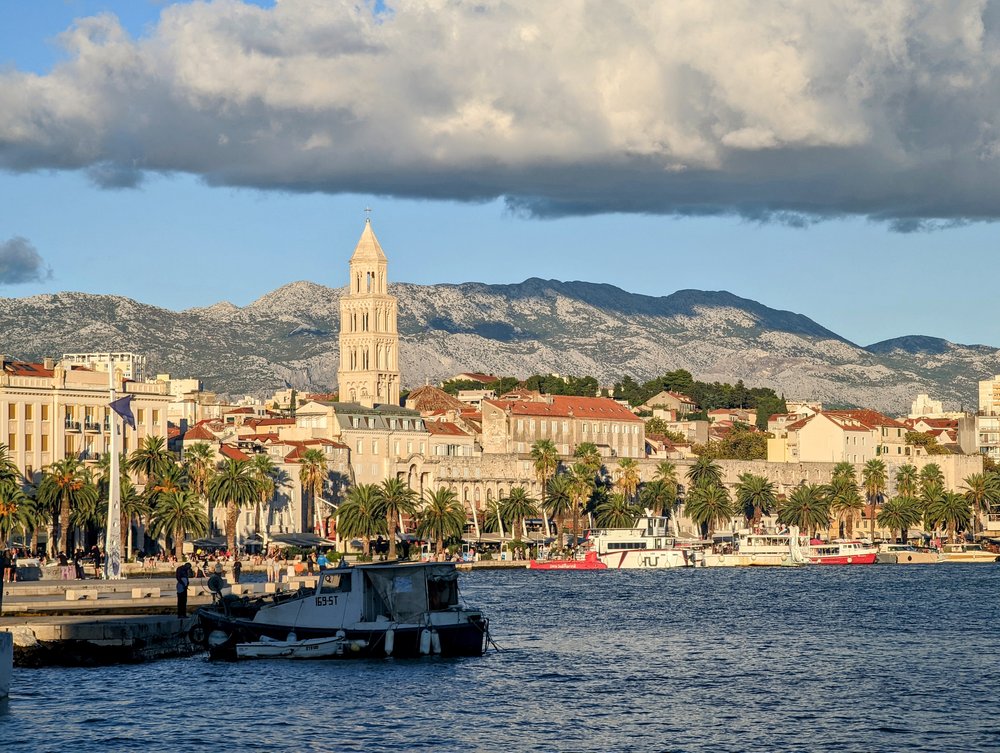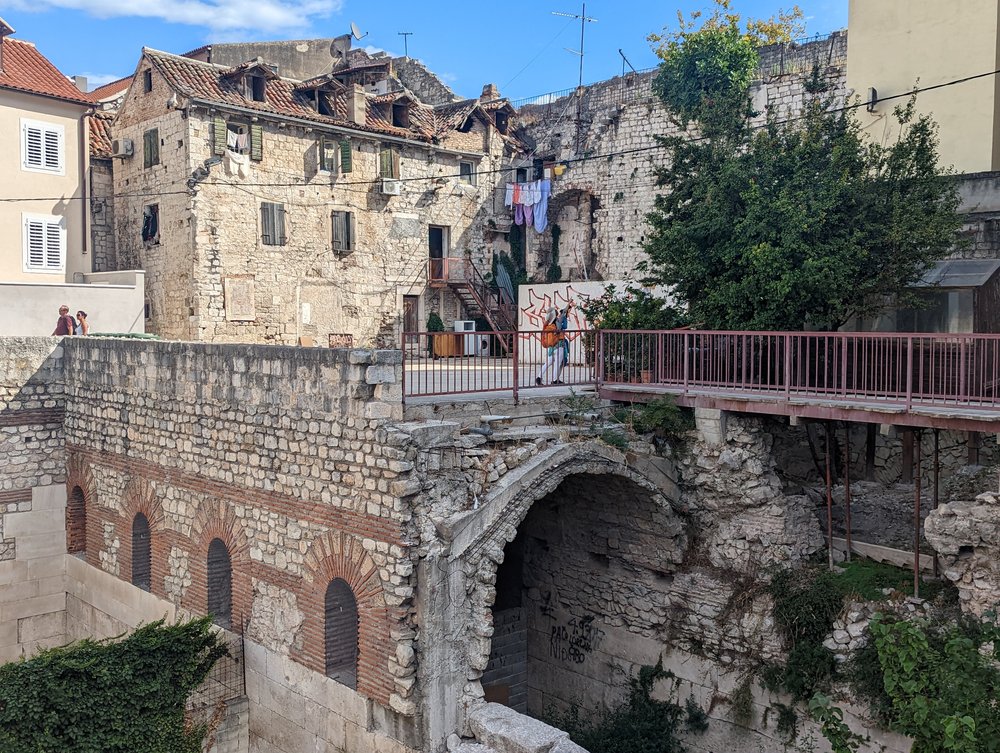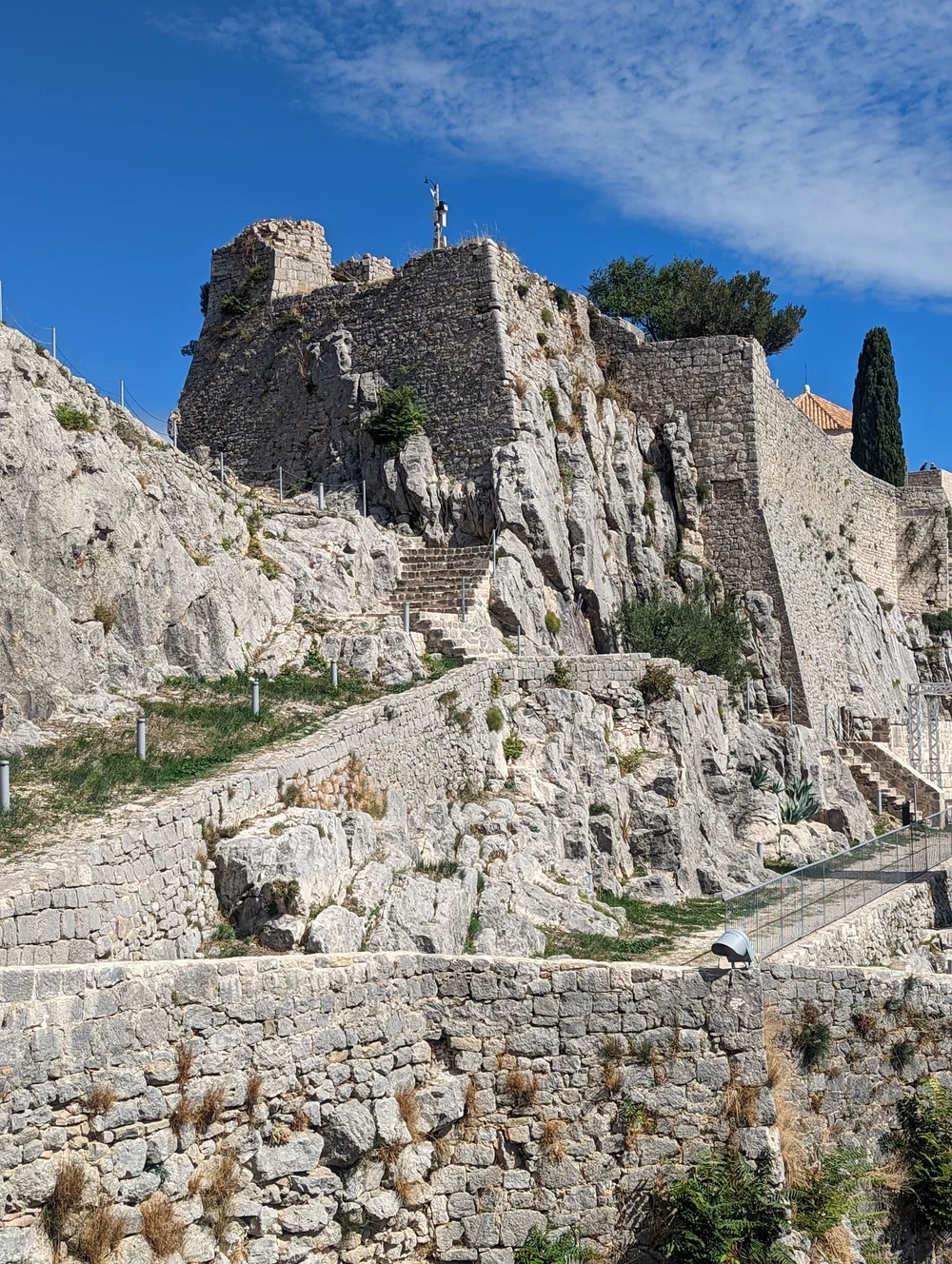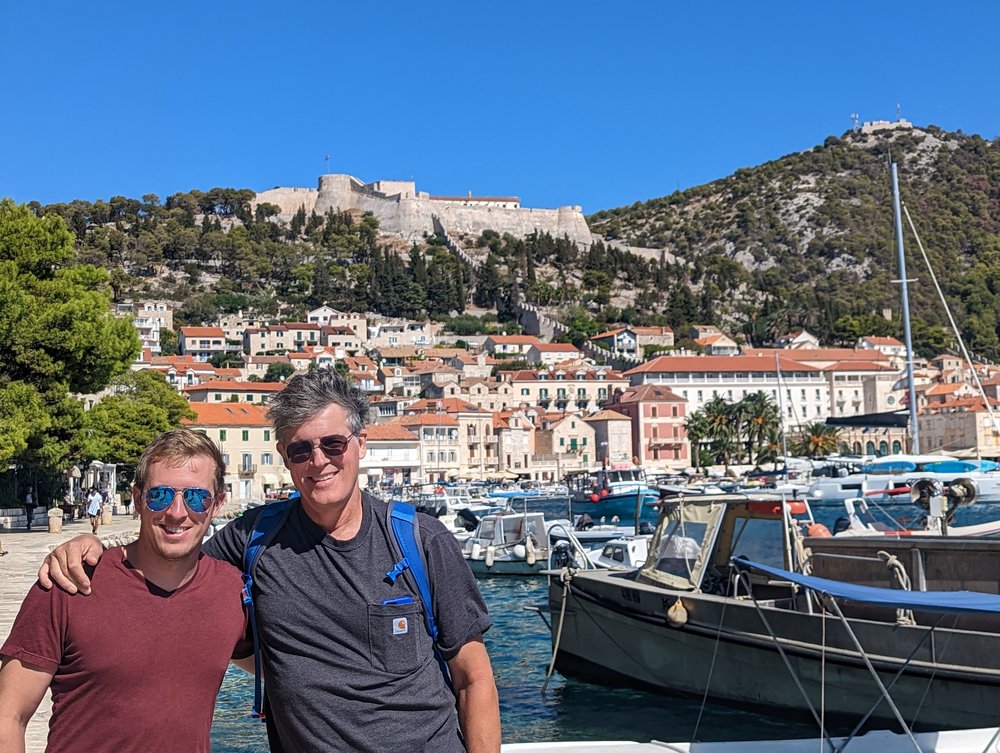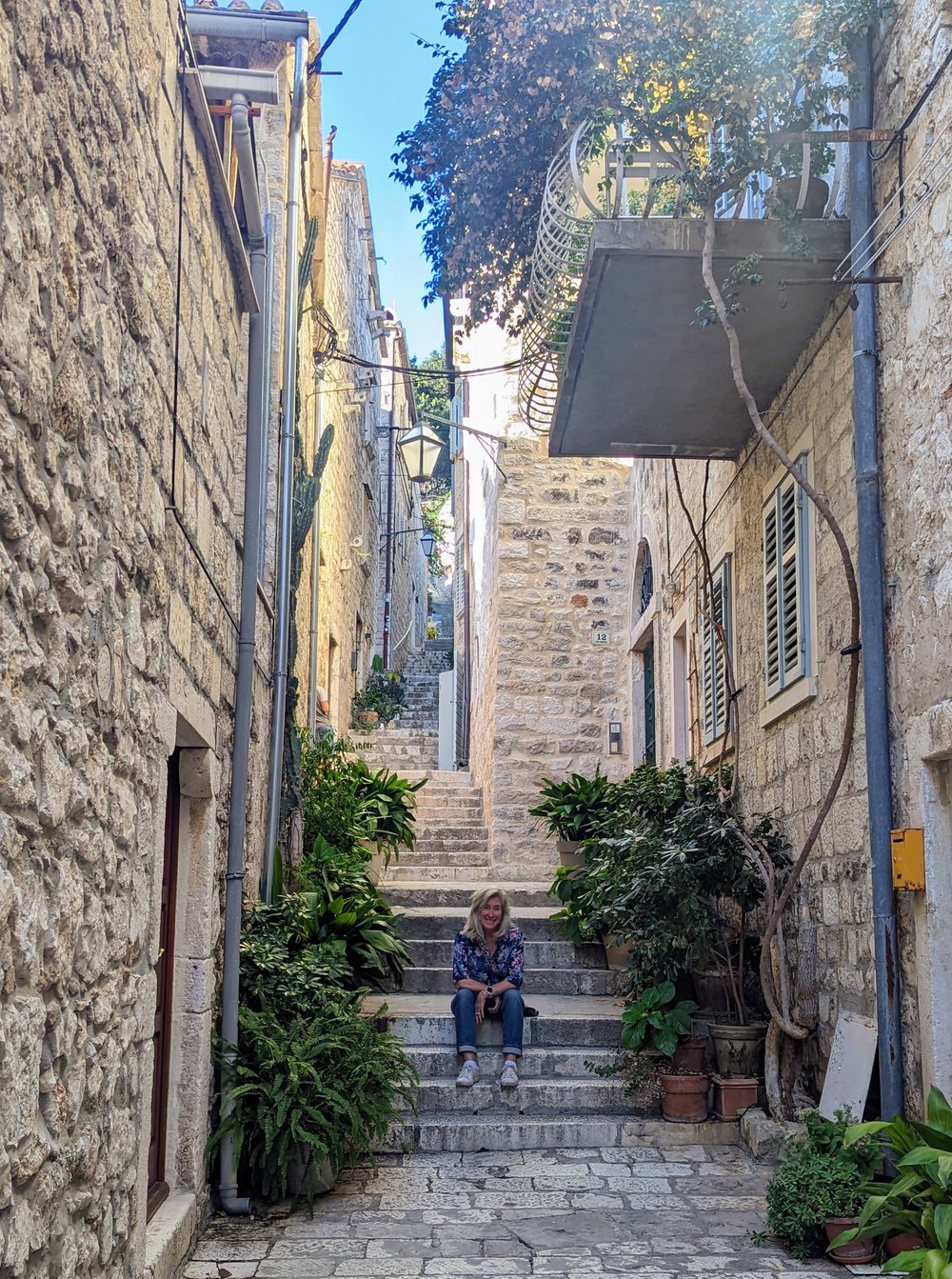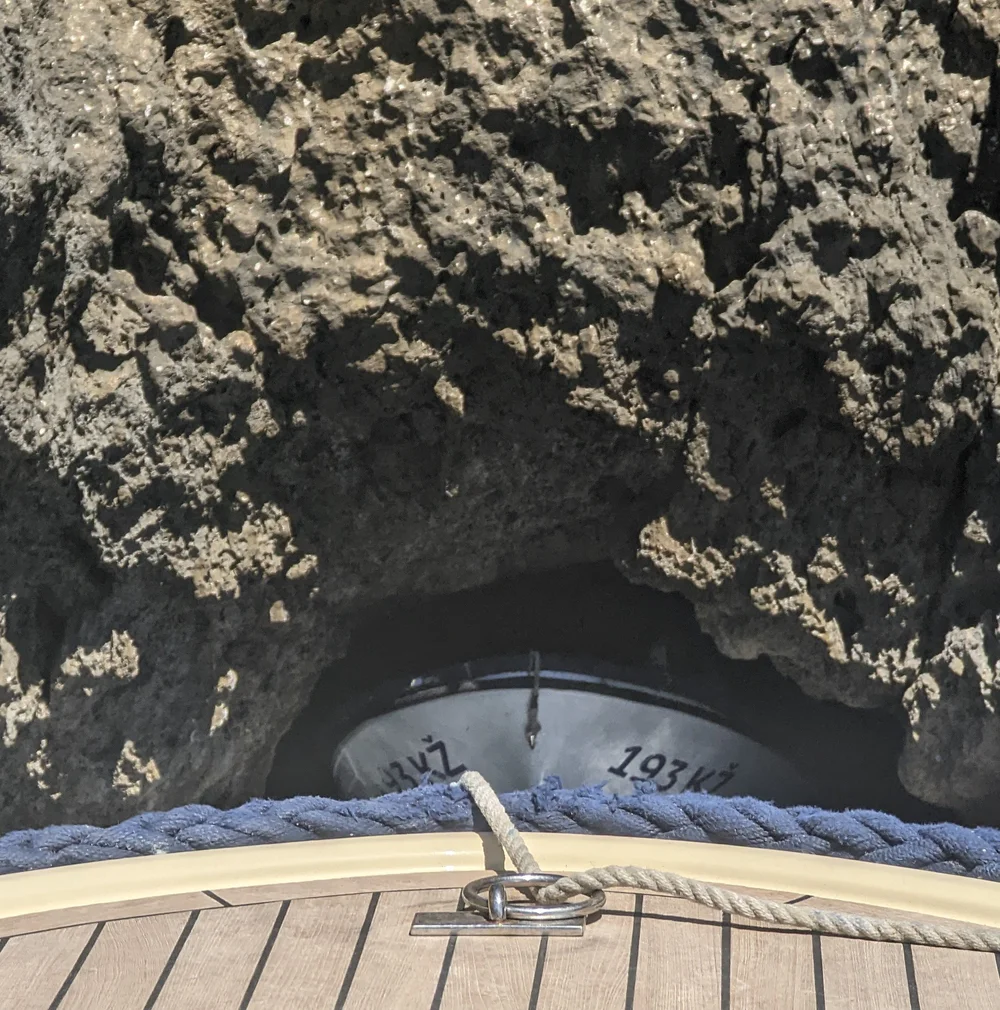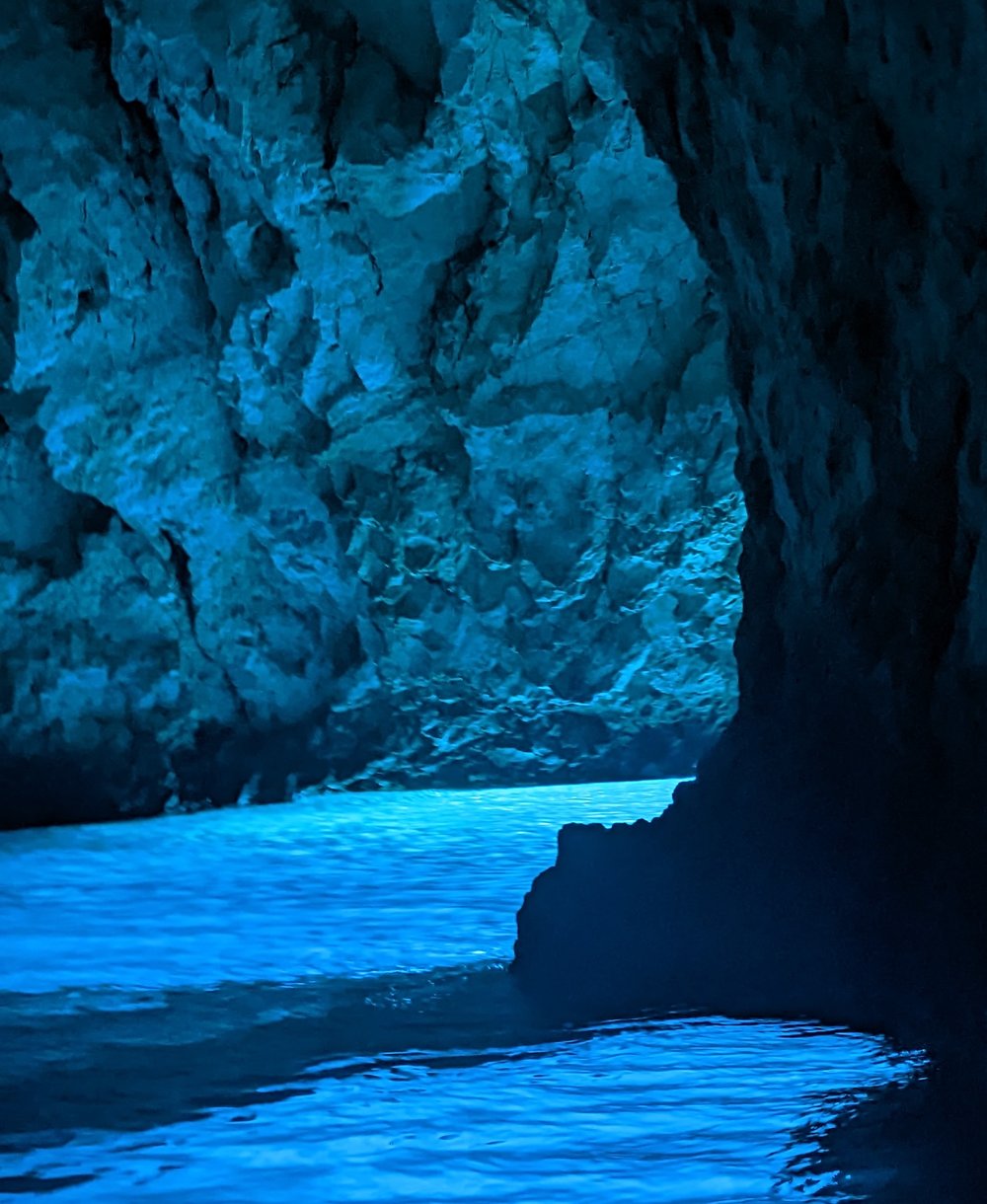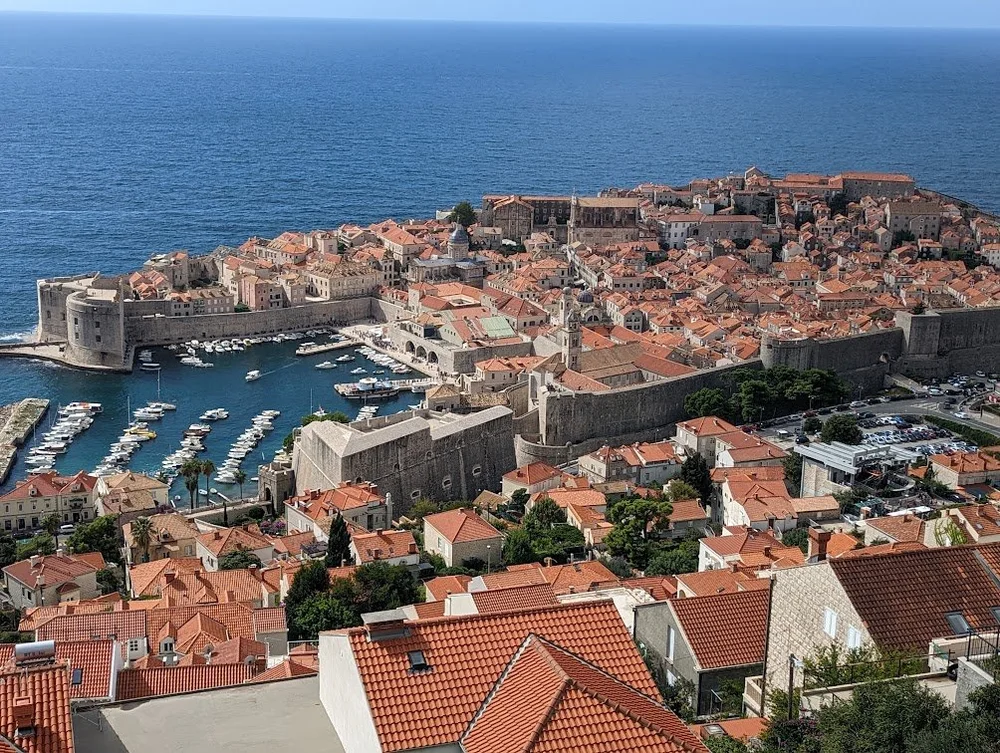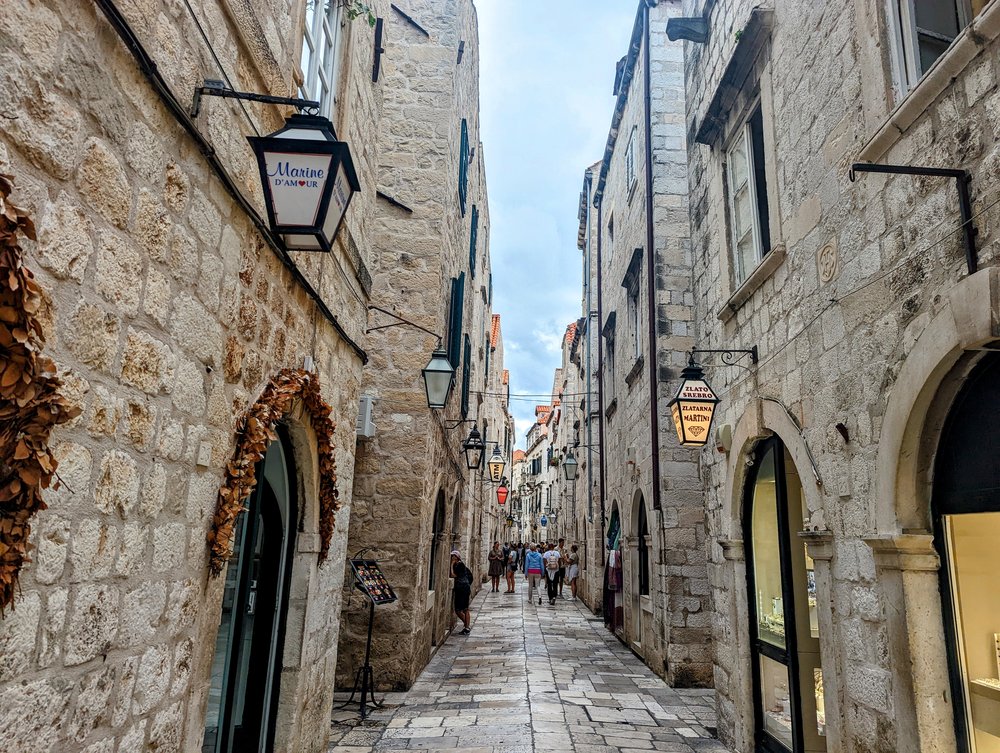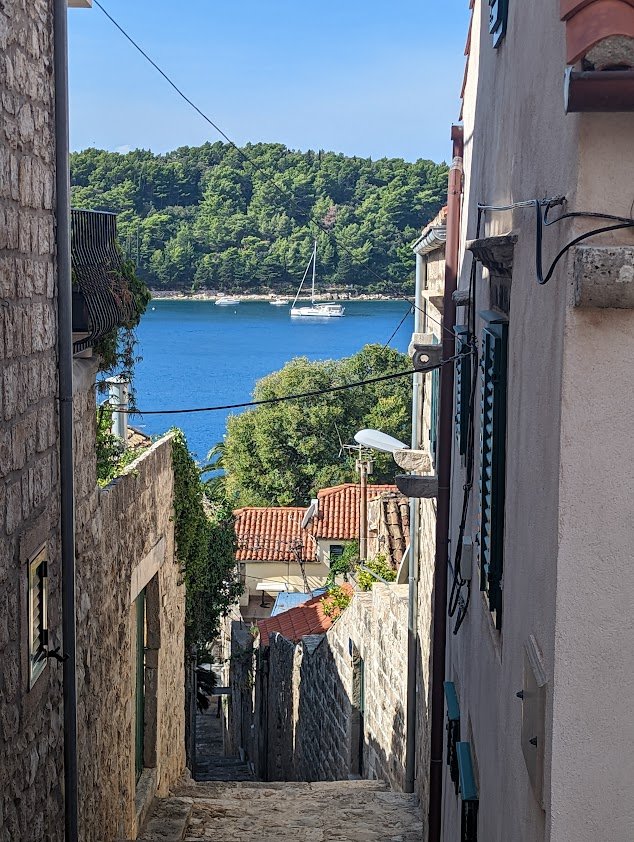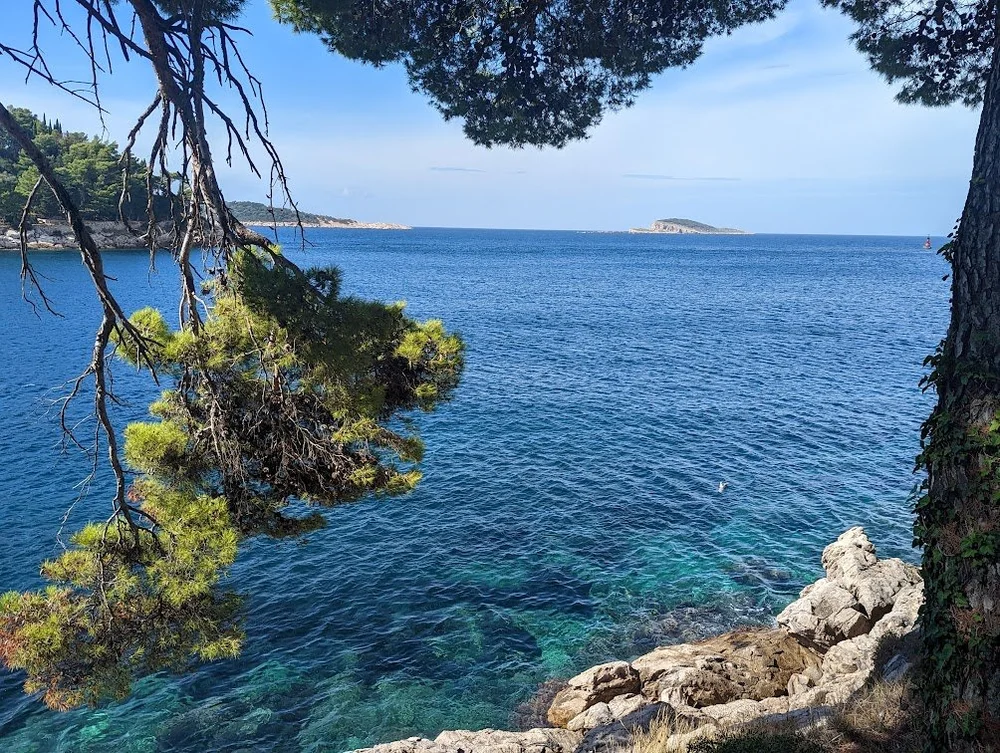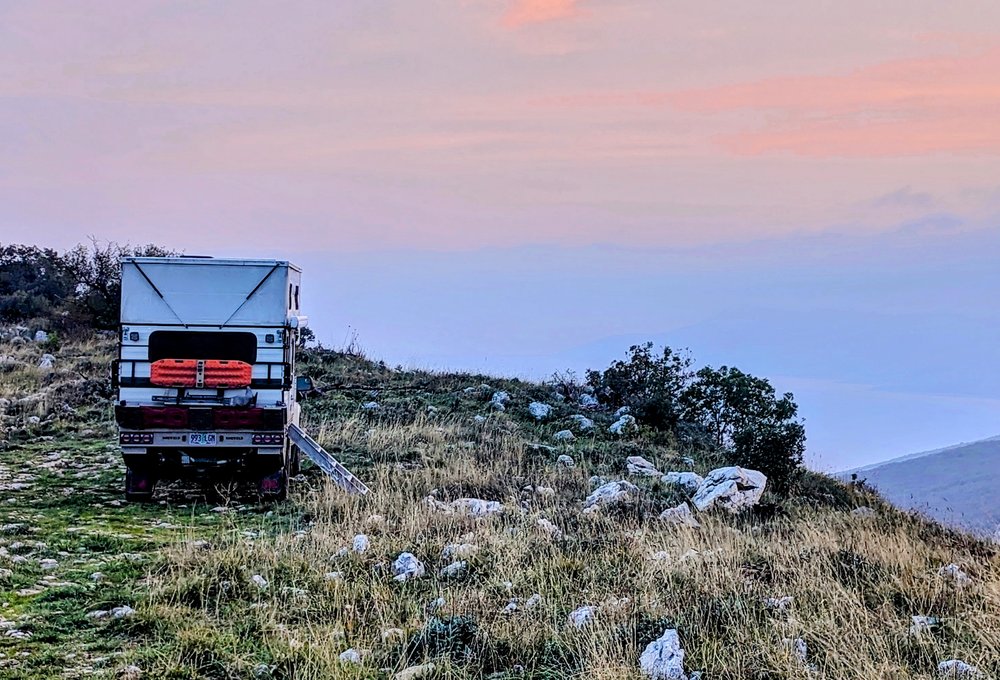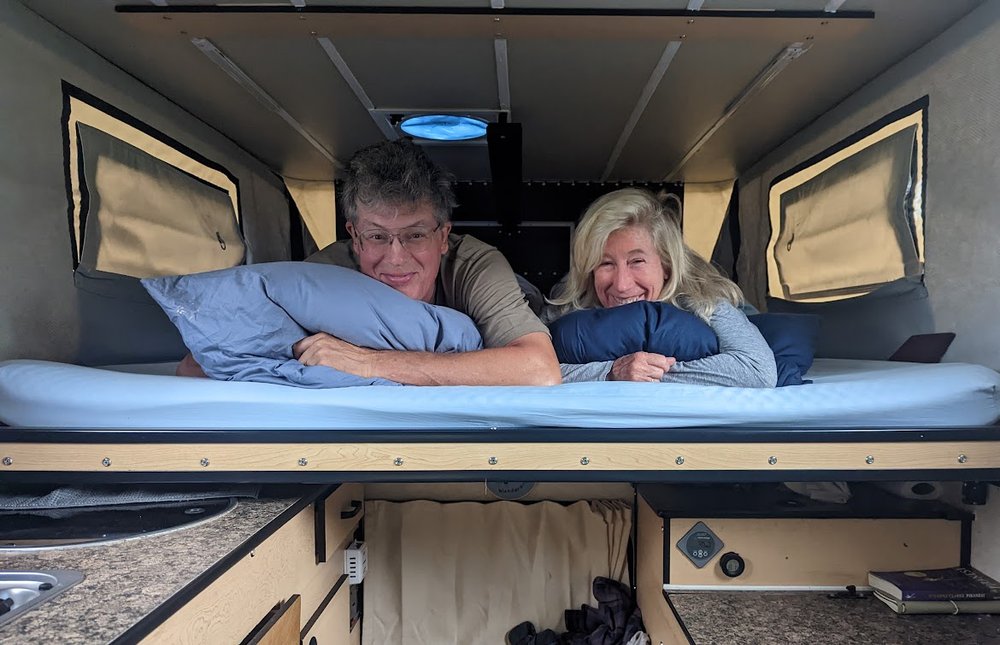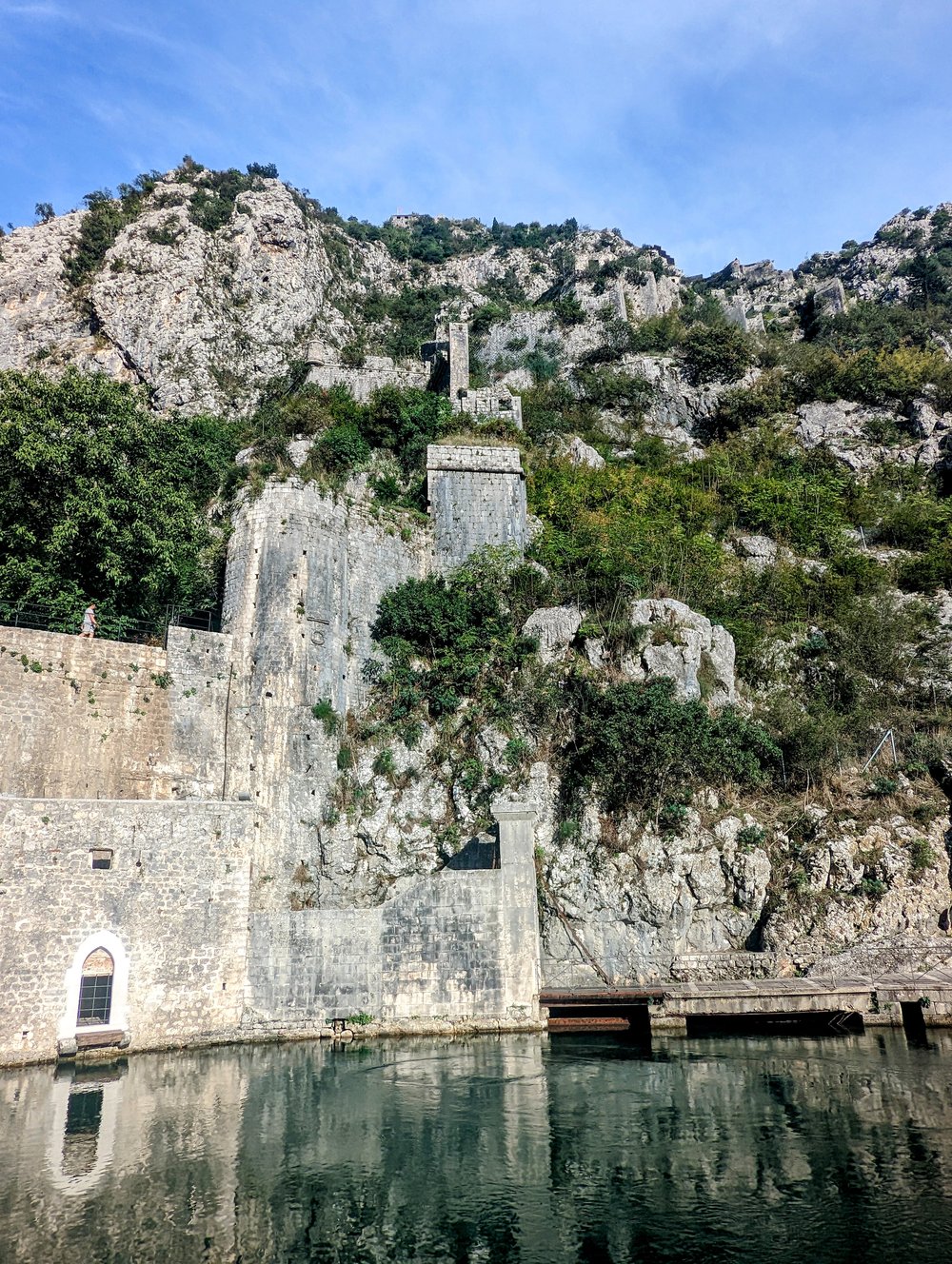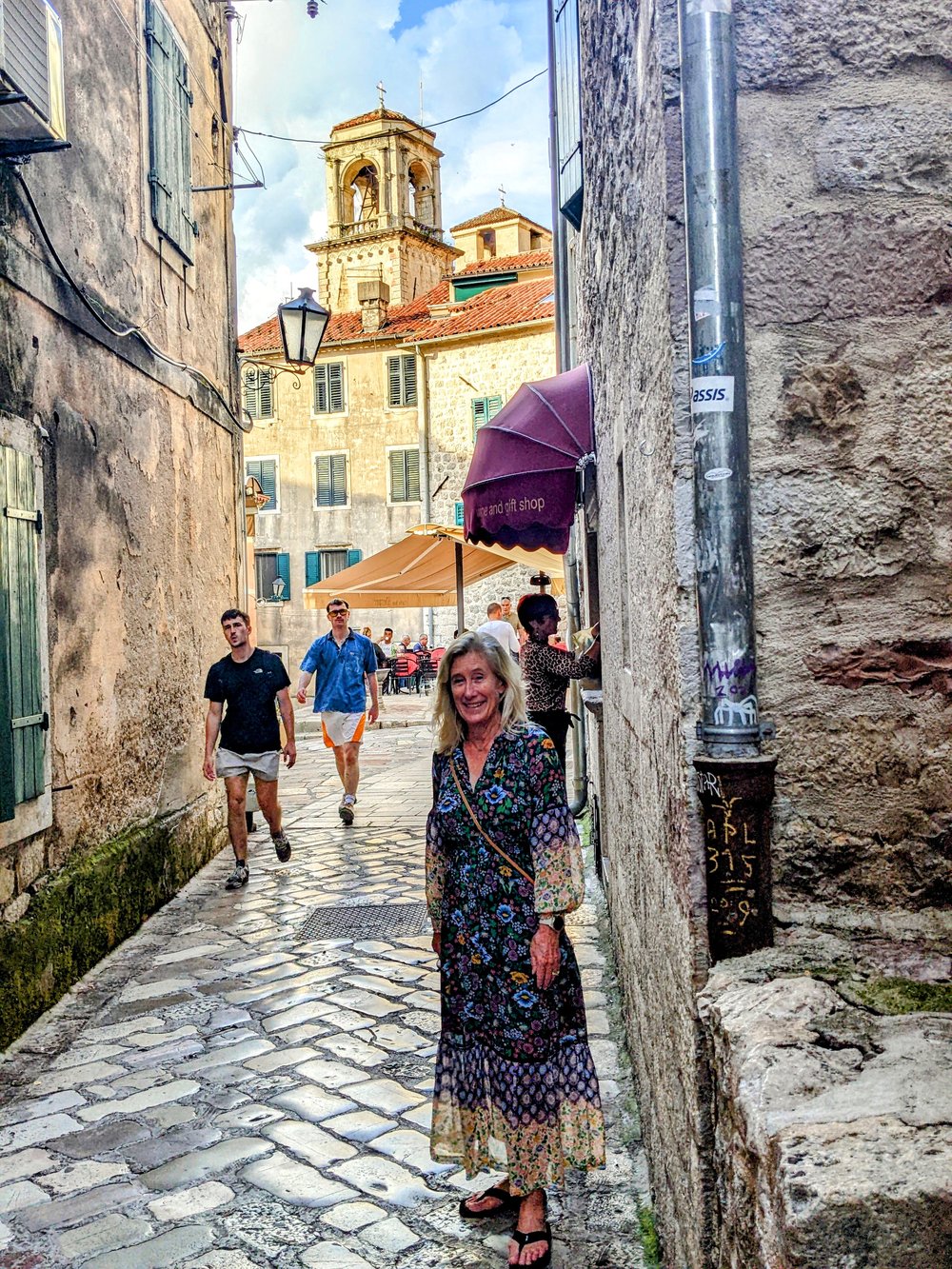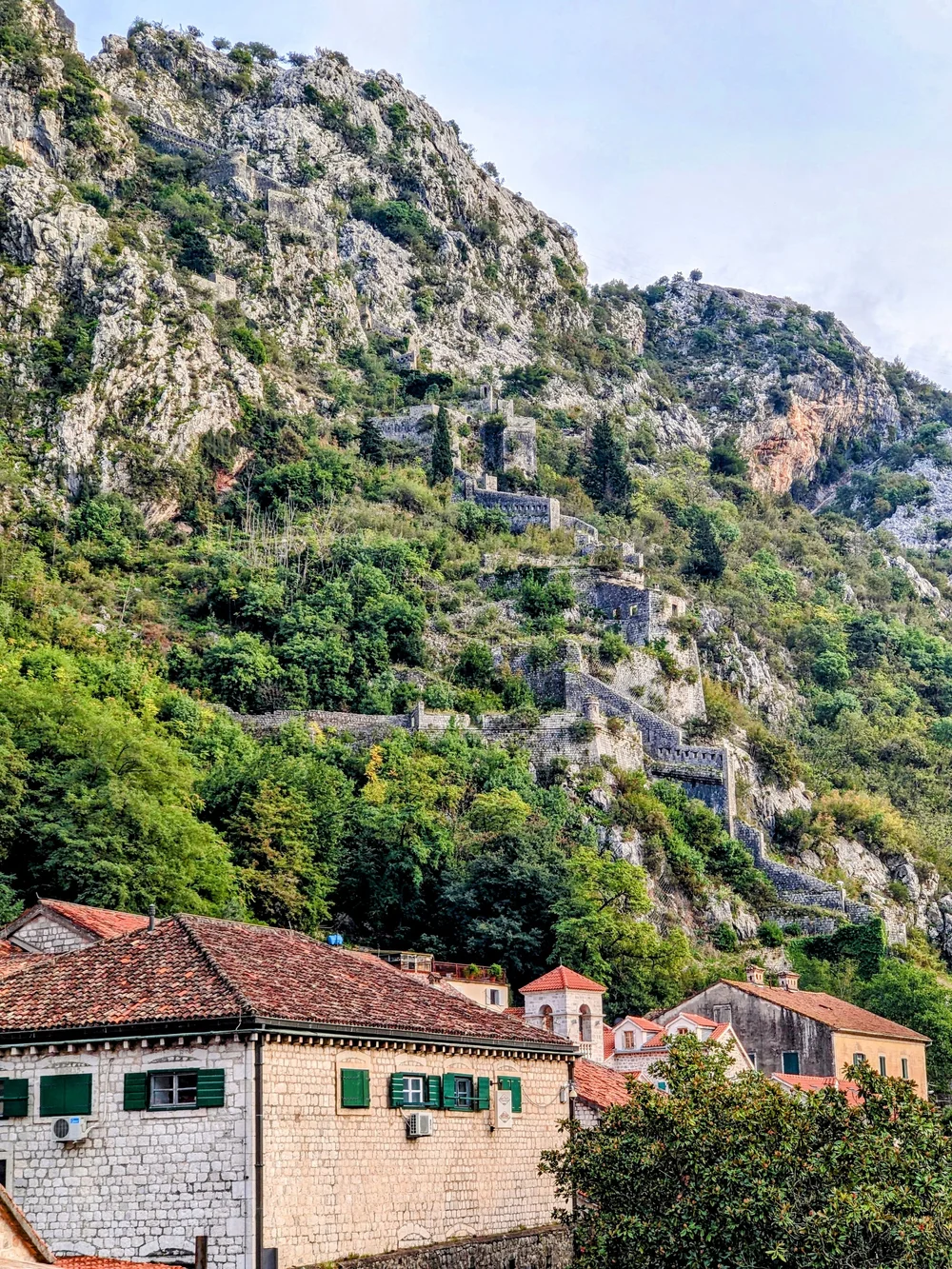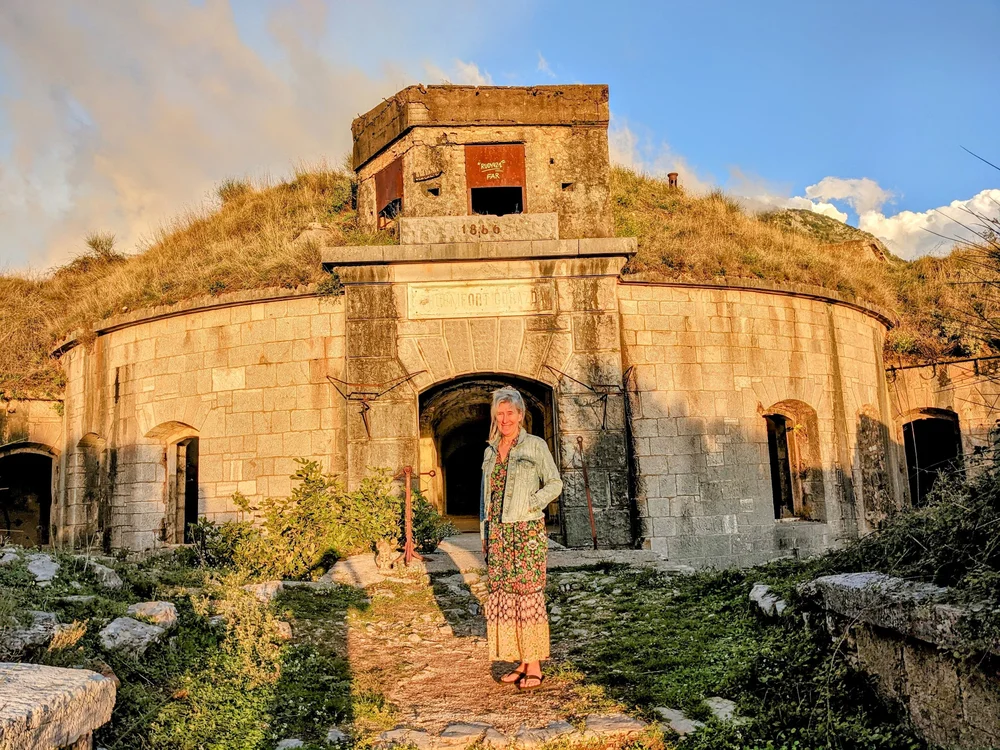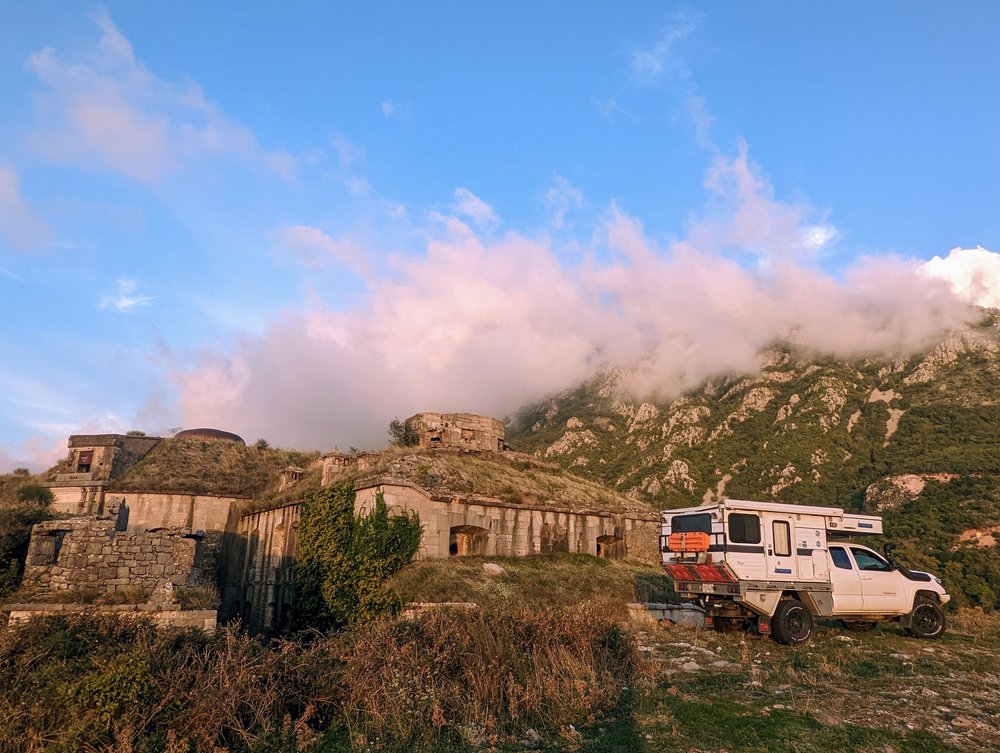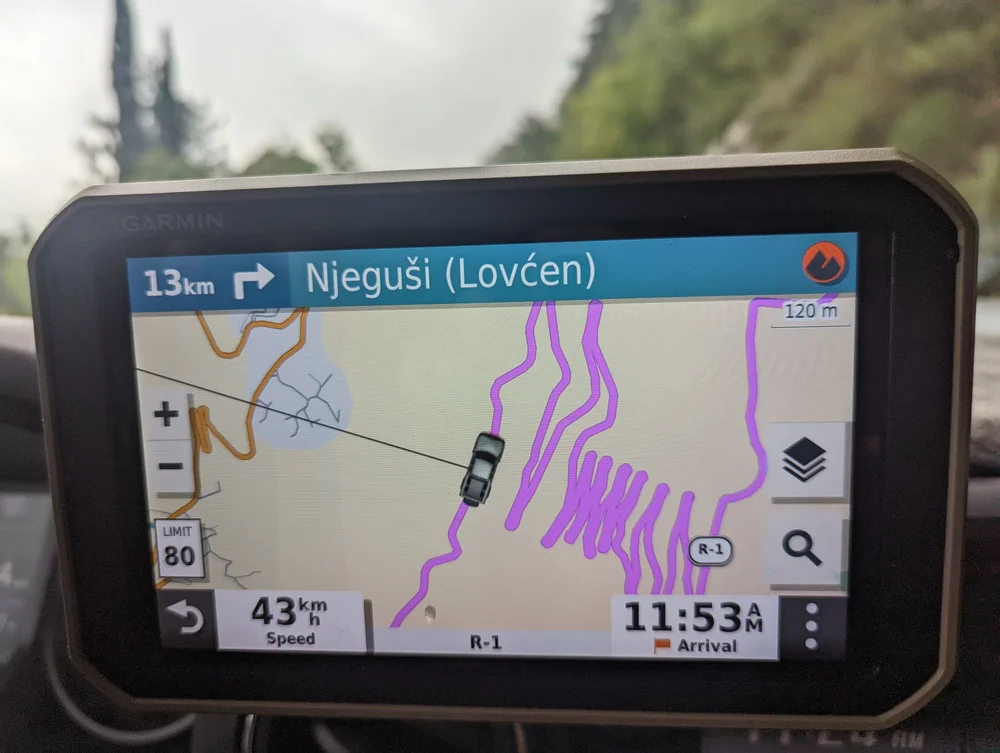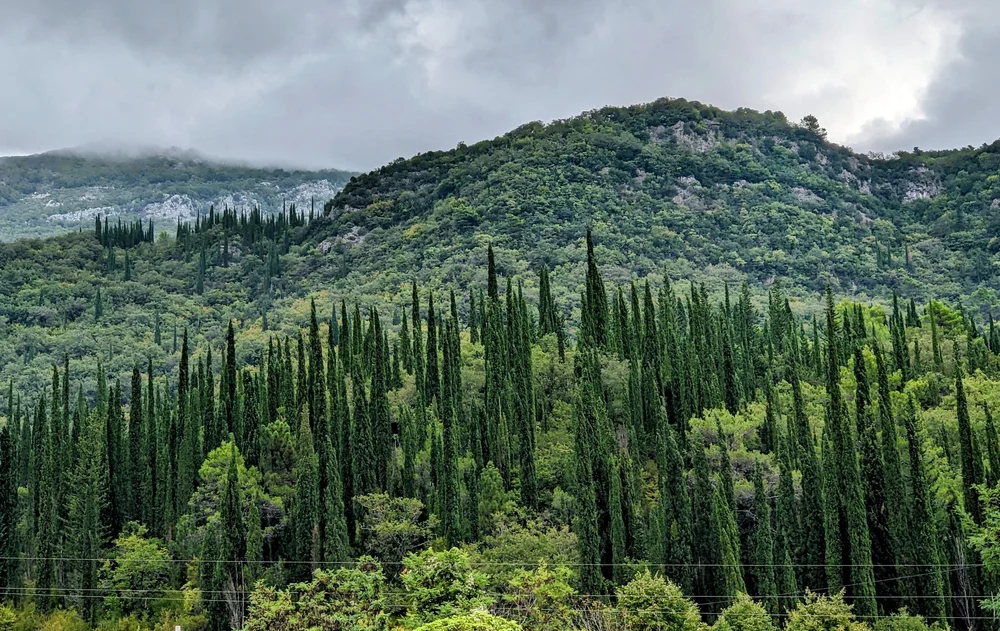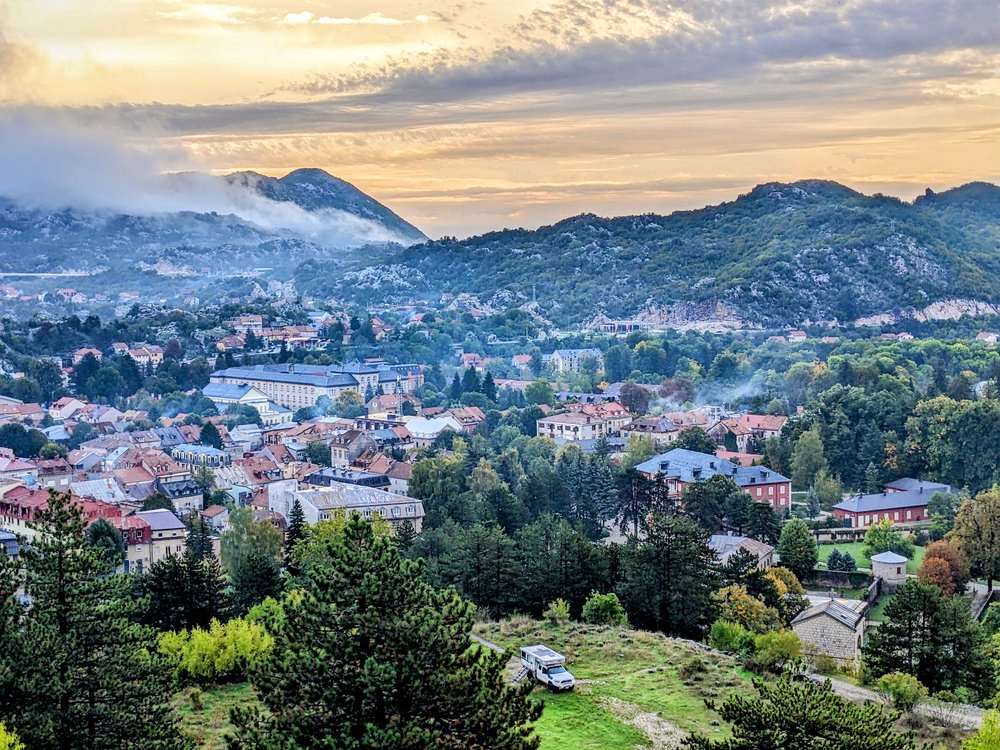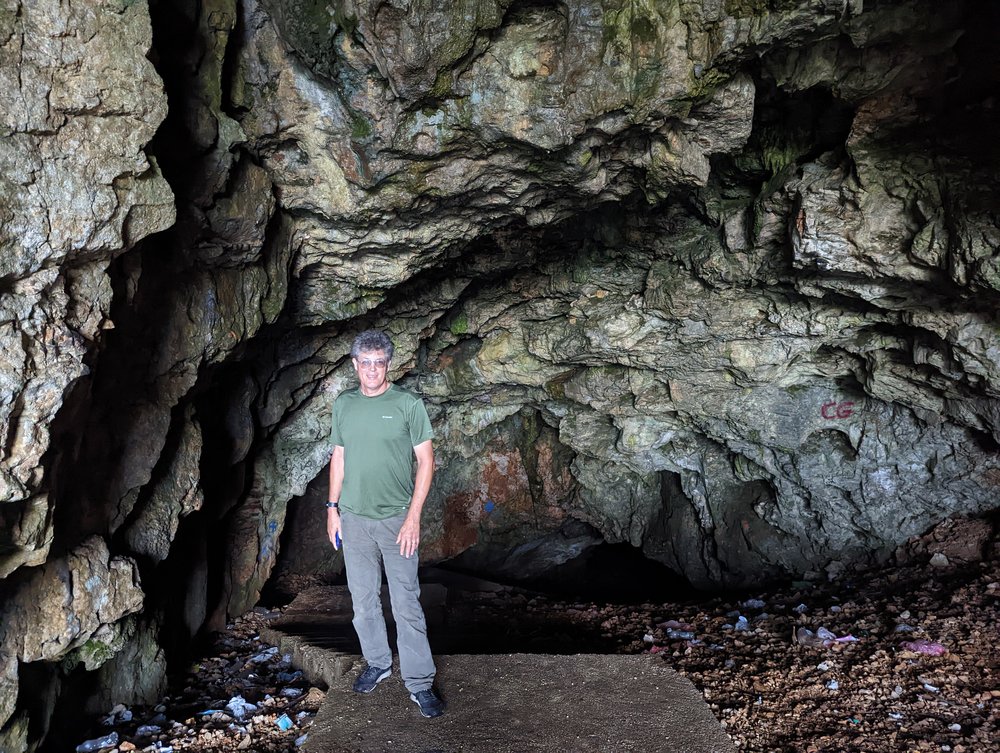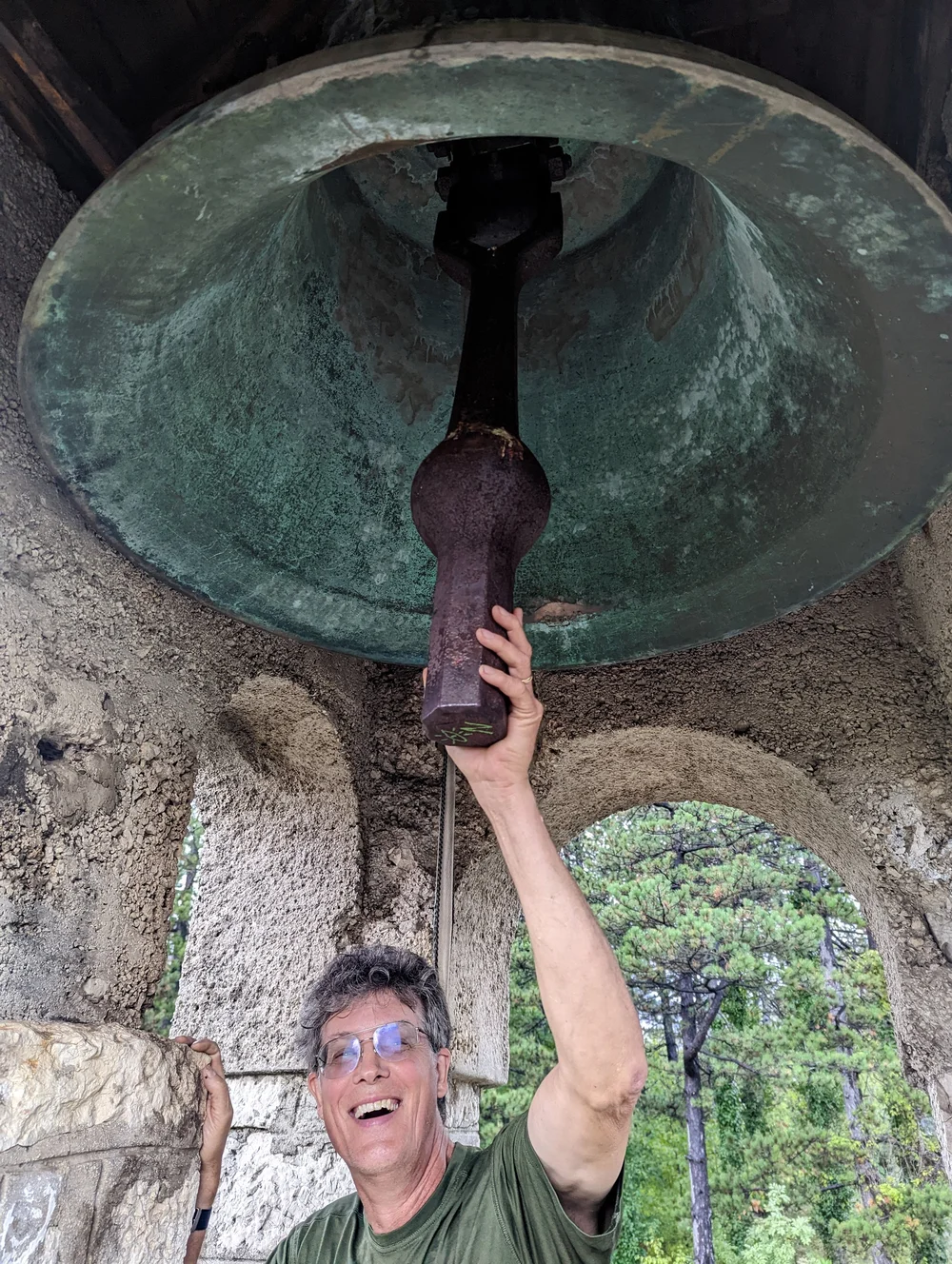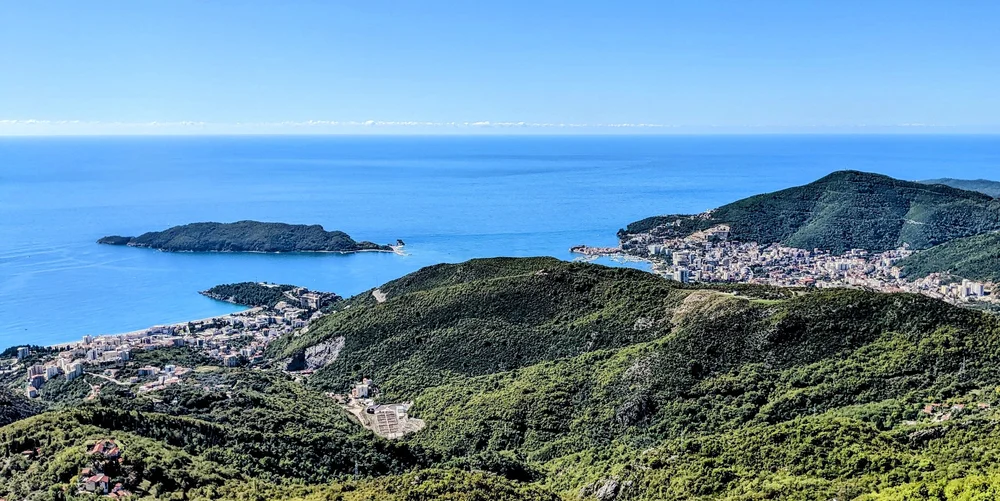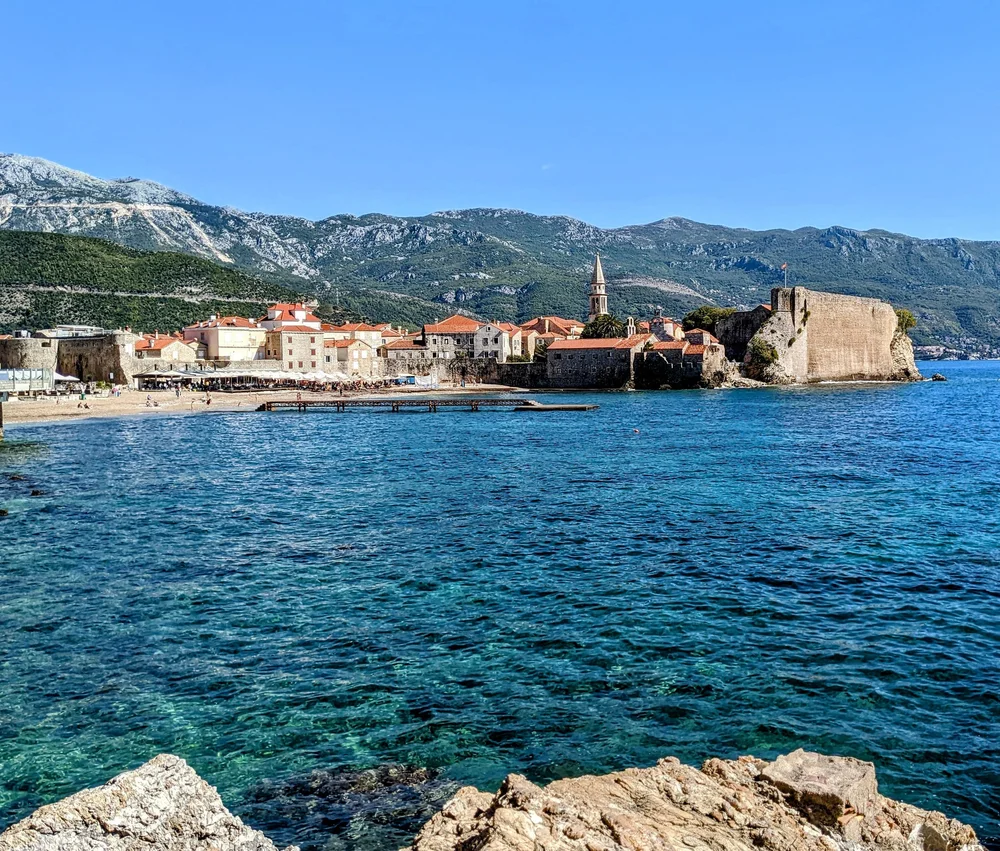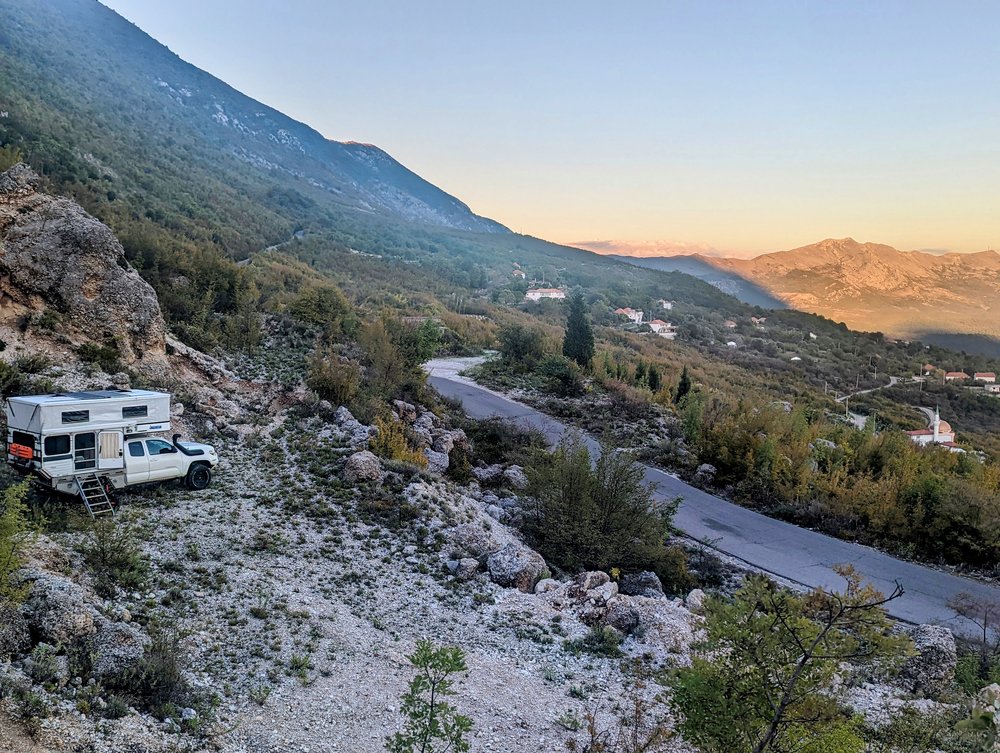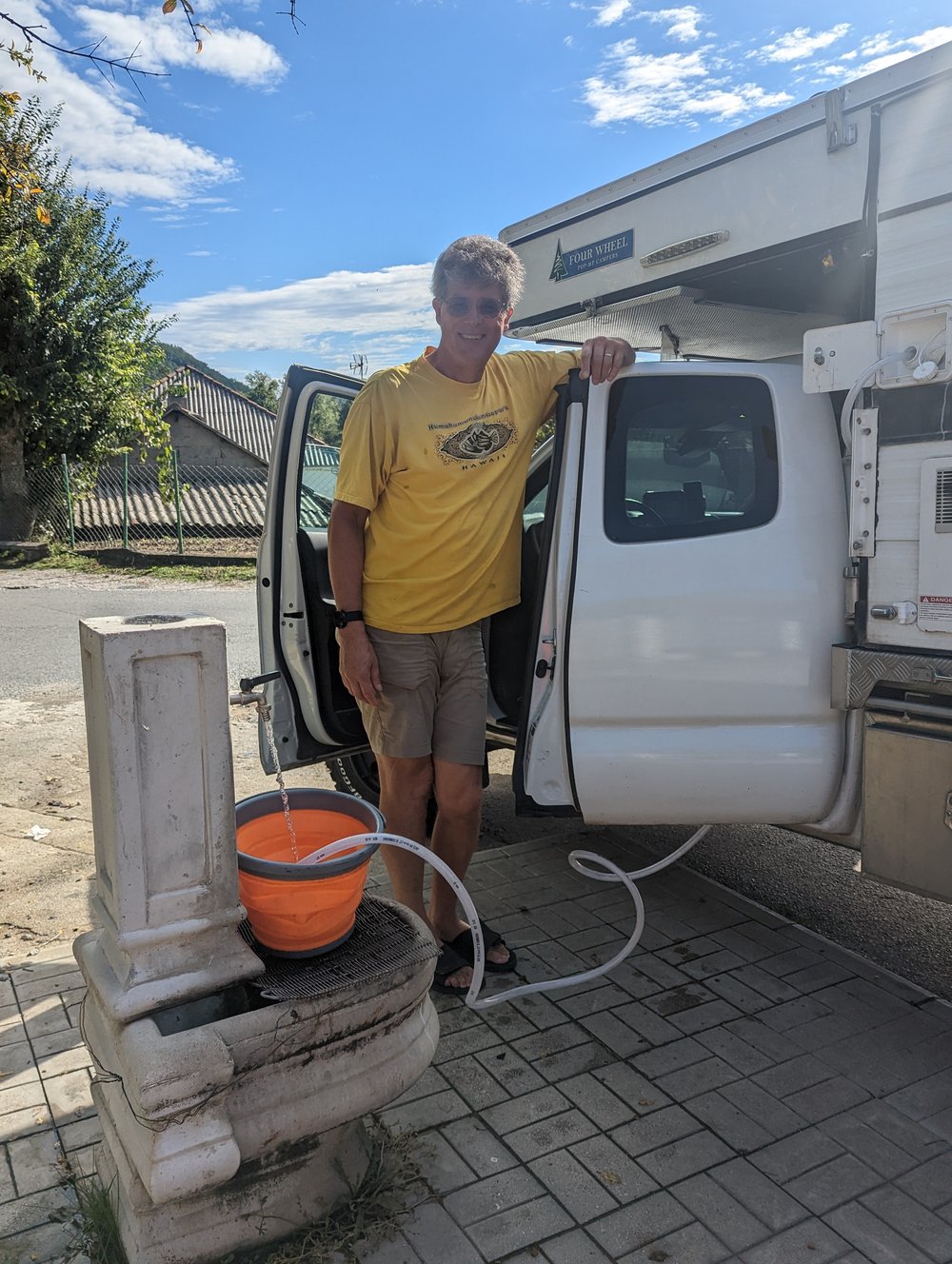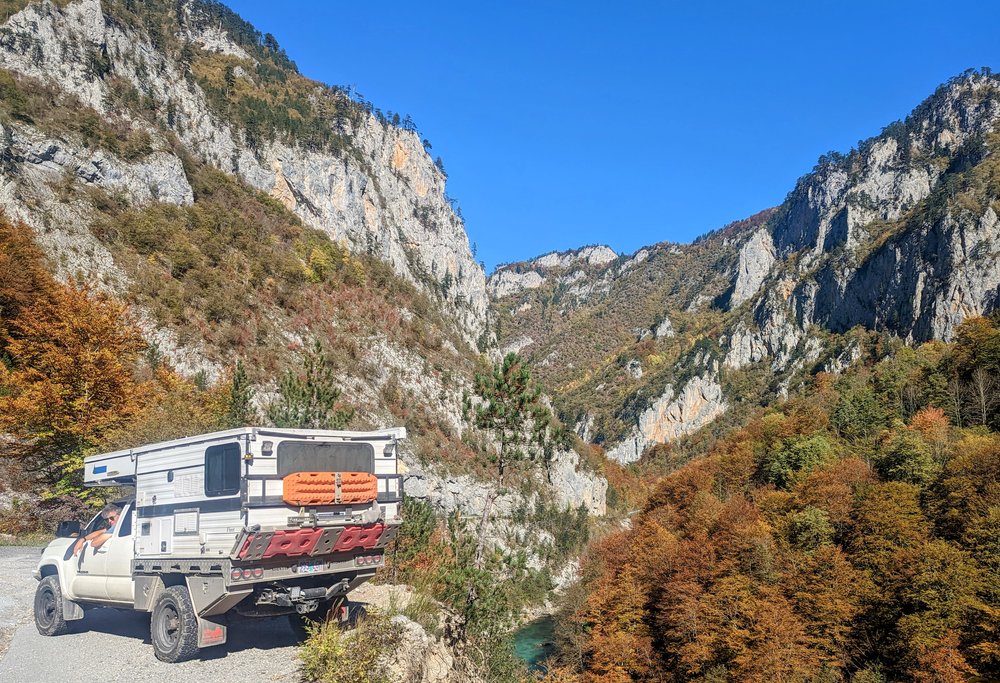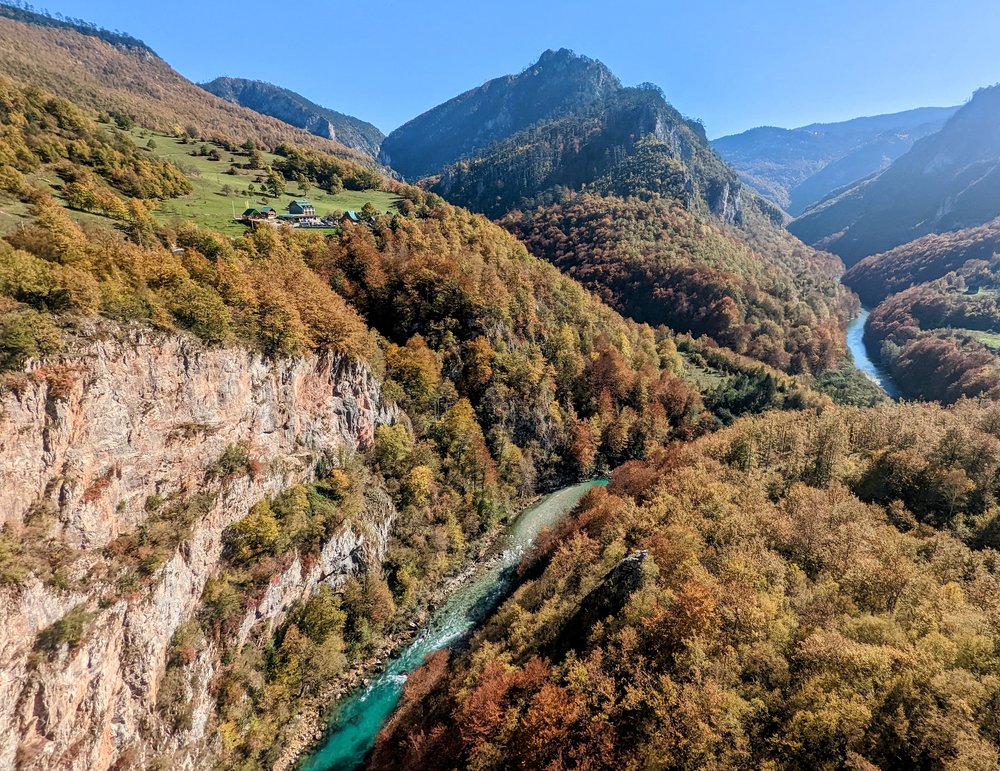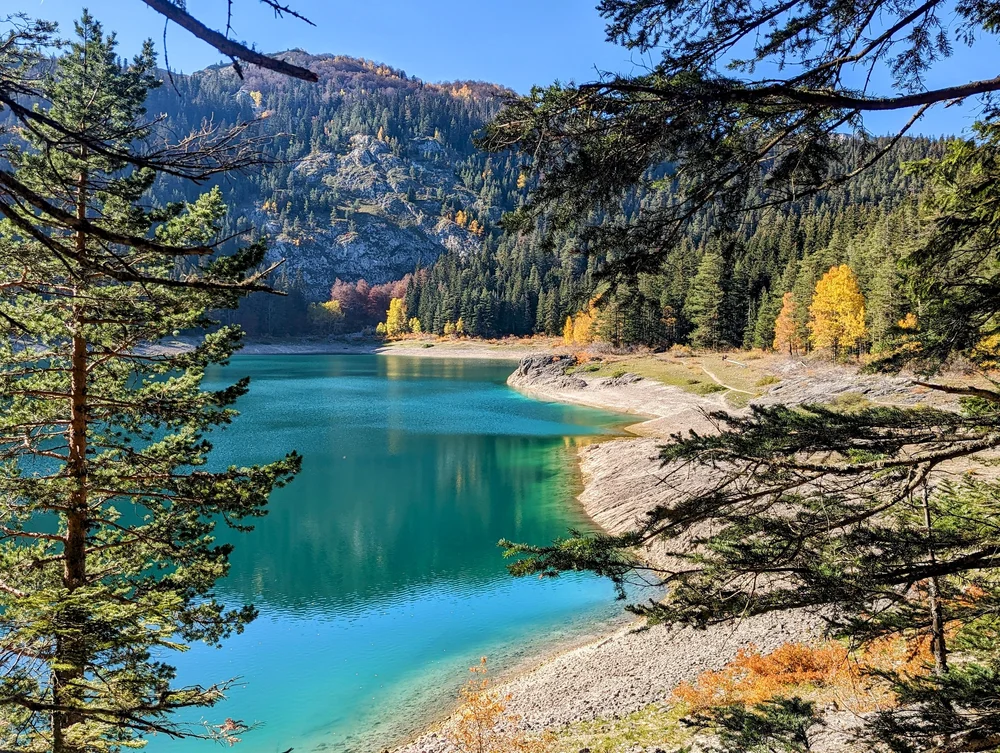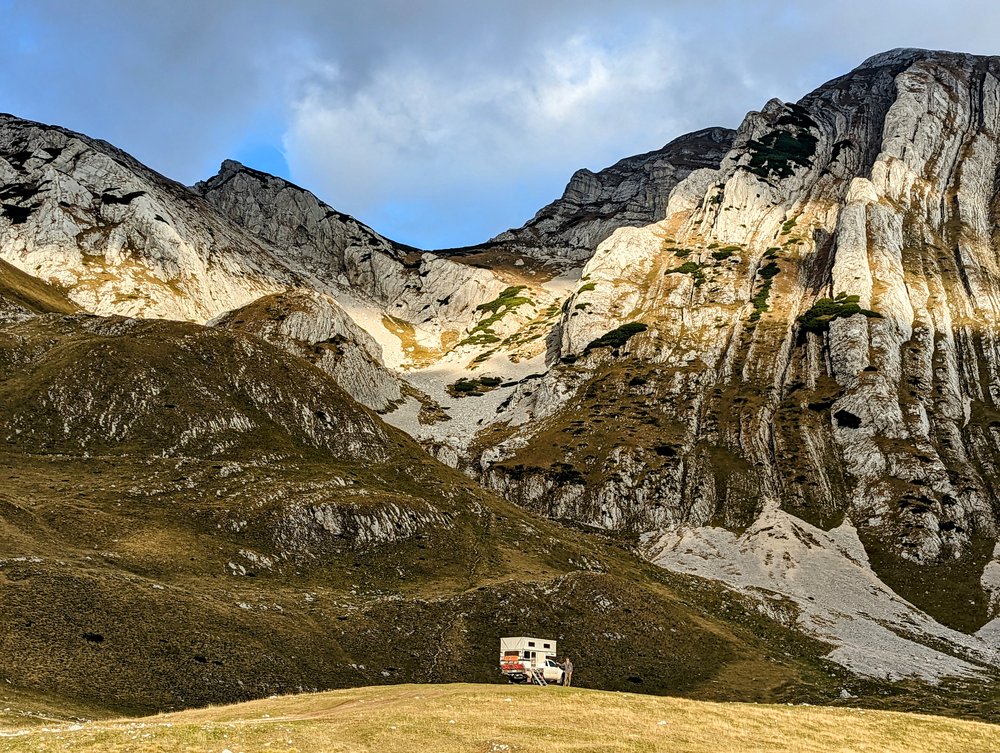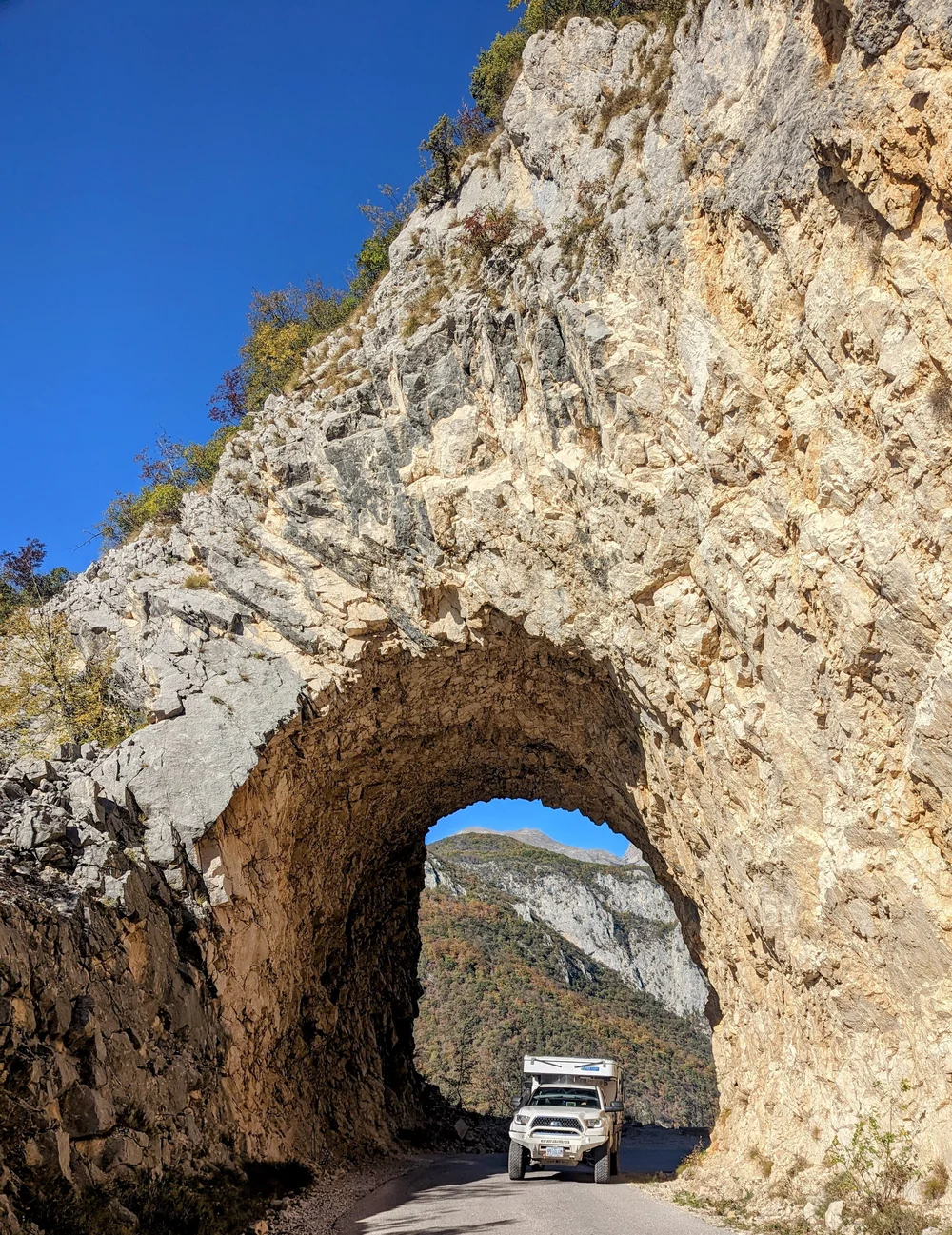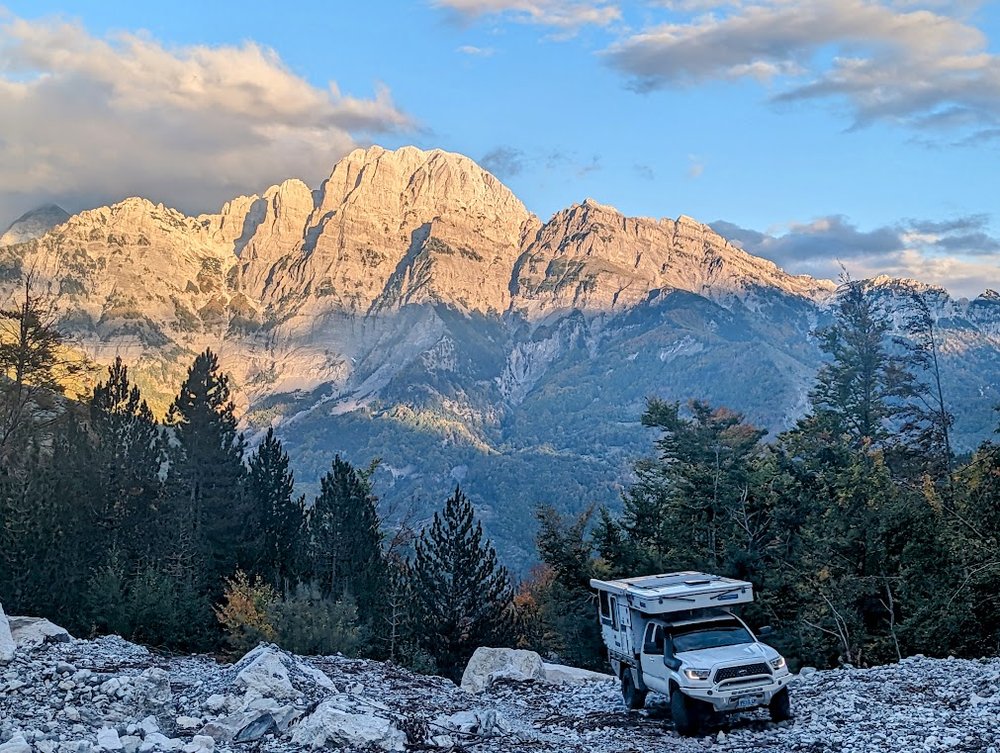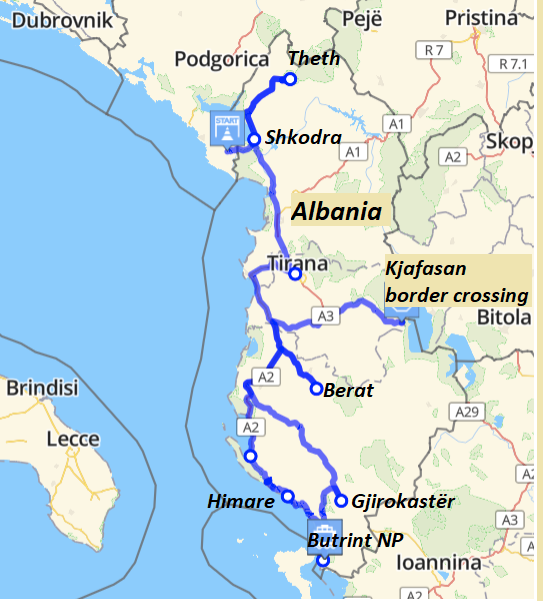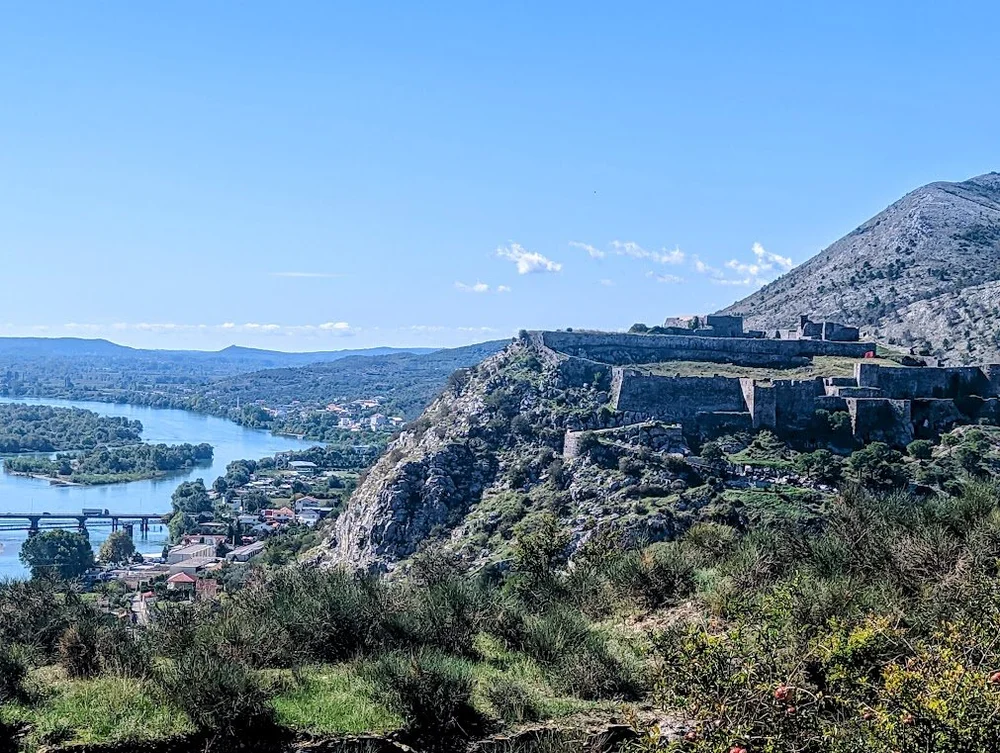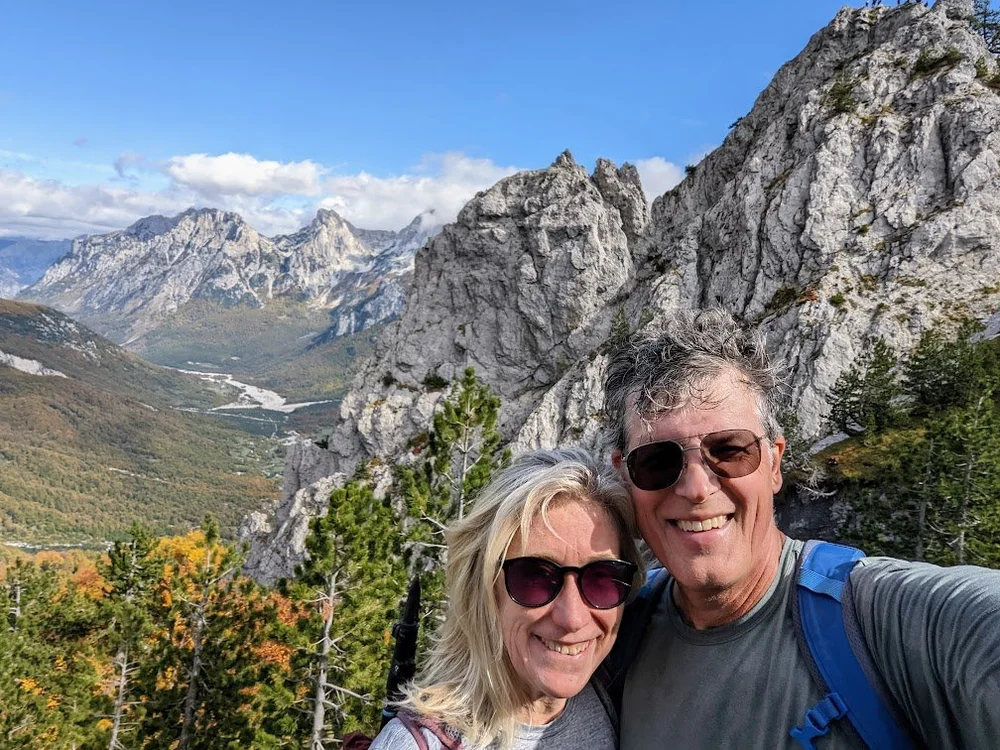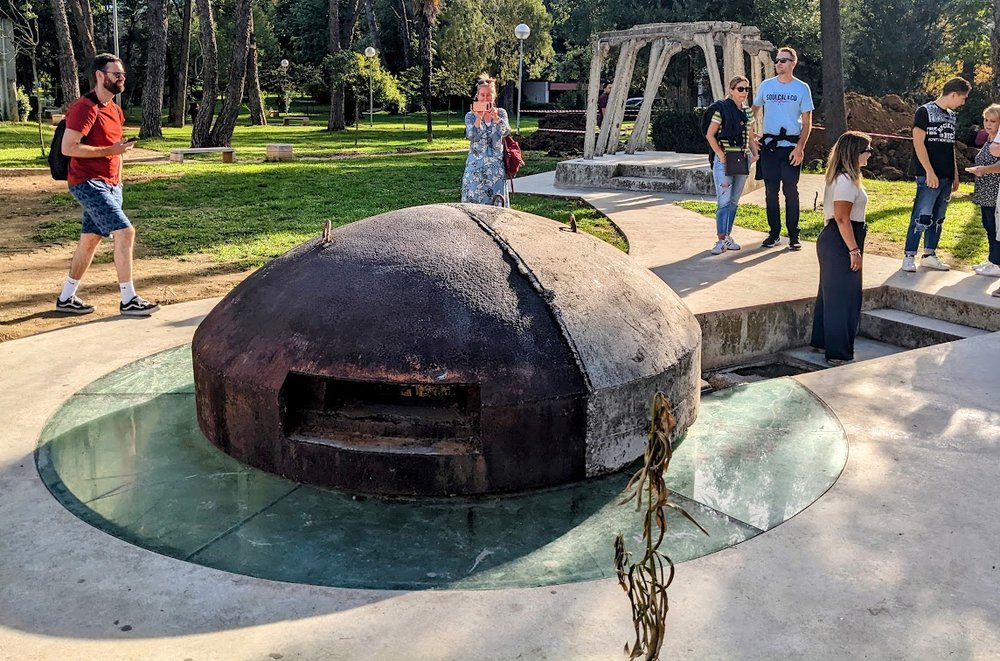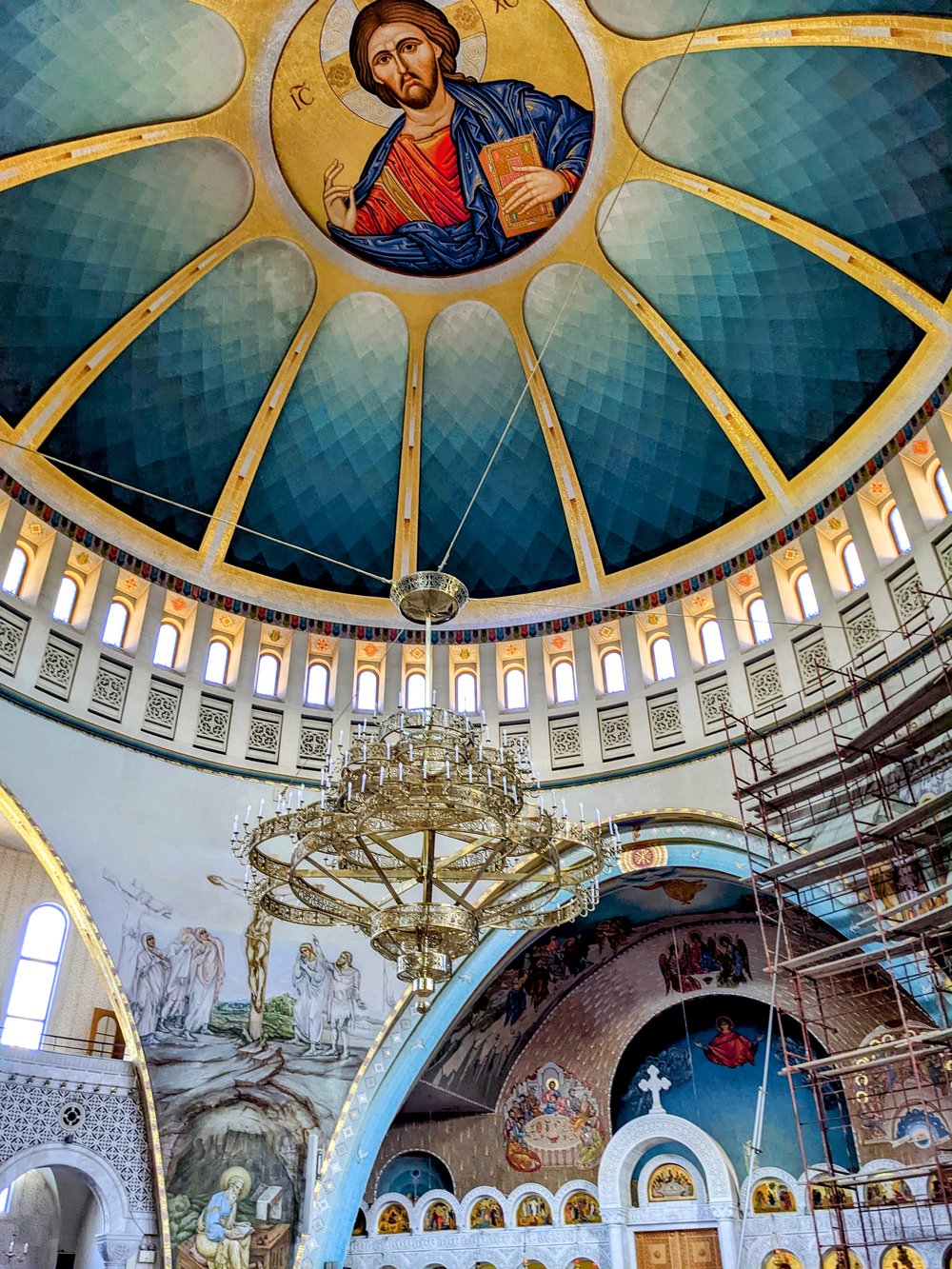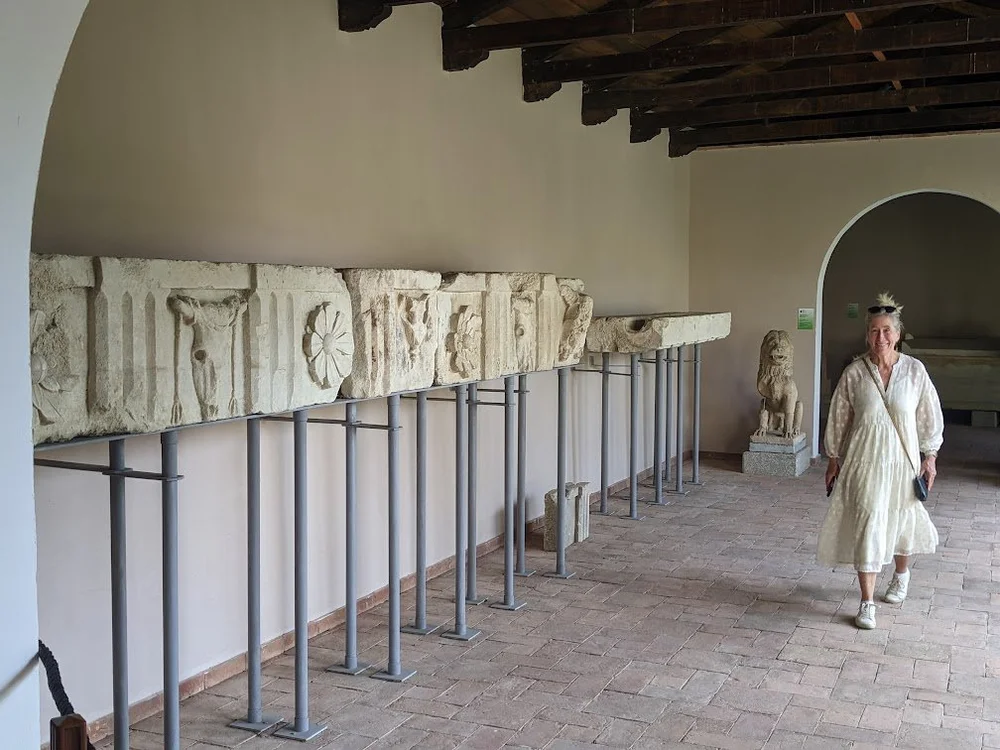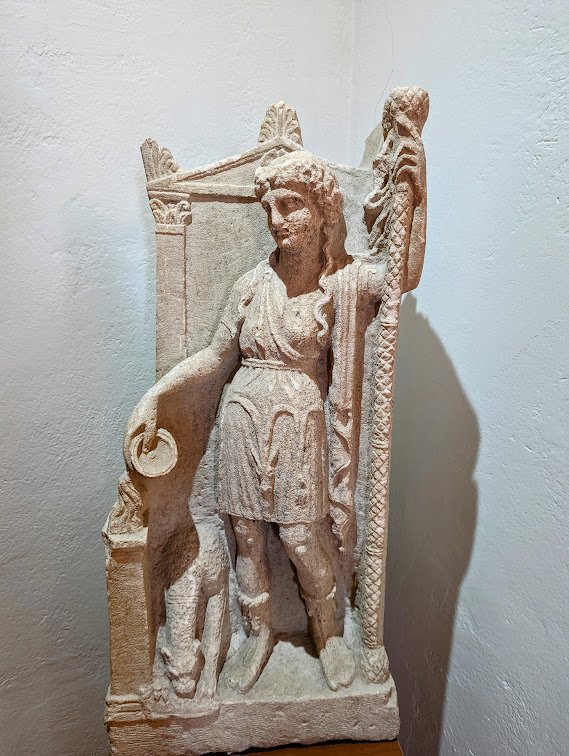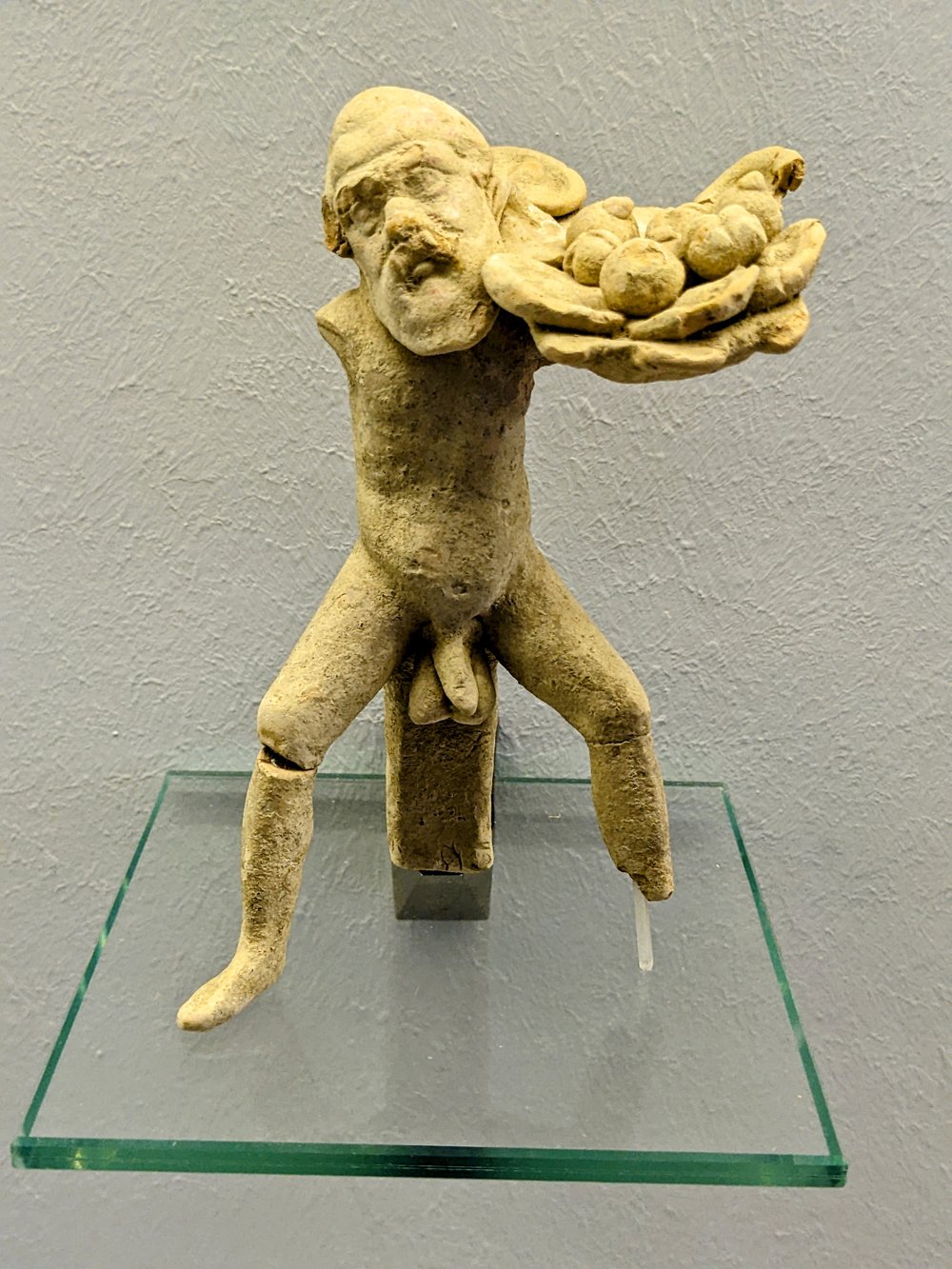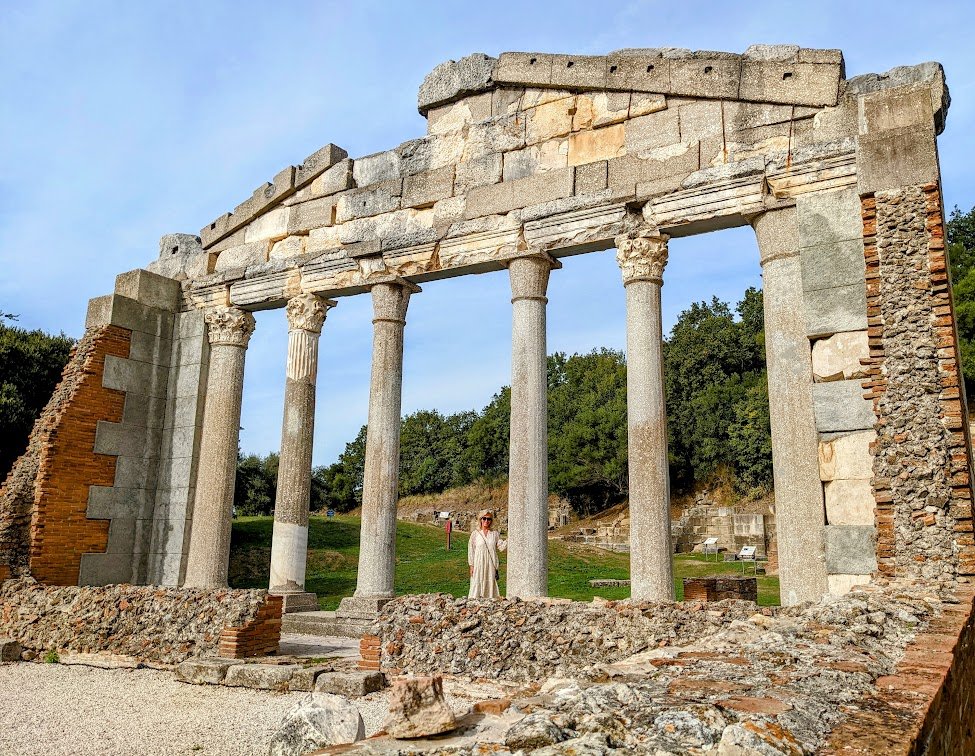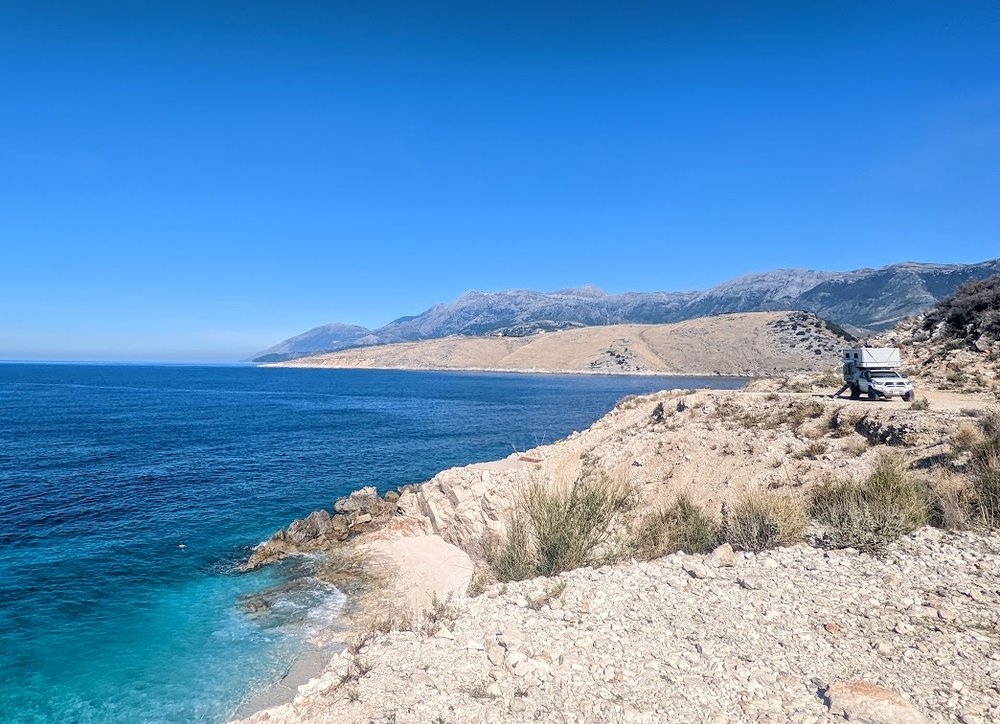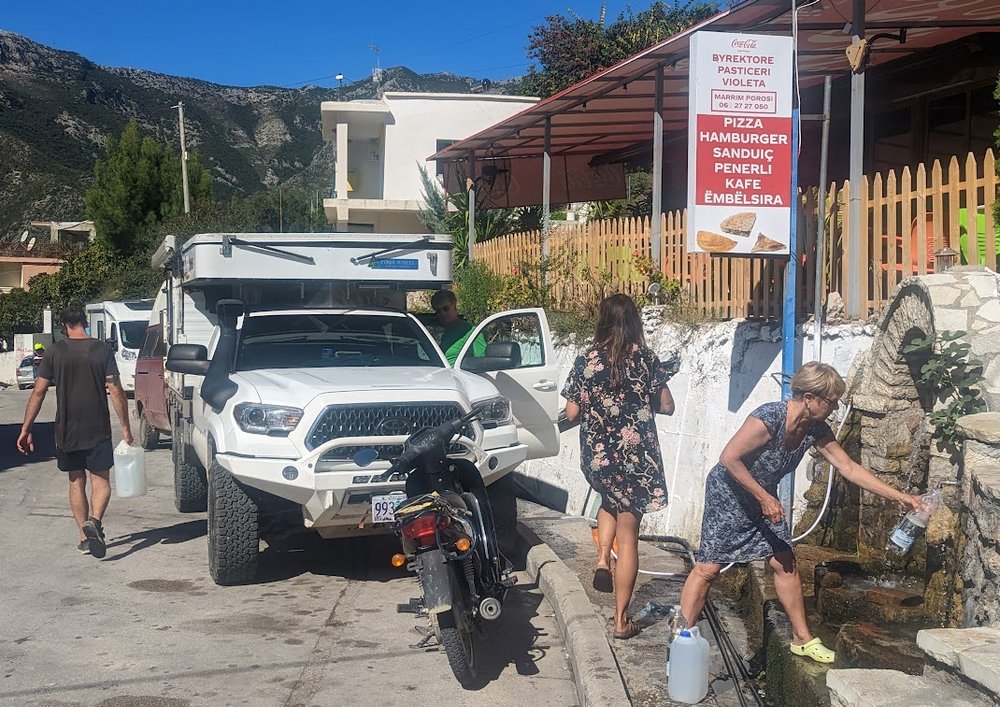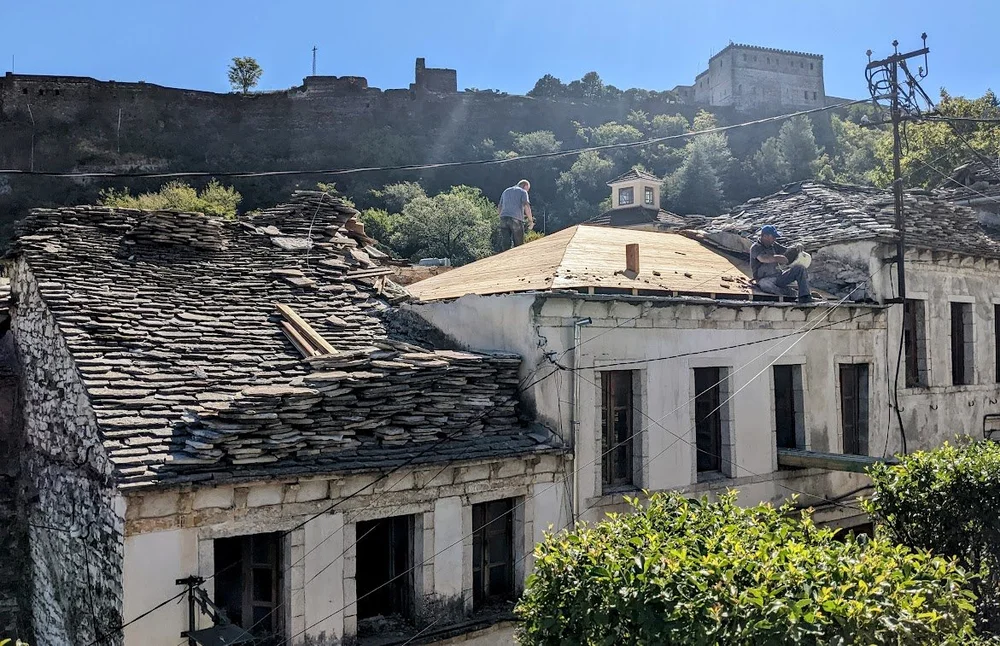tacototheworld
Well-known member
Northern France
After a spectacular four weeks in Iceland, we returned to continental Europe, mapping a somewhat chaotic zig zagging path from west to east and back, gradually working our way south (forever chasing the sun).
As always, our route combined a heightened awareness of time when we were in the Schengen zone, with a desire to see and take in as much as possible. All this as a caveat to say that we did not cover nearly enough of Northern France and sadly left a lot unseen. Northern France was a super surprise for us, pastoral, beautiful, filled with culture, historic chateaus, soaring cathedrals, cider, wine, champagne and idyllic villages filled with half timber houses.
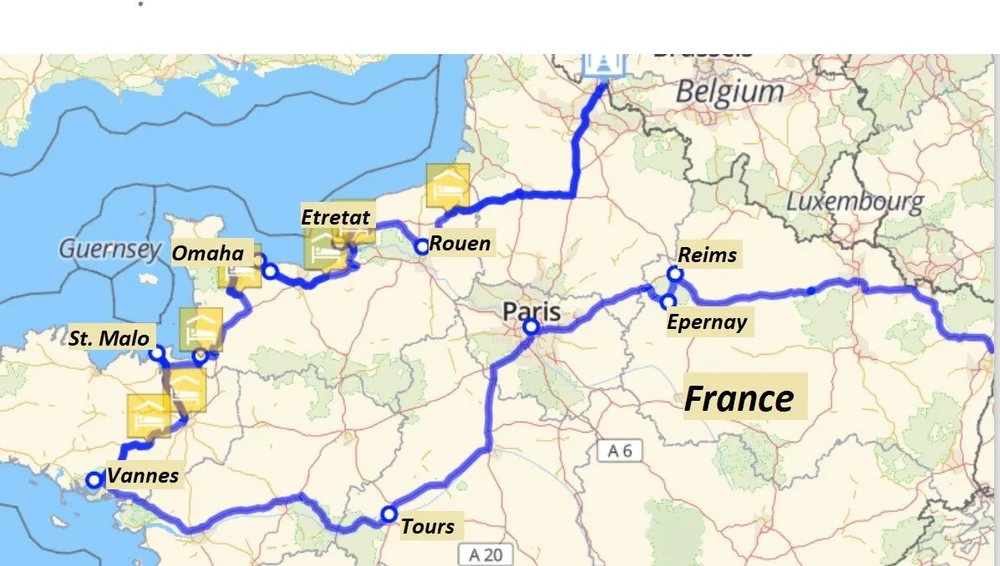
12 day route through Northern France, 1,300 miles
Normandy
Our first real stop was Rouen. Despite some scaffolding (ever present across historic buildings worldwide, ruining the authentic charm for photos) Rouen Cathedral was one of the most extraordinarily carved cathedrals we have ever seen.
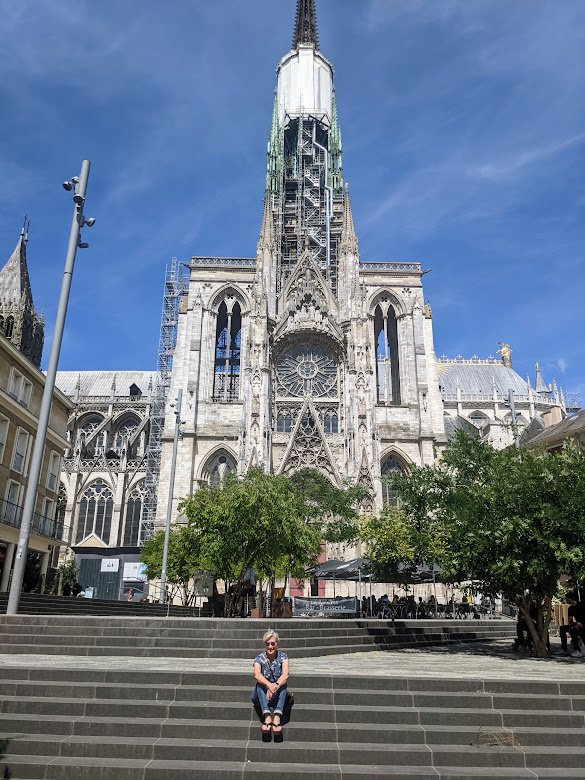
Rouen Cathedral
Next, out to the coast to the magnificent cliffs at Étretat. Enjoyed a stunning evening walk which made up for the deplorable camping site.
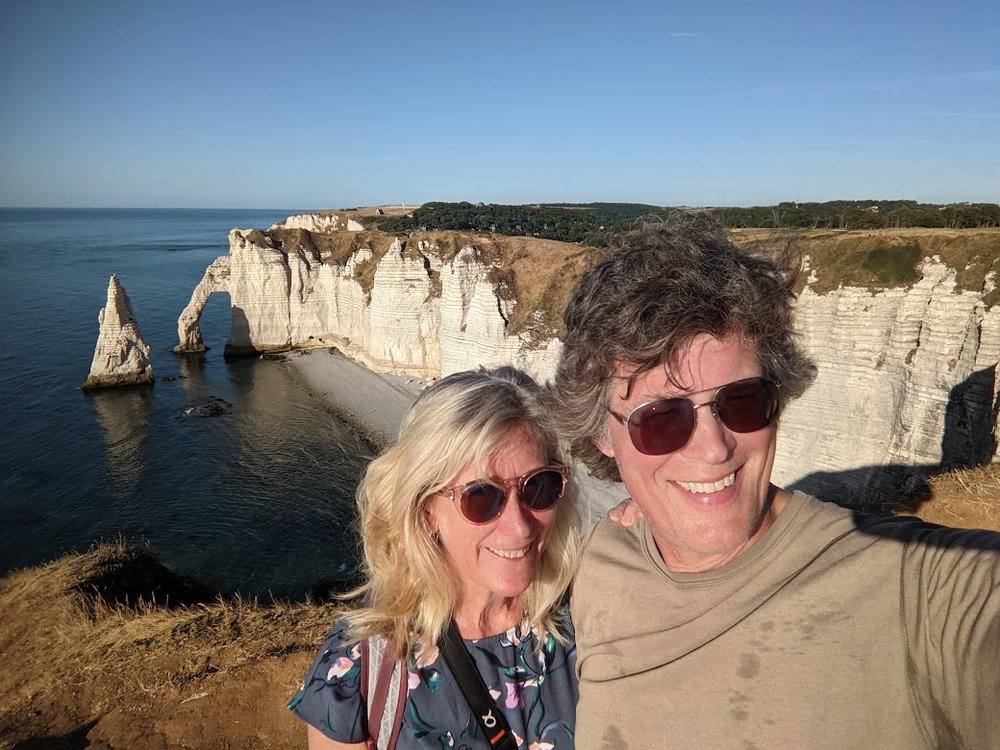
When in France, tasting food and drink is a requirement and our first venture was the cider route, a 25 mile sign posted route that winds through Normandy’s picturesque countryside
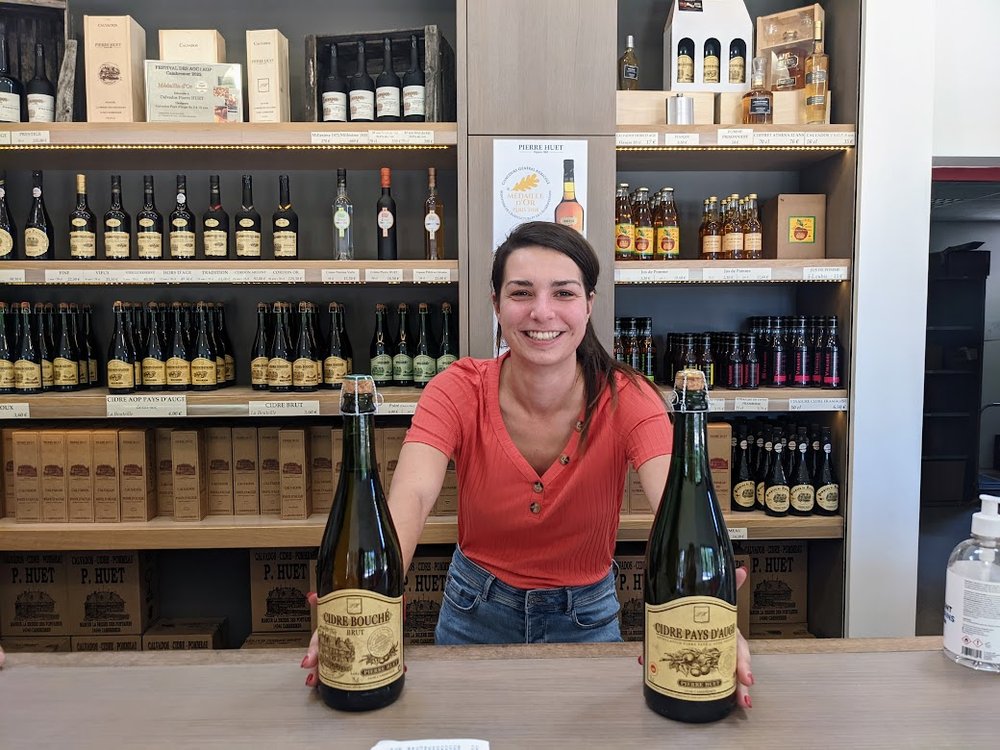
Tasting at Pierre Huet - most informative and welcoming bartender ever. Tasted everything from cider to calvados
With two bottles of cider in our mini fridge, we made our way along the coast to Bayeaux and the beaches of Normandy. Not being tapestry fans, we were on the fence about going to view the famous Bayeaux tapestry. An excellent audio tour guides you section by section through the 11th century masterpiece, panels detailing the story of the Duke of Normandy (William the Conqueror) successfully winning the battle of Hastings and conquering England in 1066.
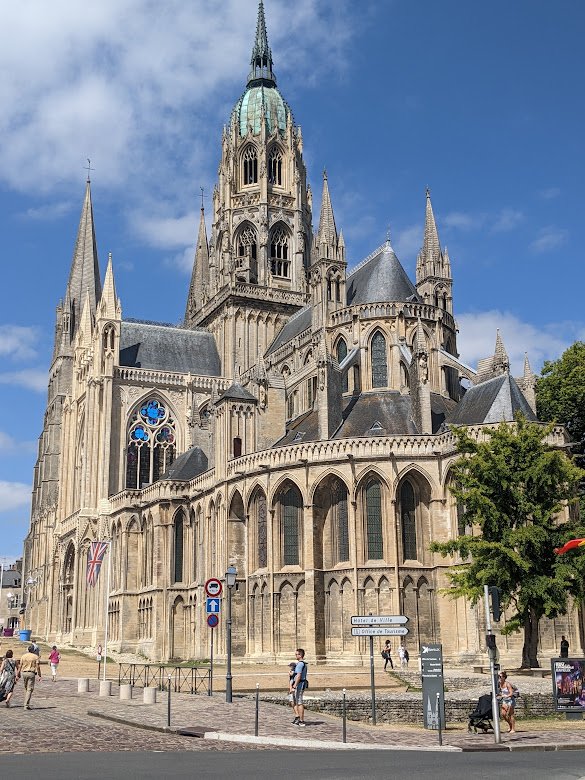
Bayeaux Cathedral
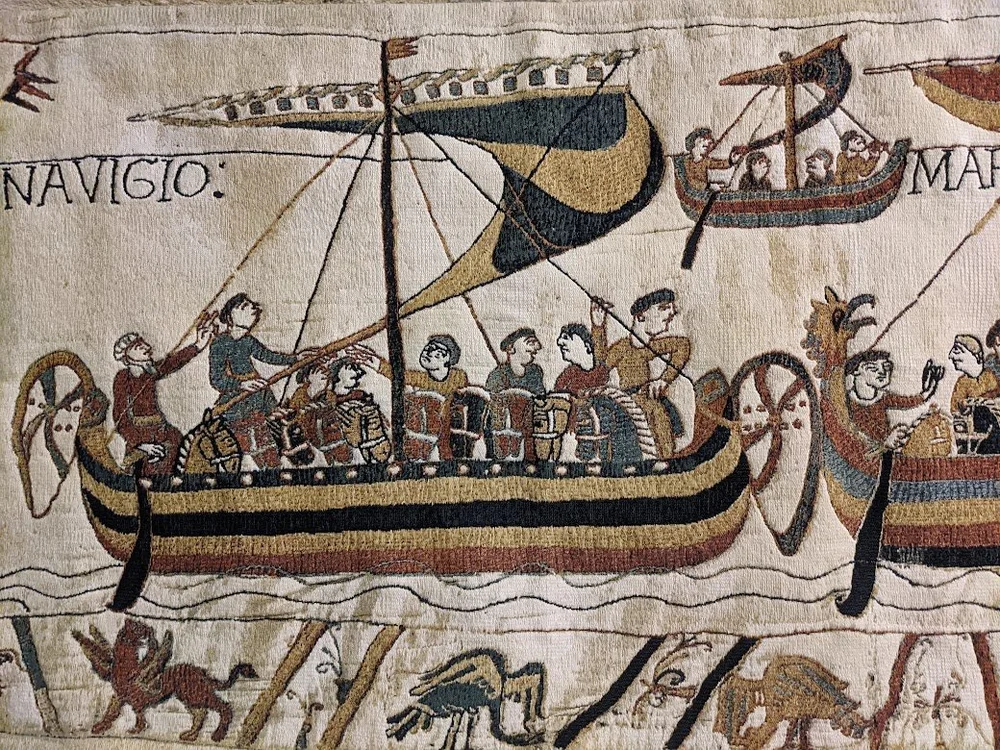
Bayeaux Tapestry, 11th century storytelling in pictures
We combined our admission to the Bayeaux Tapestry in a package deal with admission to the excellent Battle of Normandy museum. Jumping forward almost nine centuries to another successful invasion, this museum gave an excellent overview as we prepared for our visits to the beaches of Normandy.
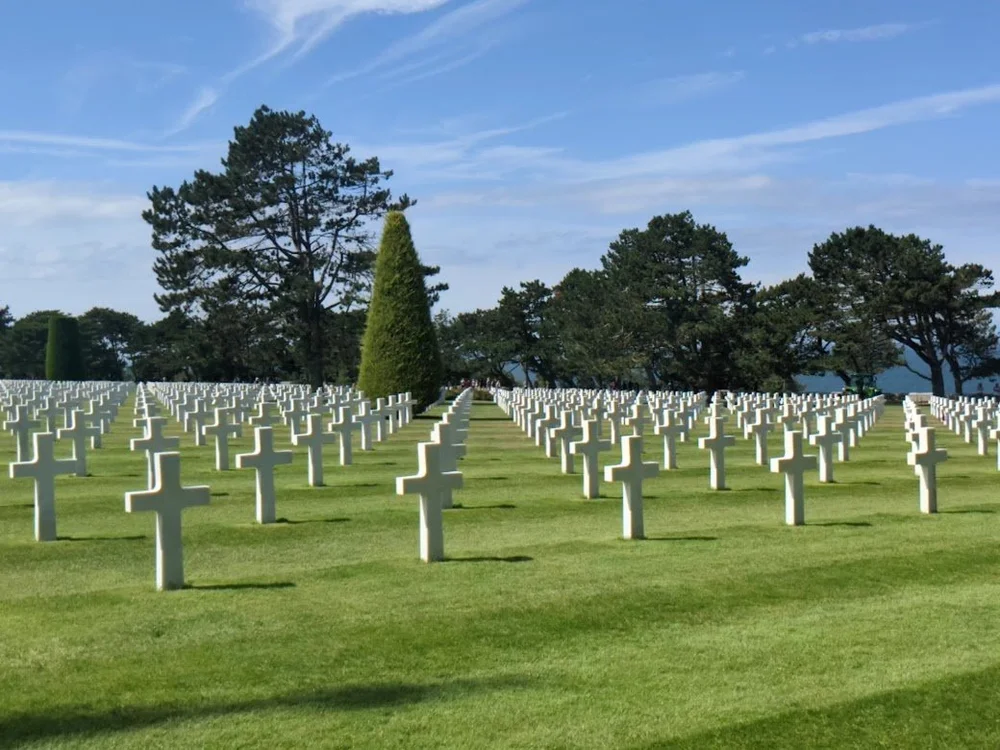
Almost 10,000 crosses at the American Cemetery for those who lost their lives in the D-Day landings and ensuing operations.
Sobered with the enormity of the sacrifice brave people made to fight the horror of the Nazis, we left the beaches and made our way to an extraordinary historical and archeological site, Mont Saint Michel.
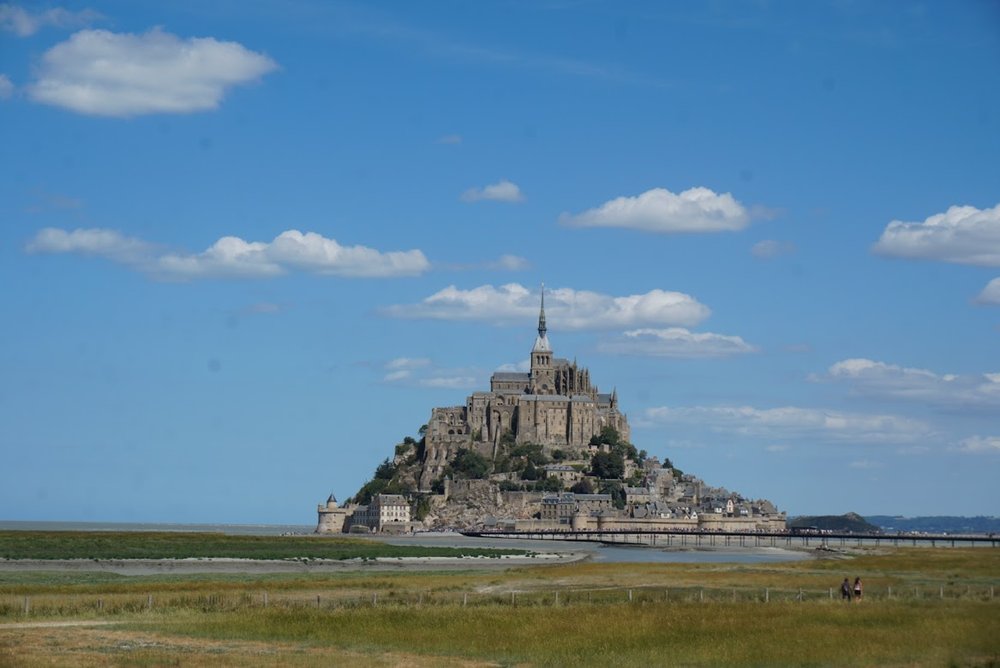
First awe inspiring view on the horizon
We could not believe that we had not repeatedly heard of this place as a destination, it was so amazing. An abbey and village built on a rock in the ocean starting in the 8th century, wow. You can walk out the bridge and visit the village below the abbey anytime. But we chose to book admission and a tour at the abbey which was absolutely worth it - a fascinating history lesson through the ages of France.
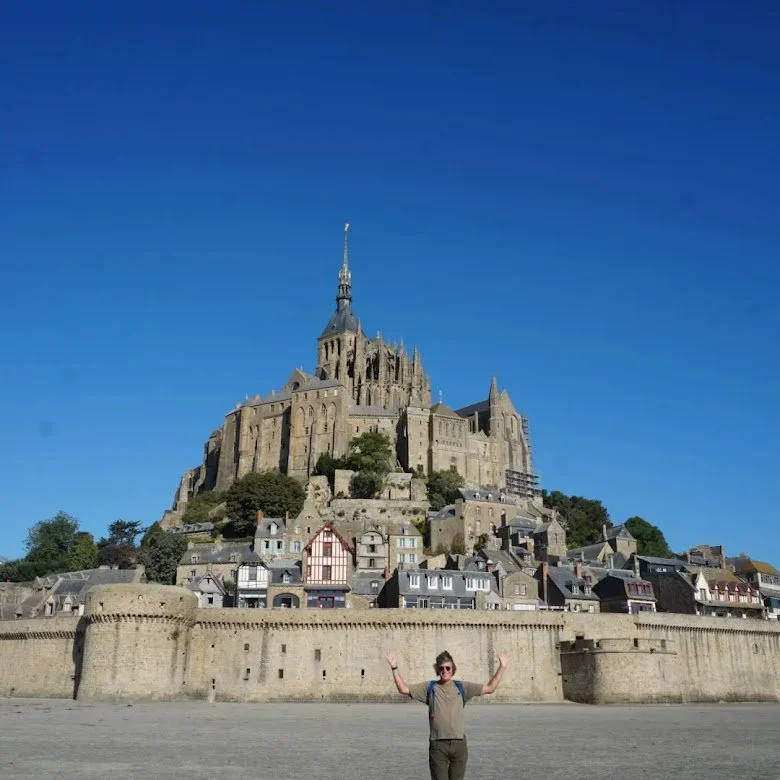
Walking out on the tidal flats that separate the commune from the main land
Since we travel full time, we are learning the rhythms of tourism across the globe and how to cope with crowds, which tend to make us grumpy. We knew that August in popular European destinations would be tough but decided to suck it up and stay anyway since it worked for our route. But it was rough for a couple of weeks as most of the year we have been accustomed to a lot of space and freedom to wander quiet streets.
Brittany
Growing up in the US, the charm of the villages and the ancient half timbered architecture never got old for us. The chaotic leaning of the houses, the decaying wood, the colorful colors, we loved it all. Each village had its own character.
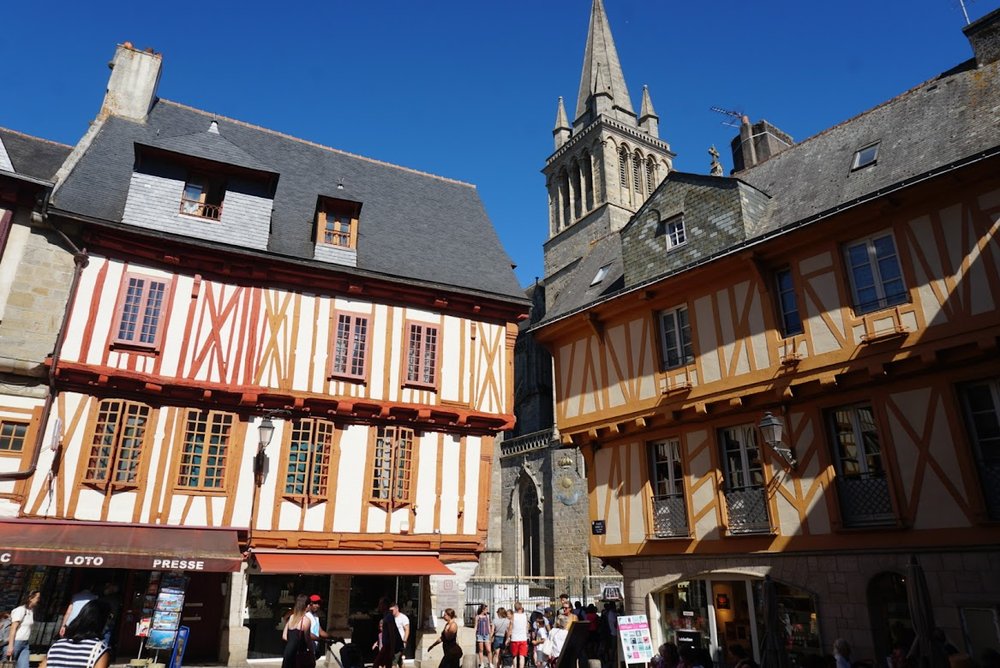
Vannes, central square
Loire Valley
No visit to the Loire Valley is complete without taking in some of the extravagant chateaus with their fabulous design and long histories. We picked a couple to explore completely, paying for the admission to the building and grounds.
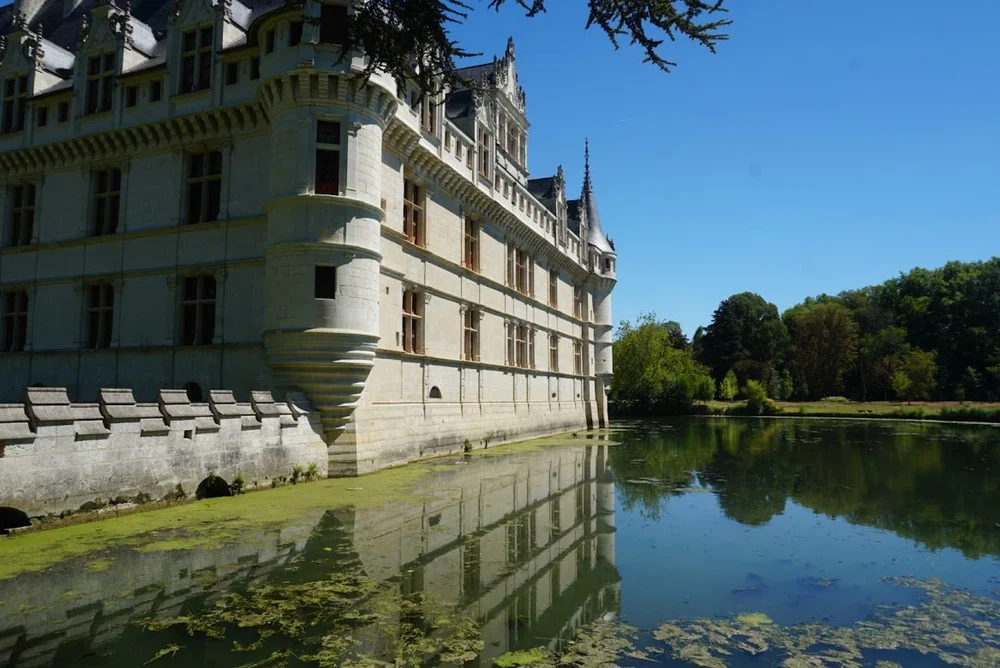
Château d'Azay-le-Rideau Built between 1518 and 1527, this château is considered one of the foremost examples of early French renaissance architecture.
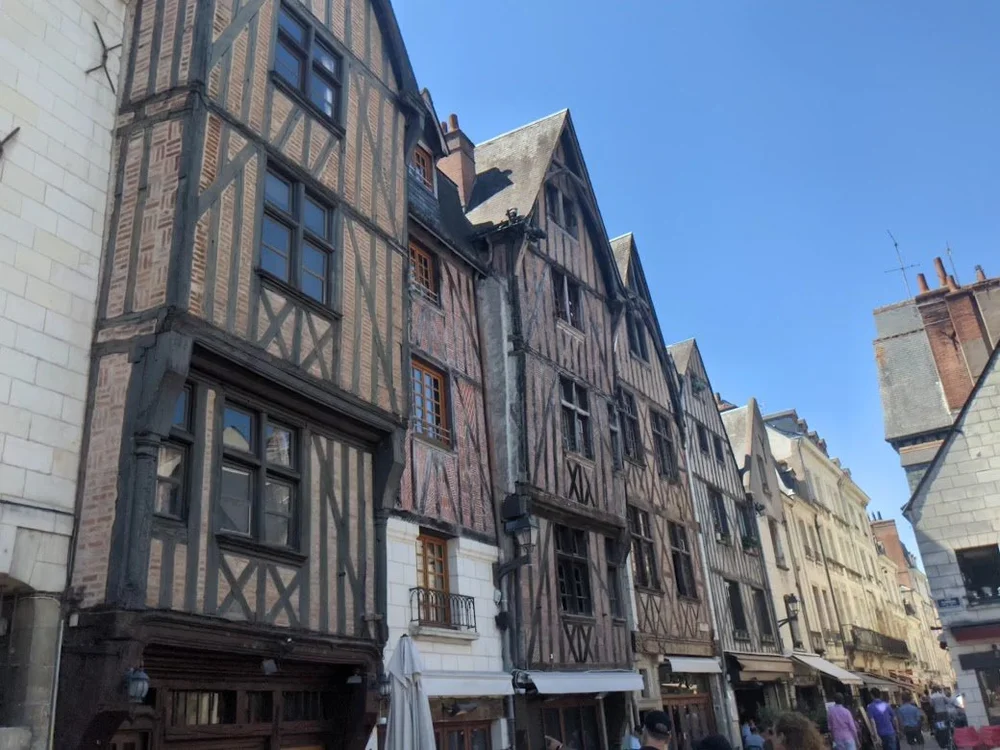
Exploring Tours, another extraordinarily appealing village
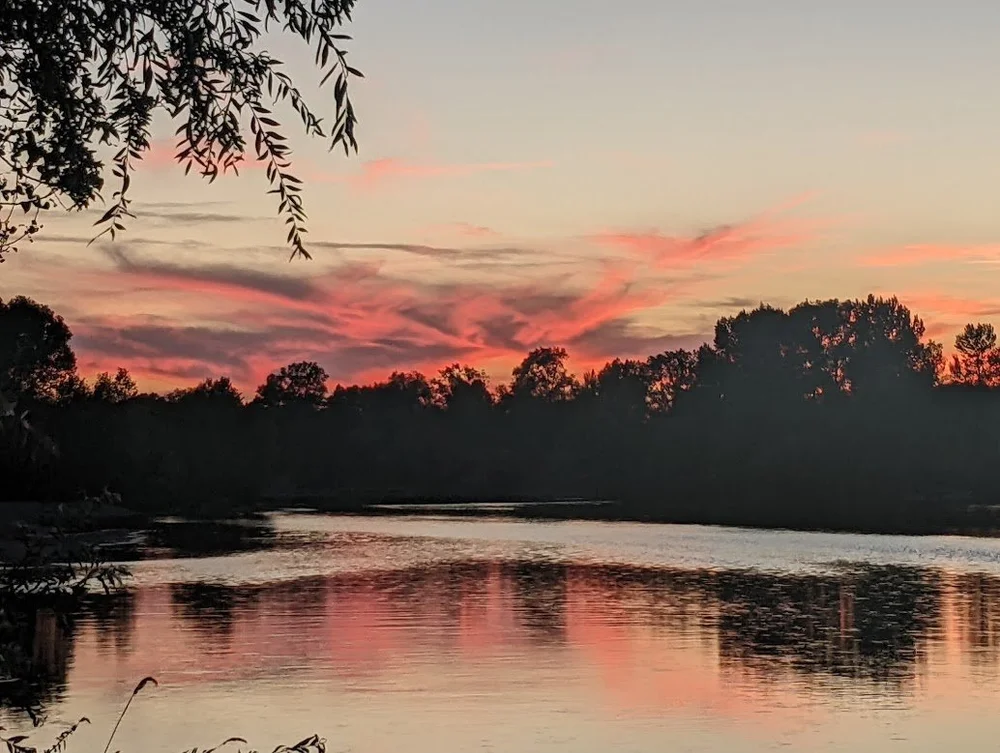
The sun goes down on the Loire River, again
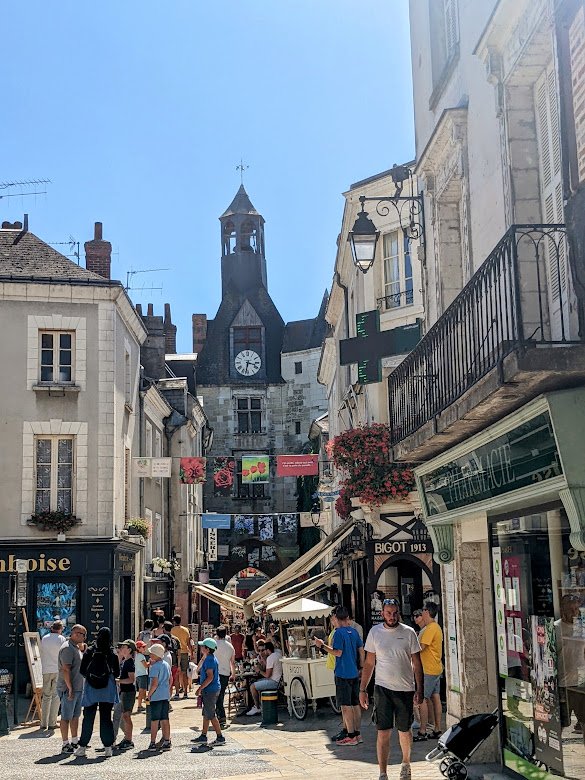
Wandering the streets of Amboise
As we were driving Northern France our Audible book was a historical novel describing the French revolution and the rise of Napolean.
Our next stop really pulled a lot of the history together for us - the Palace of Versailles. Built by Louis the XIV as his personal palace it is over the top on lavish and indulgent spending.
It was not our best historical site visit with a cascade of circumstances mostly due to our own fault. Despite having booked a tour, we arrived late due to traffic, were confused about where to find our tour guide, so started off feeling hot and frustrated. And it was still August at a major European tourist attraction. The crowds were off the charts.
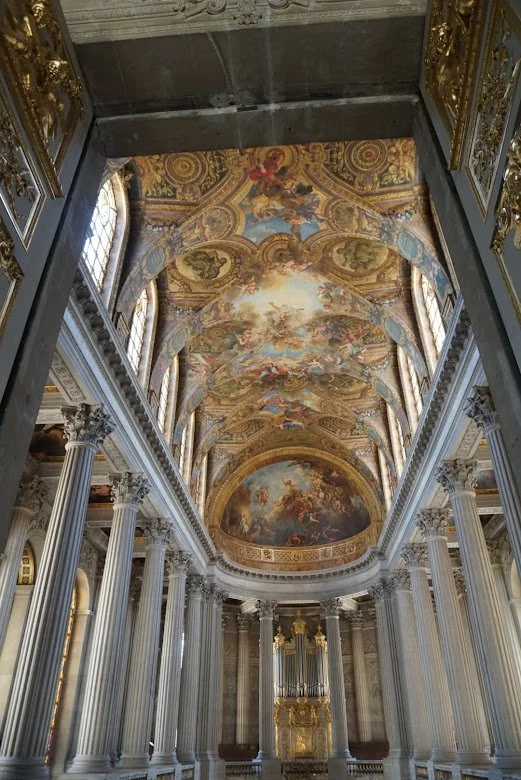
Phew - made it, beautiful chapel
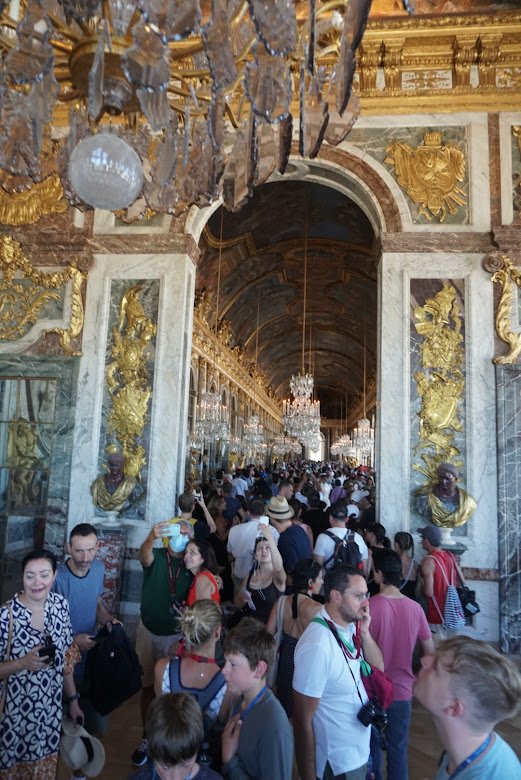
Entrance to the famous hall of mirrors, just a few folks
We survived the tour, agreeing that the palace was splendid but the experience just too chaotic for us.
As an aside, we did also spend two days wandering around Paris. We had been before but couldn’t just drive by. We parked the truck at a budget Ibis hotel and took the metro in for a couple of days to see the sights. We have no photos because Andy left his phone on a train and Dawn’s was pickpocketed. A few days without media until we figured out a plan B (cheap broken phone we kept as an emergency back up with French sim card), before we could access new phones.
Grand Est
Our highlights for this region were the gorgeous medieval city of Troyes and the Champagne valley.
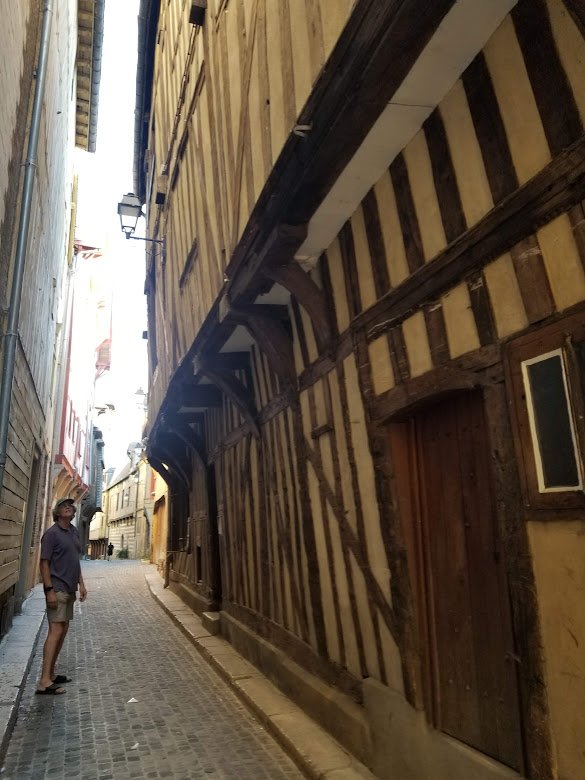
Having built and remodeled several houses, Andy always fascinated by construction through the ages
We made our way to Epernay, the heart of champagne country. We looked forward to tasting the real thing at its source.
Unfortunately (August) we didn’t plan ahead so many of the larger champagne houses were booked out. But fortunately, this allowed us to explore a couple of smaller more intimate operations. The champagne houses line the streets of the town, surrounded by a backdrop of hills covered in grape vines. You can choose your own adventure from cellar tours to winery tours to tastings.
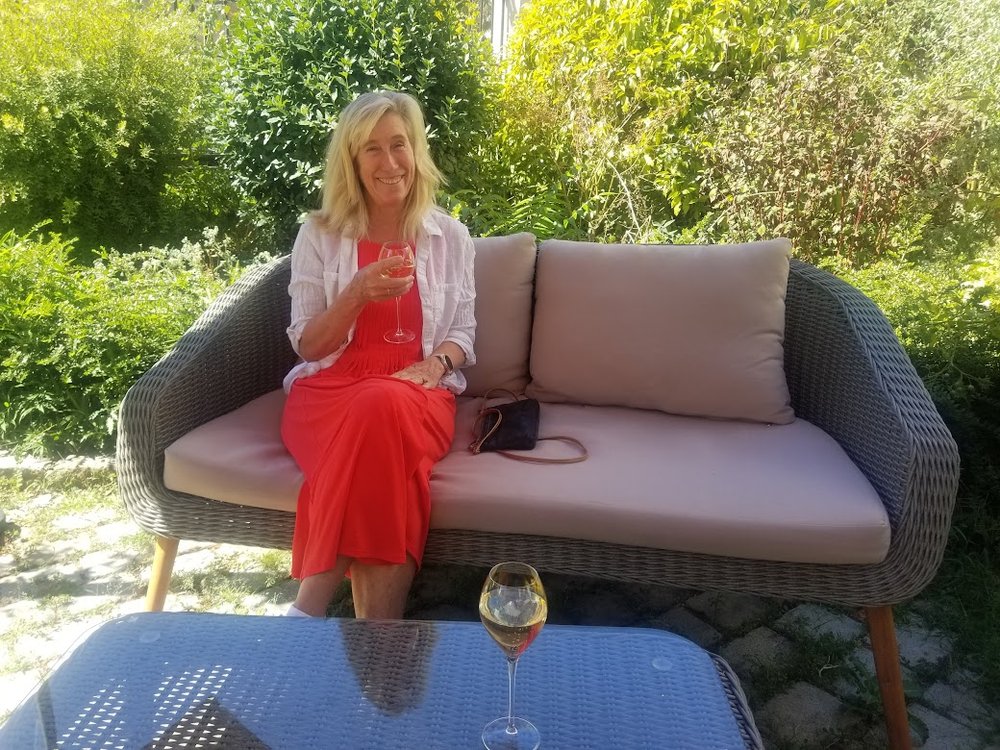
Felt like the opposite of life in a truck
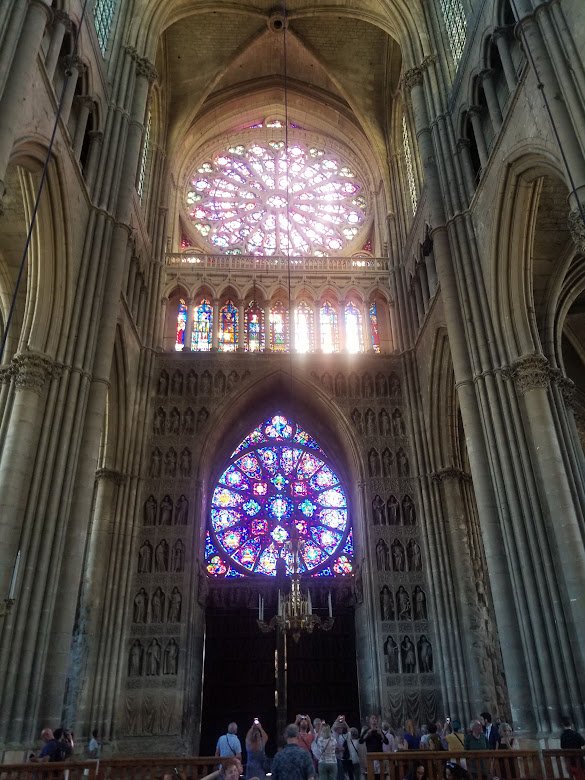
Reims Cathedral - famous for over 2300 statues
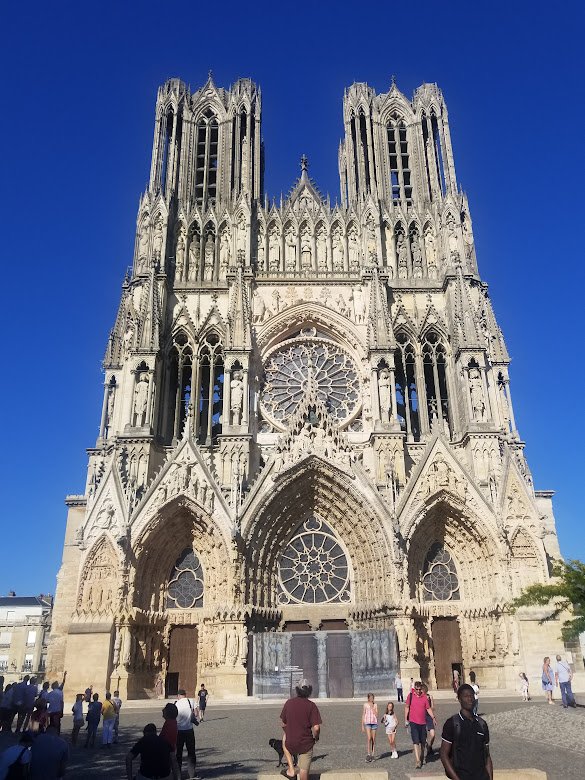
Larger than Notre Dame
Next stop, Germany to visit some family and friends and then on to the Czech Republic. The journey continues and life on the road never gets old for us - luckily! Always something new to learn
After a spectacular four weeks in Iceland, we returned to continental Europe, mapping a somewhat chaotic zig zagging path from west to east and back, gradually working our way south (forever chasing the sun).
As always, our route combined a heightened awareness of time when we were in the Schengen zone, with a desire to see and take in as much as possible. All this as a caveat to say that we did not cover nearly enough of Northern France and sadly left a lot unseen. Northern France was a super surprise for us, pastoral, beautiful, filled with culture, historic chateaus, soaring cathedrals, cider, wine, champagne and idyllic villages filled with half timber houses.

12 day route through Northern France, 1,300 miles
Normandy
Our first real stop was Rouen. Despite some scaffolding (ever present across historic buildings worldwide, ruining the authentic charm for photos) Rouen Cathedral was one of the most extraordinarily carved cathedrals we have ever seen.

Rouen Cathedral
Next, out to the coast to the magnificent cliffs at Étretat. Enjoyed a stunning evening walk which made up for the deplorable camping site.

When in France, tasting food and drink is a requirement and our first venture was the cider route, a 25 mile sign posted route that winds through Normandy’s picturesque countryside

Tasting at Pierre Huet - most informative and welcoming bartender ever. Tasted everything from cider to calvados
With two bottles of cider in our mini fridge, we made our way along the coast to Bayeaux and the beaches of Normandy. Not being tapestry fans, we were on the fence about going to view the famous Bayeaux tapestry. An excellent audio tour guides you section by section through the 11th century masterpiece, panels detailing the story of the Duke of Normandy (William the Conqueror) successfully winning the battle of Hastings and conquering England in 1066.

Bayeaux Cathedral

Bayeaux Tapestry, 11th century storytelling in pictures
We combined our admission to the Bayeaux Tapestry in a package deal with admission to the excellent Battle of Normandy museum. Jumping forward almost nine centuries to another successful invasion, this museum gave an excellent overview as we prepared for our visits to the beaches of Normandy.

Almost 10,000 crosses at the American Cemetery for those who lost their lives in the D-Day landings and ensuing operations.
Sobered with the enormity of the sacrifice brave people made to fight the horror of the Nazis, we left the beaches and made our way to an extraordinary historical and archeological site, Mont Saint Michel.

First awe inspiring view on the horizon
We could not believe that we had not repeatedly heard of this place as a destination, it was so amazing. An abbey and village built on a rock in the ocean starting in the 8th century, wow. You can walk out the bridge and visit the village below the abbey anytime. But we chose to book admission and a tour at the abbey which was absolutely worth it - a fascinating history lesson through the ages of France.

Walking out on the tidal flats that separate the commune from the main land
Since we travel full time, we are learning the rhythms of tourism across the globe and how to cope with crowds, which tend to make us grumpy. We knew that August in popular European destinations would be tough but decided to suck it up and stay anyway since it worked for our route. But it was rough for a couple of weeks as most of the year we have been accustomed to a lot of space and freedom to wander quiet streets.
Brittany
Growing up in the US, the charm of the villages and the ancient half timbered architecture never got old for us. The chaotic leaning of the houses, the decaying wood, the colorful colors, we loved it all. Each village had its own character.

Vannes, central square
Loire Valley
No visit to the Loire Valley is complete without taking in some of the extravagant chateaus with their fabulous design and long histories. We picked a couple to explore completely, paying for the admission to the building and grounds.

Château d'Azay-le-Rideau Built between 1518 and 1527, this château is considered one of the foremost examples of early French renaissance architecture.

Exploring Tours, another extraordinarily appealing village

The sun goes down on the Loire River, again

Wandering the streets of Amboise
As we were driving Northern France our Audible book was a historical novel describing the French revolution and the rise of Napolean.
Our next stop really pulled a lot of the history together for us - the Palace of Versailles. Built by Louis the XIV as his personal palace it is over the top on lavish and indulgent spending.
It was not our best historical site visit with a cascade of circumstances mostly due to our own fault. Despite having booked a tour, we arrived late due to traffic, were confused about where to find our tour guide, so started off feeling hot and frustrated. And it was still August at a major European tourist attraction. The crowds were off the charts.

Phew - made it, beautiful chapel

Entrance to the famous hall of mirrors, just a few folks
We survived the tour, agreeing that the palace was splendid but the experience just too chaotic for us.
As an aside, we did also spend two days wandering around Paris. We had been before but couldn’t just drive by. We parked the truck at a budget Ibis hotel and took the metro in for a couple of days to see the sights. We have no photos because Andy left his phone on a train and Dawn’s was pickpocketed. A few days without media until we figured out a plan B (cheap broken phone we kept as an emergency back up with French sim card), before we could access new phones.
Grand Est
Our highlights for this region were the gorgeous medieval city of Troyes and the Champagne valley.

Having built and remodeled several houses, Andy always fascinated by construction through the ages
We made our way to Epernay, the heart of champagne country. We looked forward to tasting the real thing at its source.
Unfortunately (August) we didn’t plan ahead so many of the larger champagne houses were booked out. But fortunately, this allowed us to explore a couple of smaller more intimate operations. The champagne houses line the streets of the town, surrounded by a backdrop of hills covered in grape vines. You can choose your own adventure from cellar tours to winery tours to tastings.

Felt like the opposite of life in a truck

Reims Cathedral - famous for over 2300 statues

Larger than Notre Dame
Next stop, Germany to visit some family and friends and then on to the Czech Republic. The journey continues and life on the road never gets old for us - luckily! Always something new to learn

